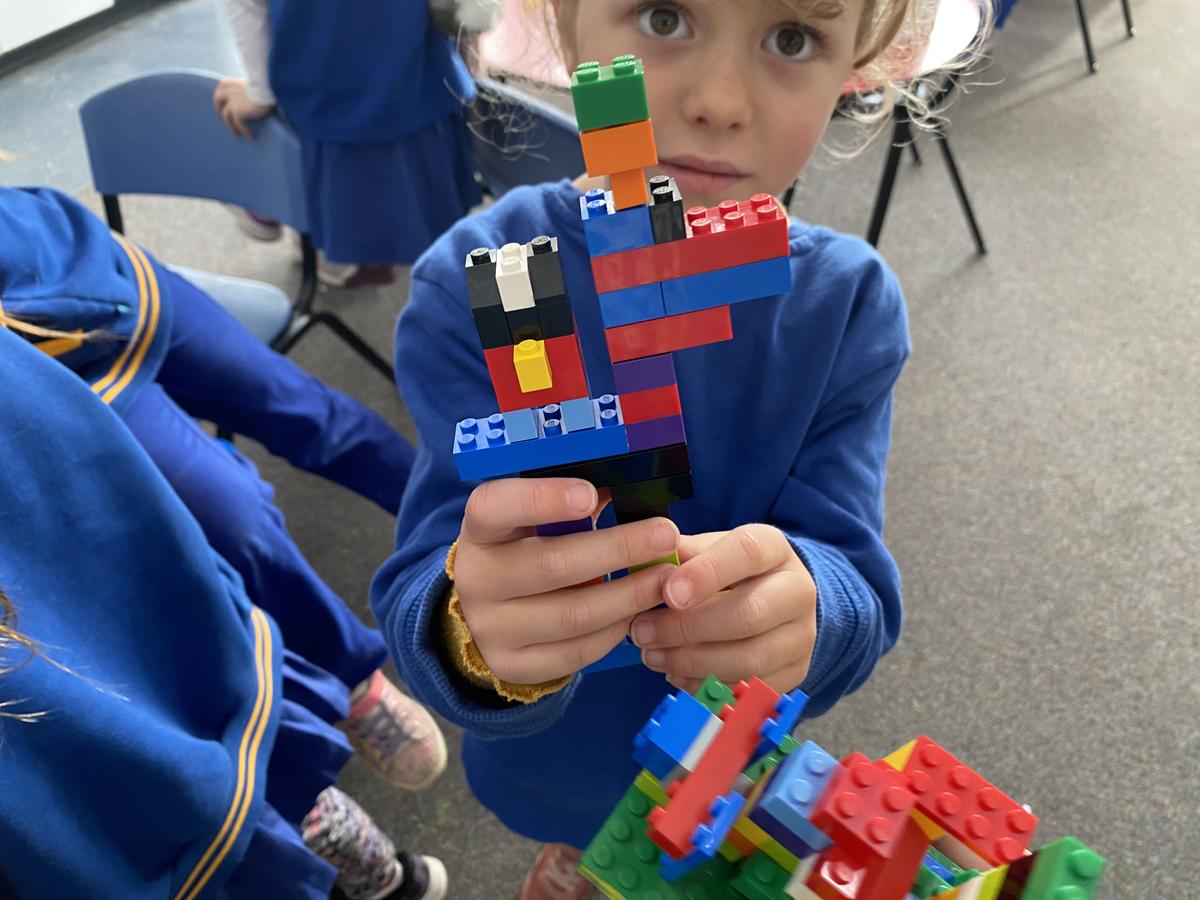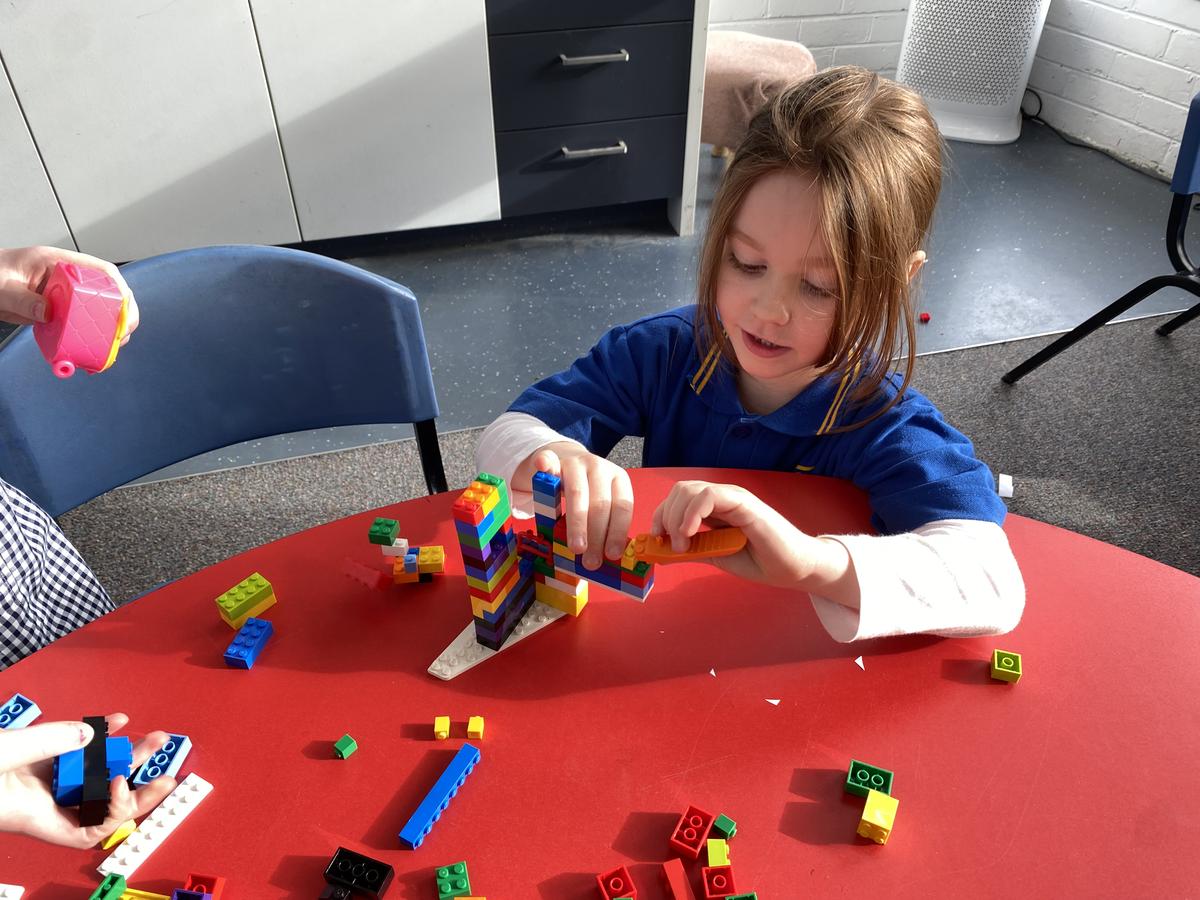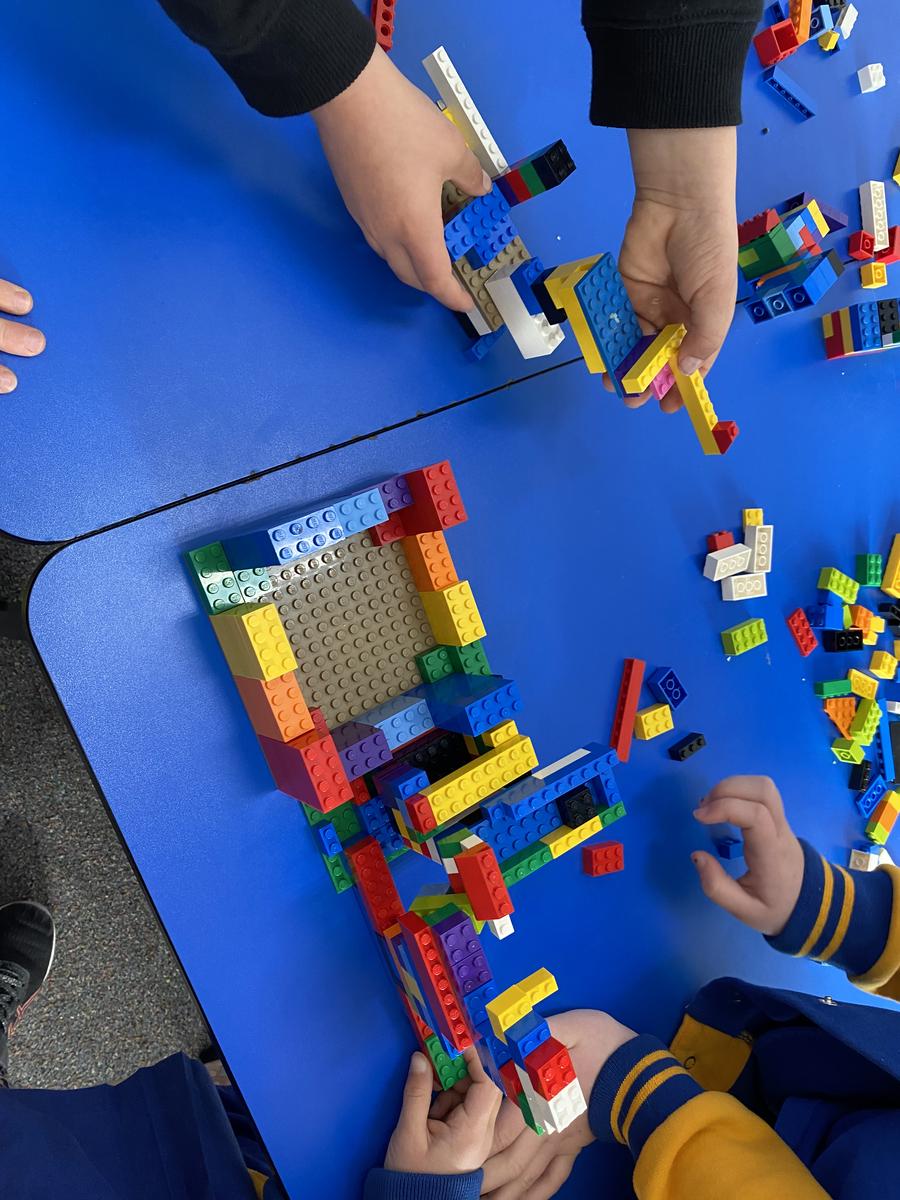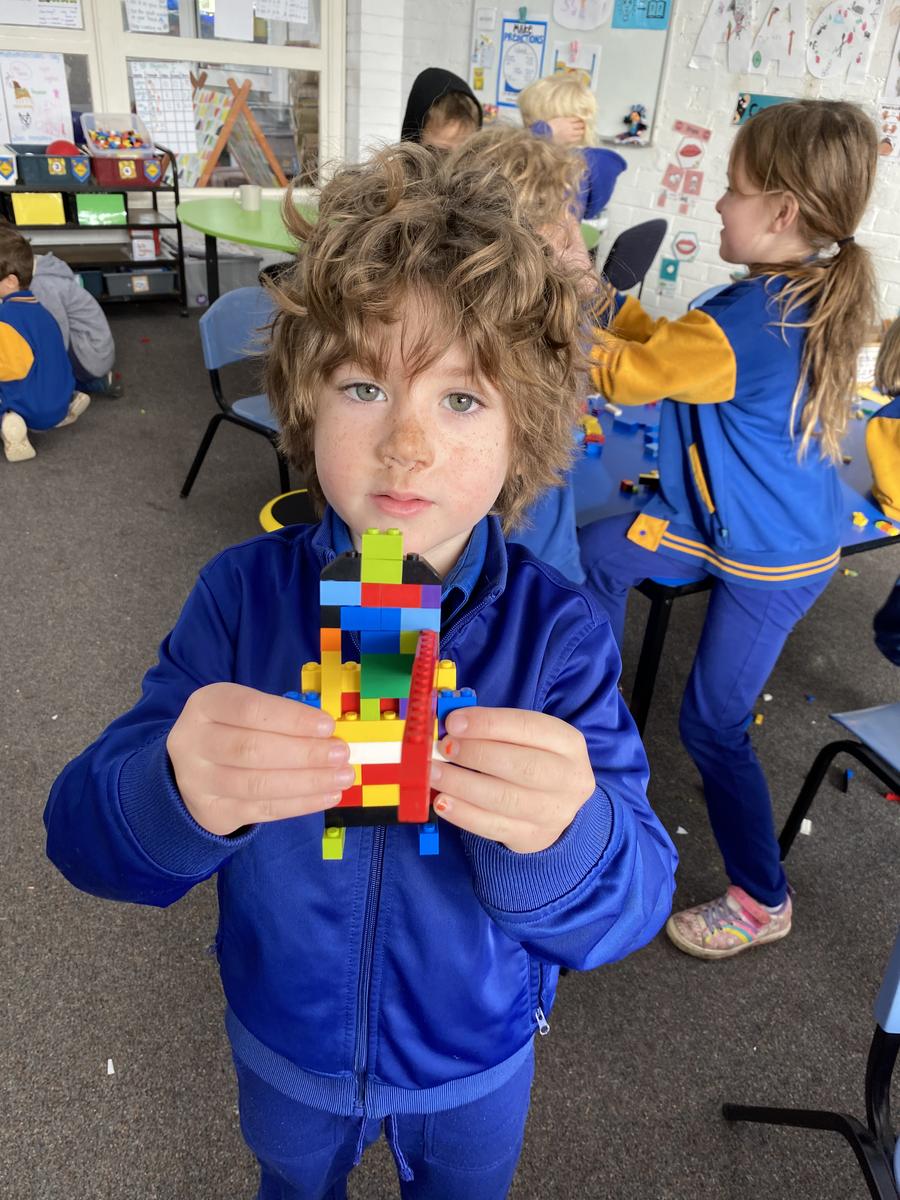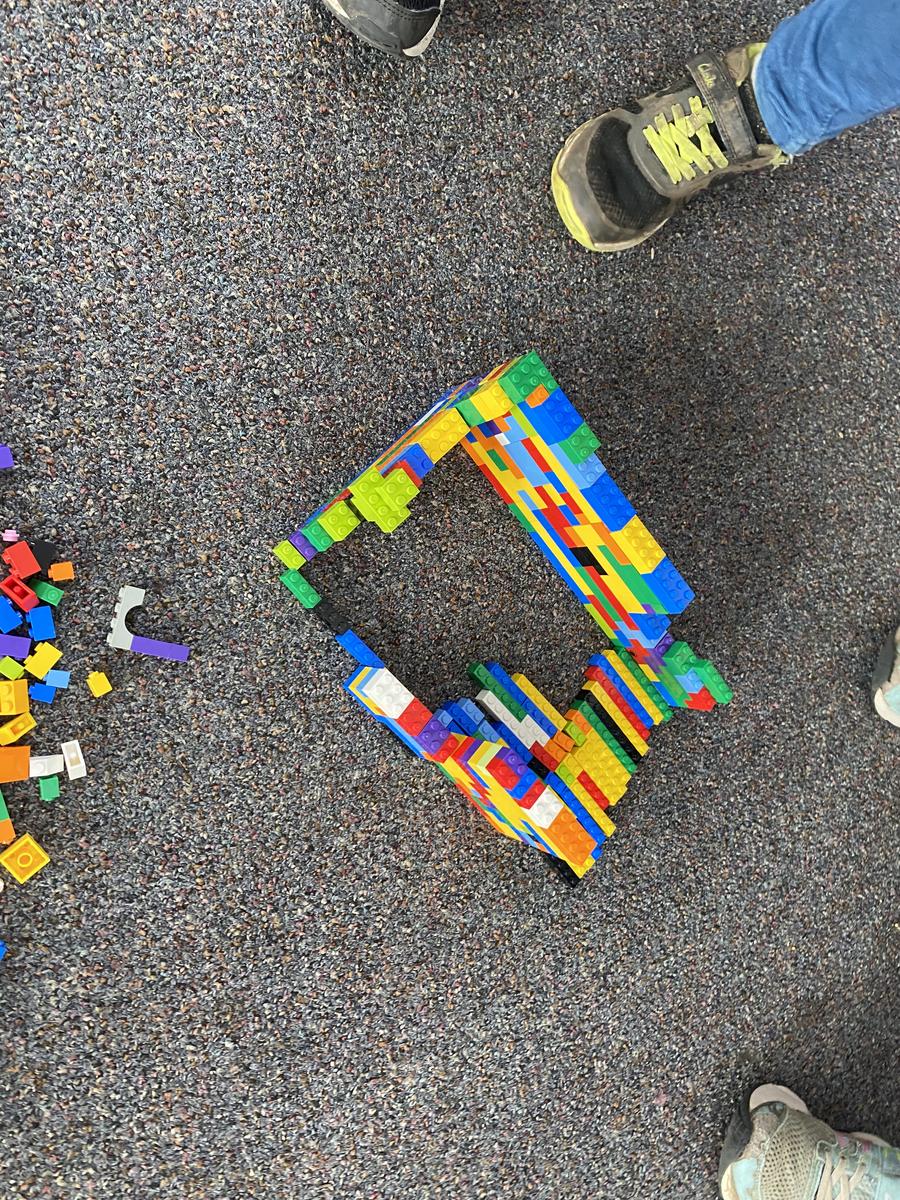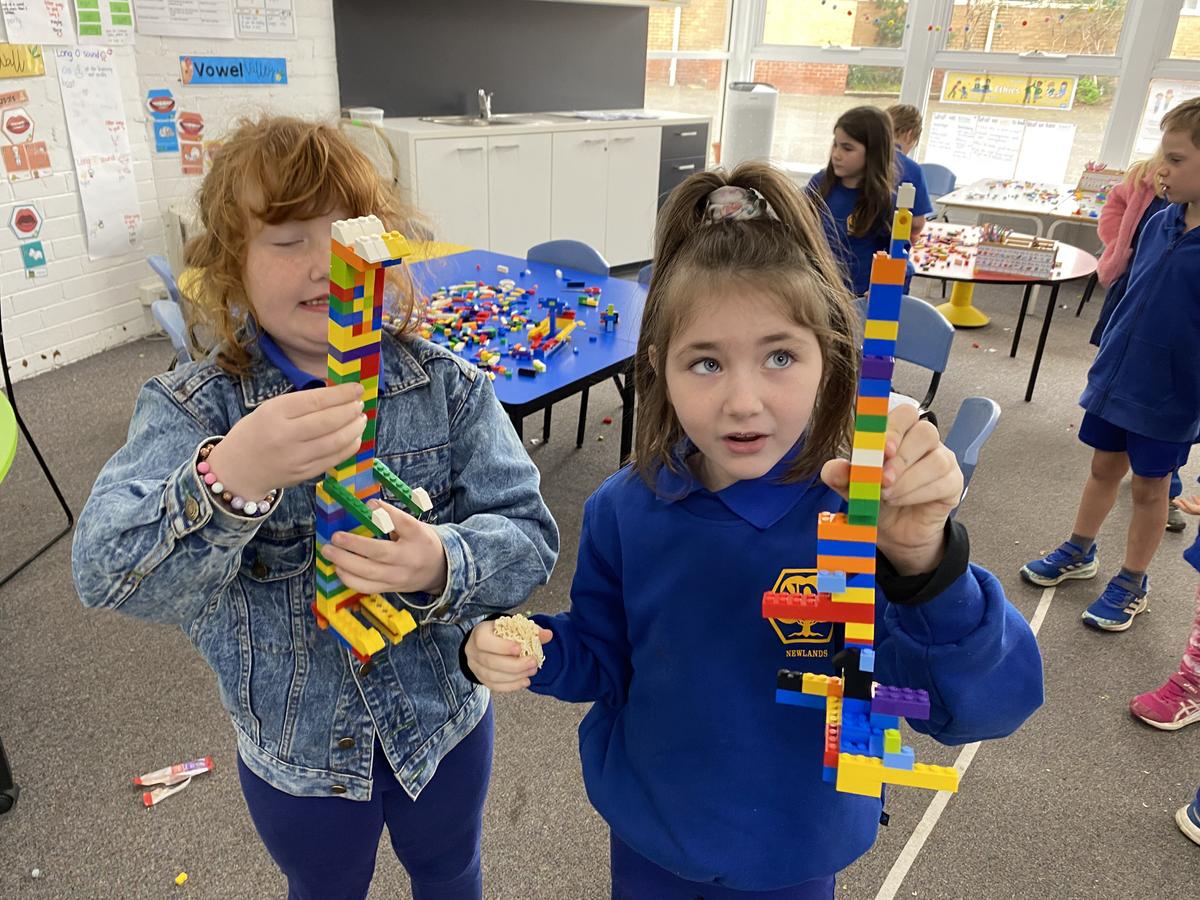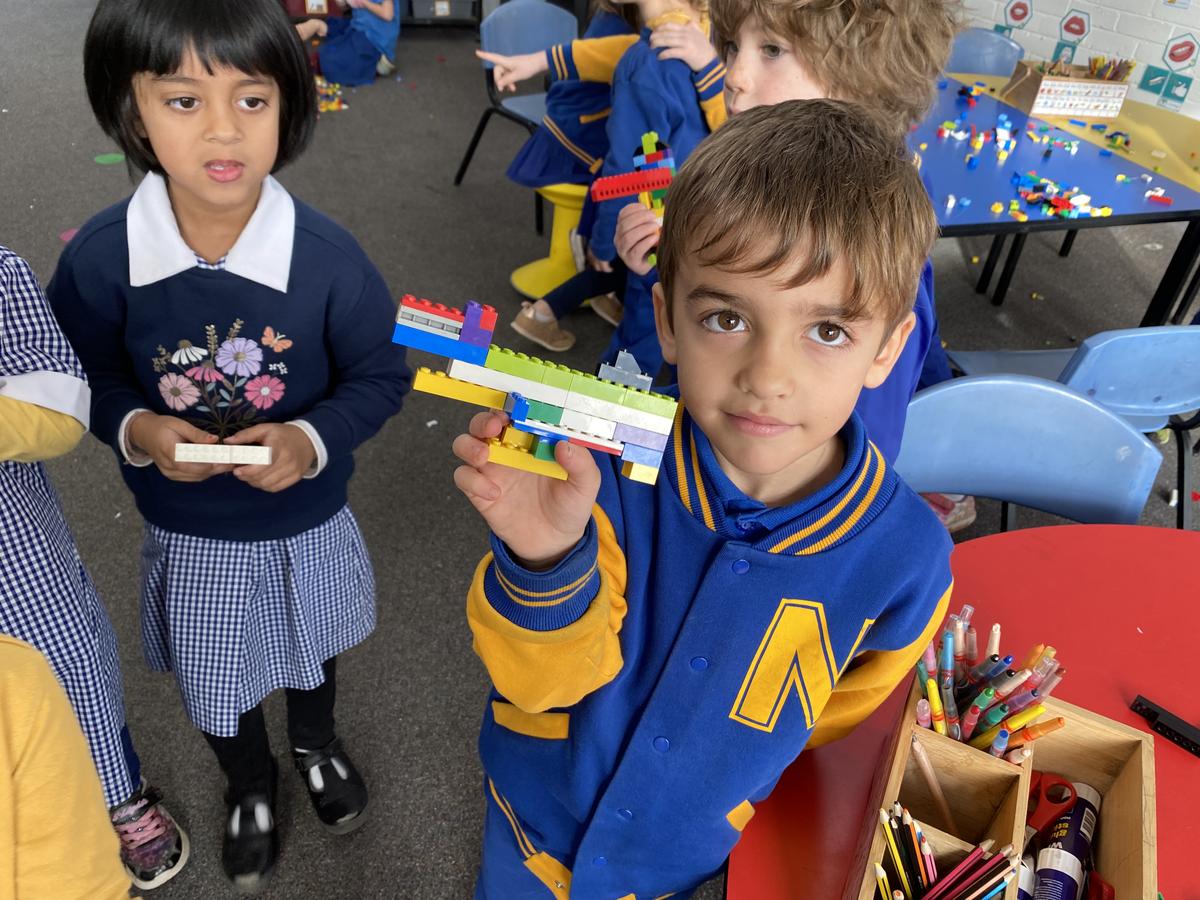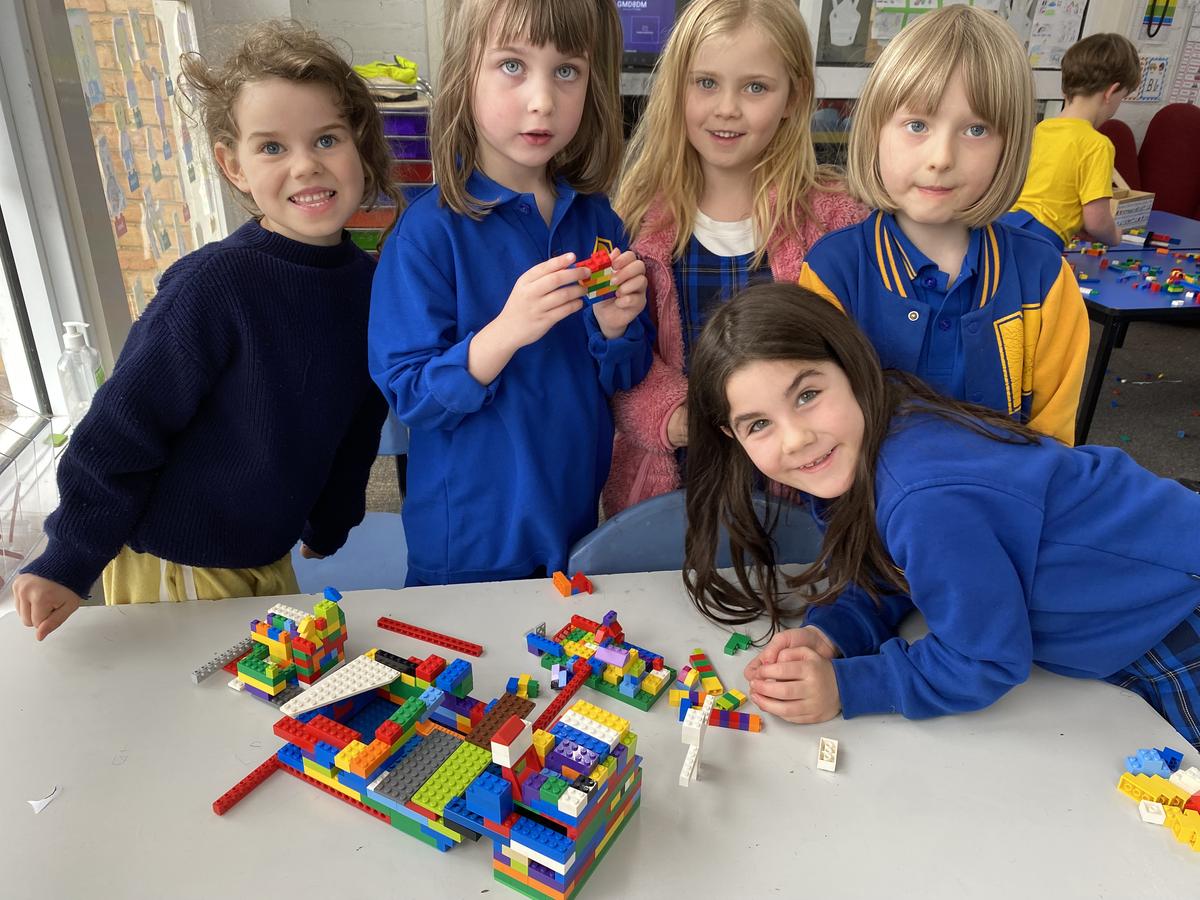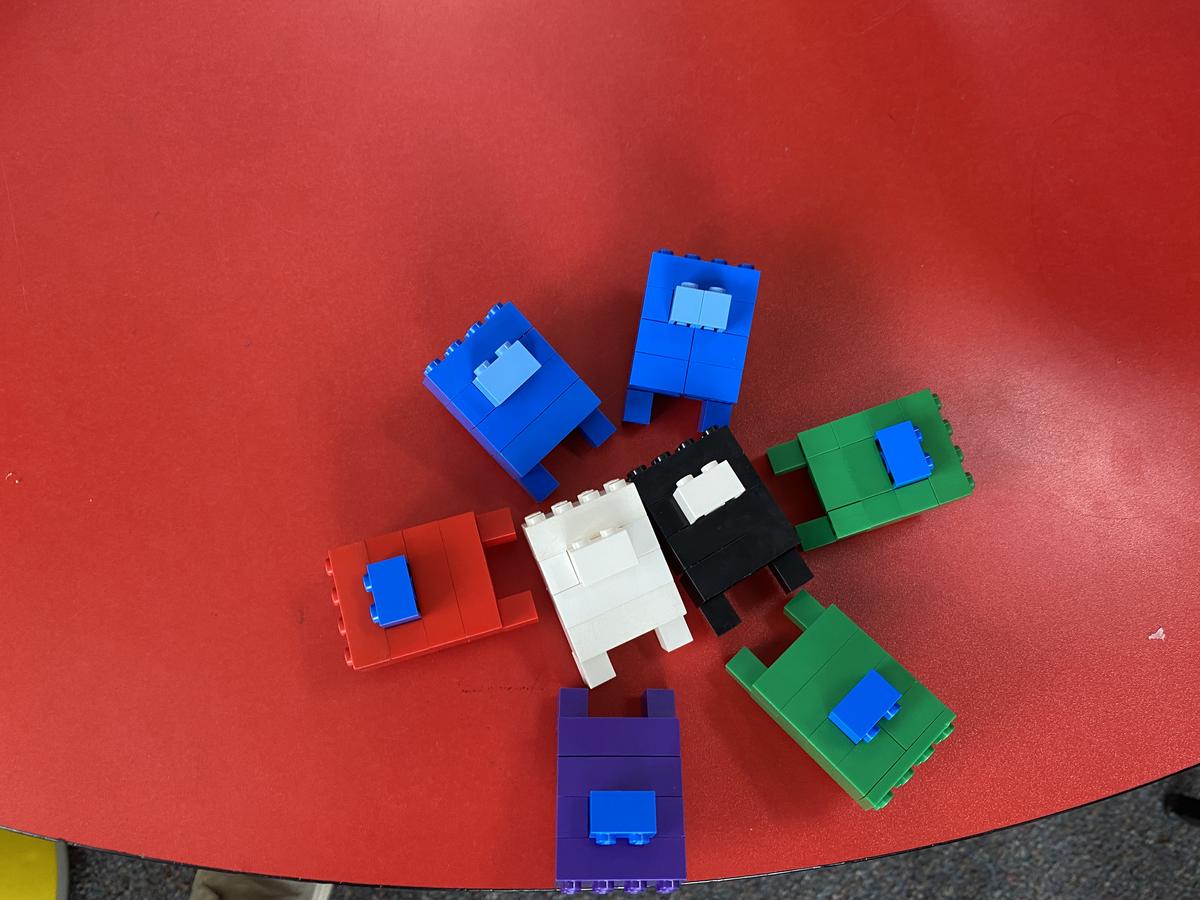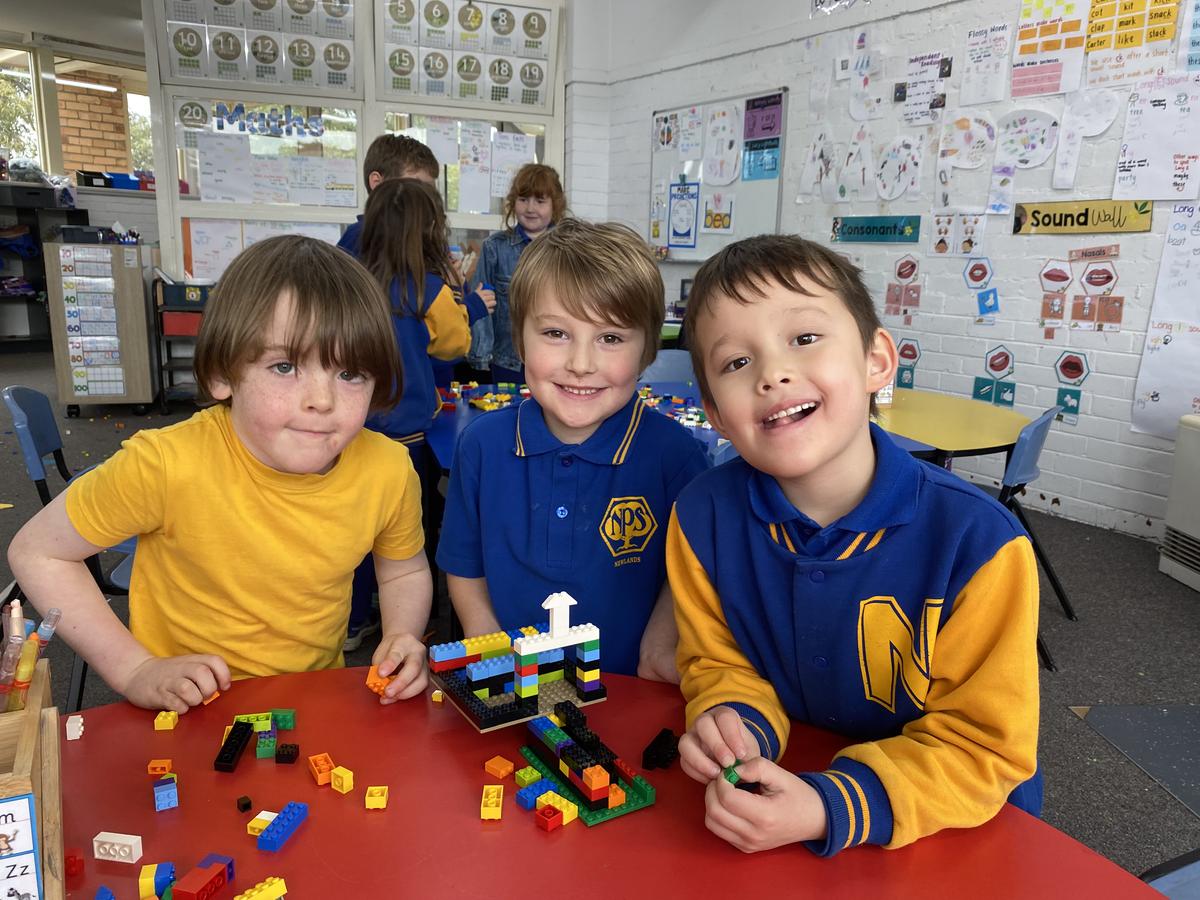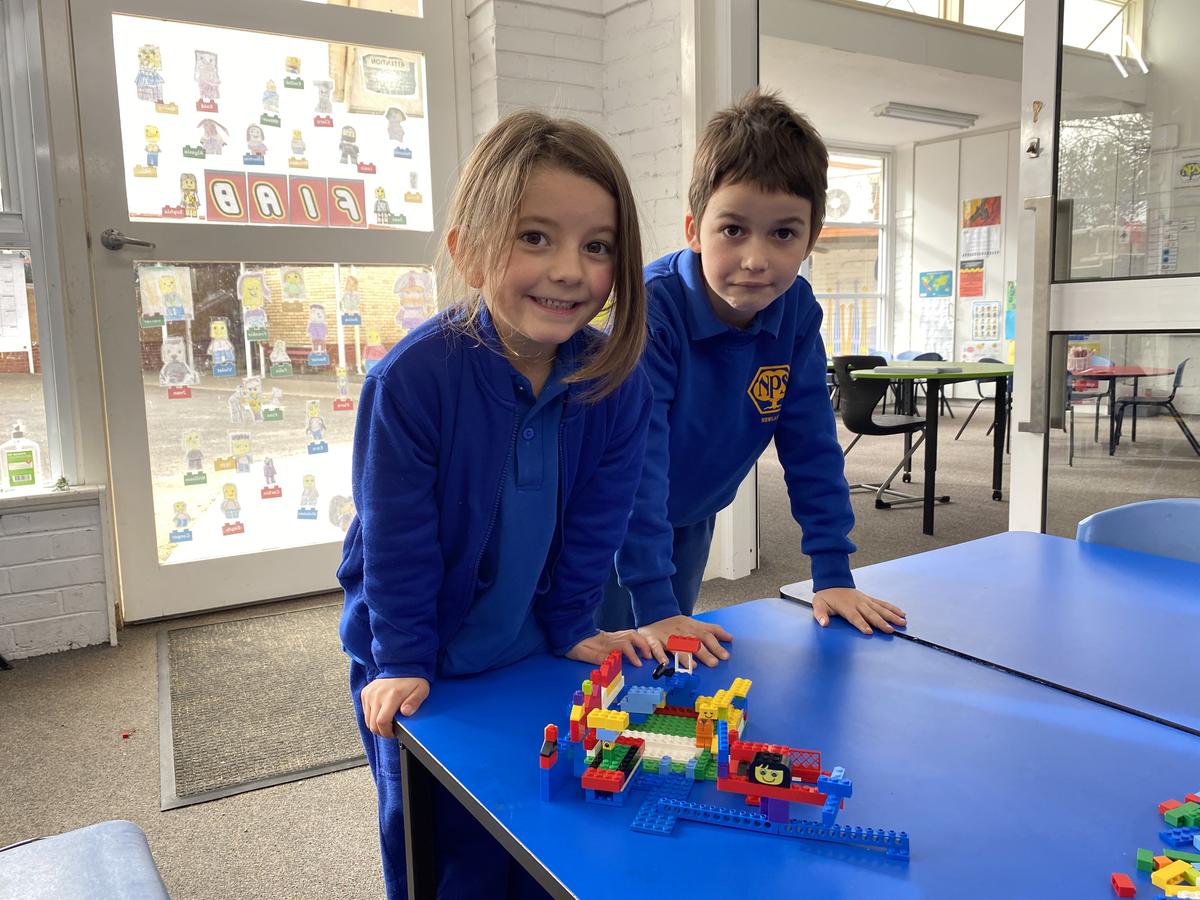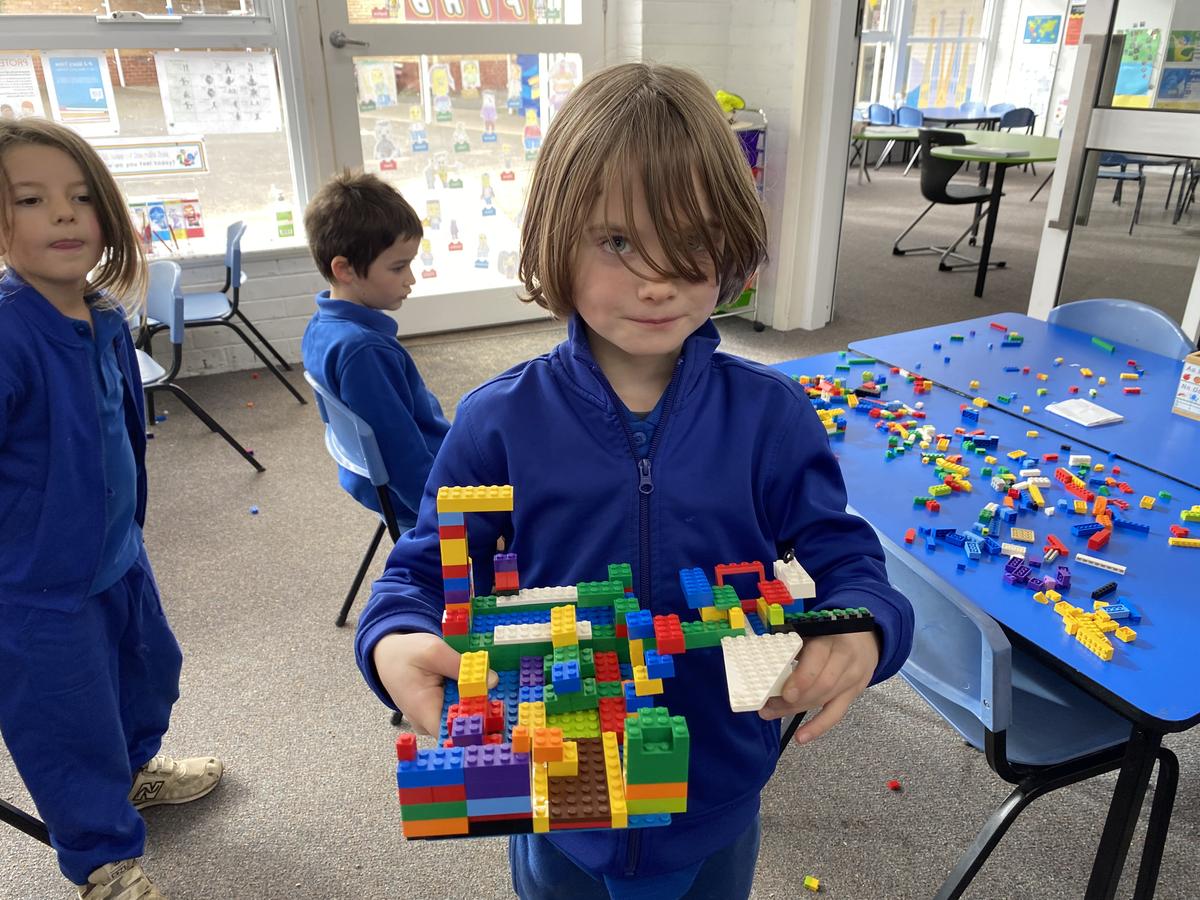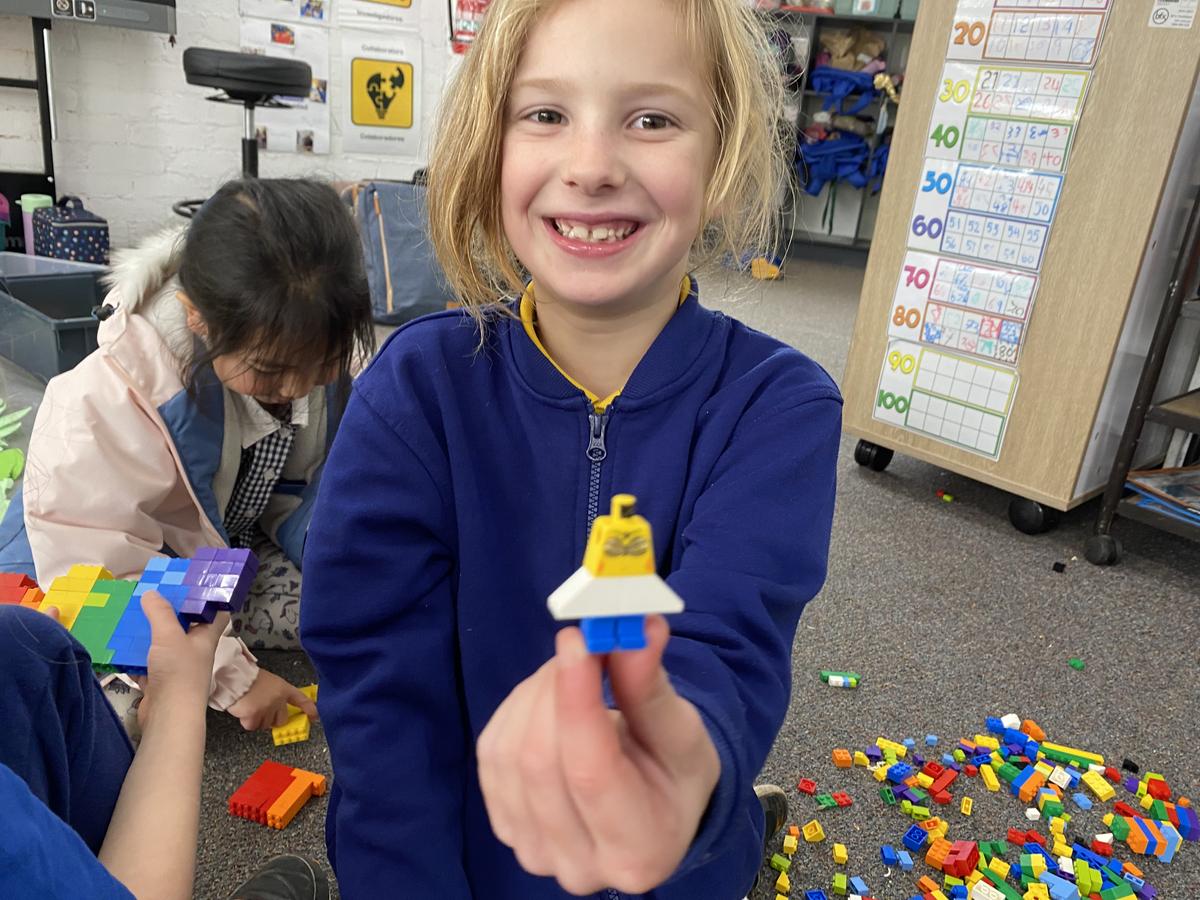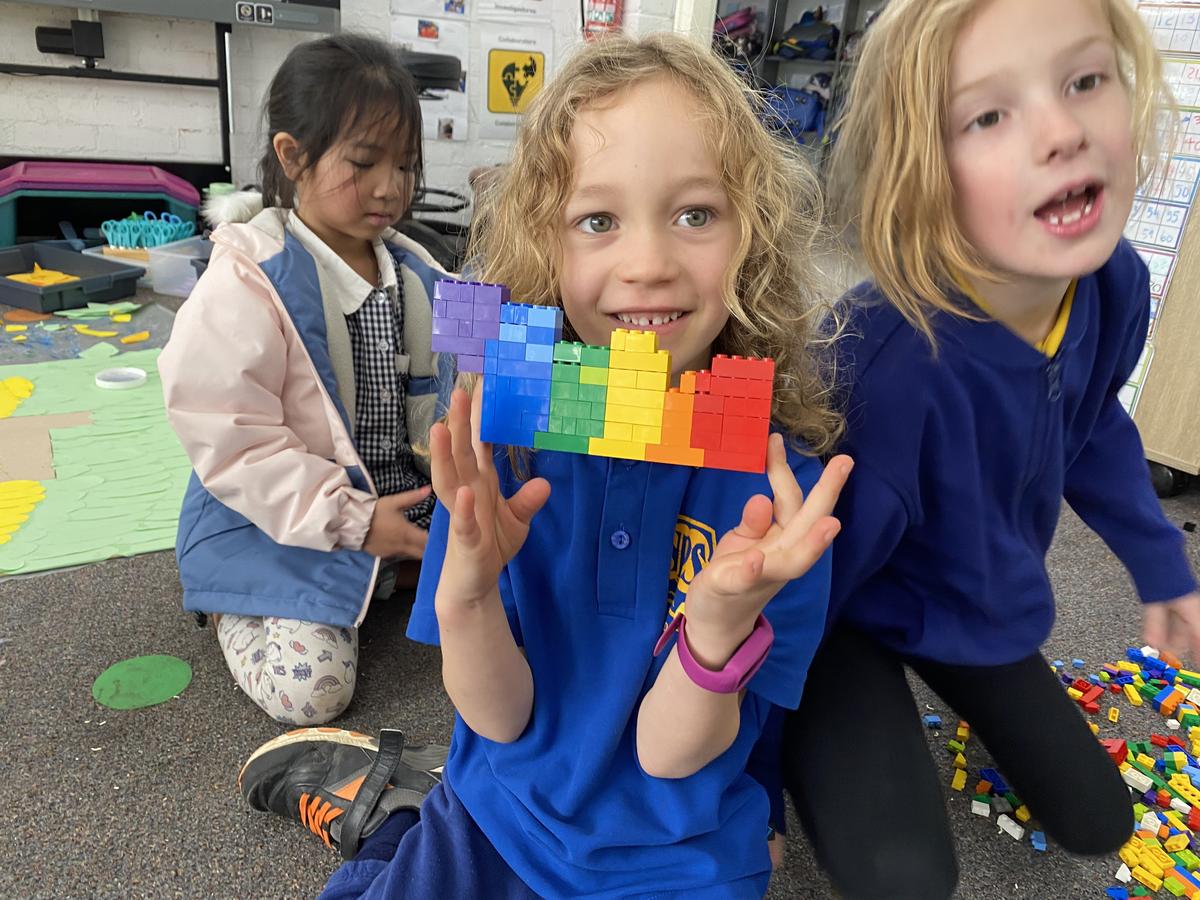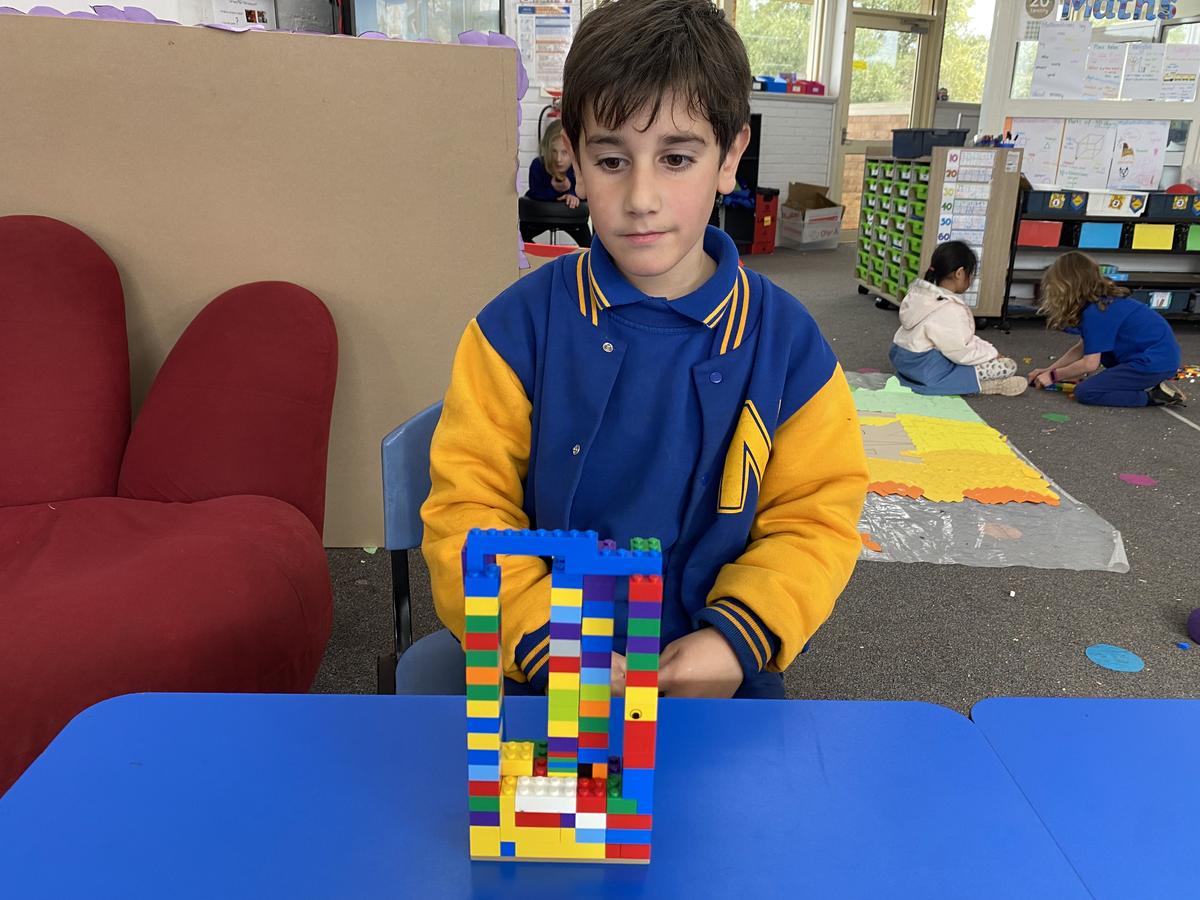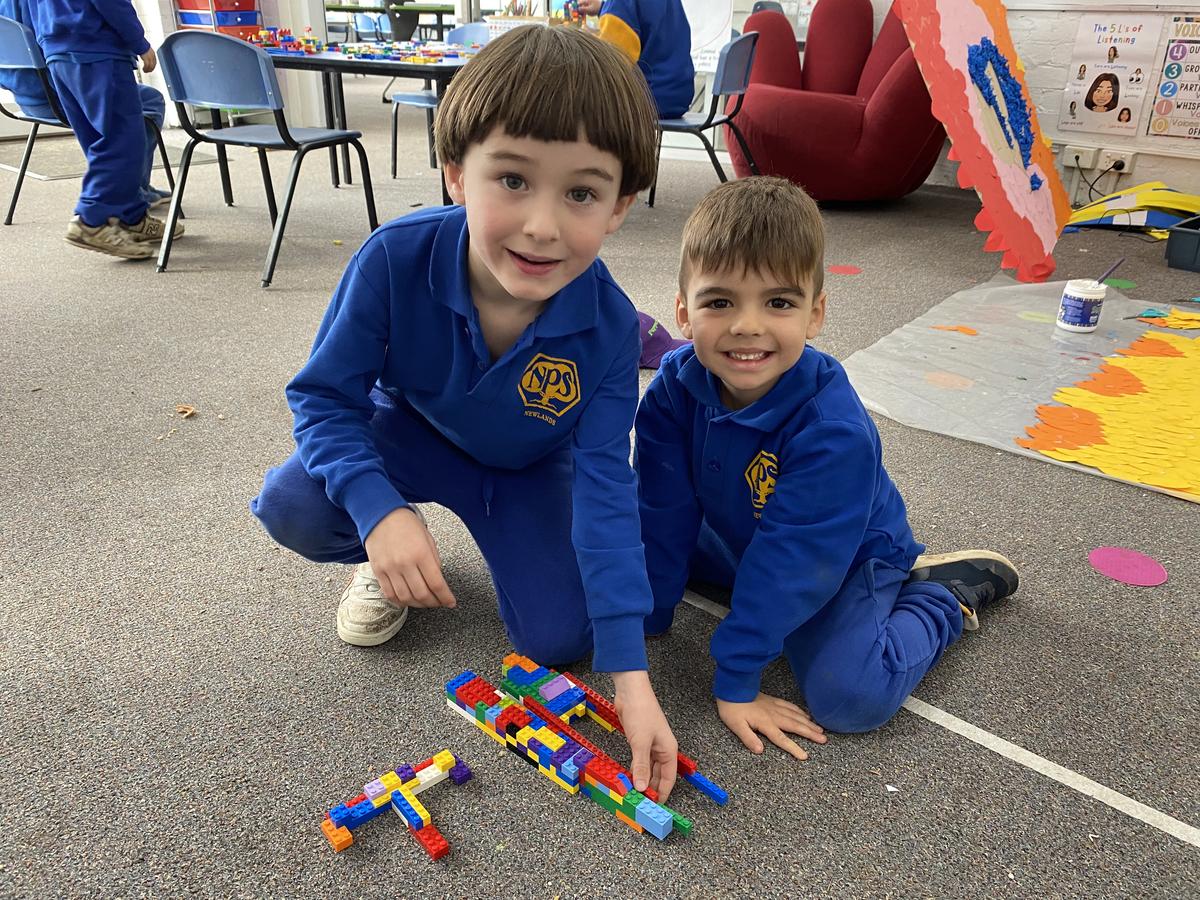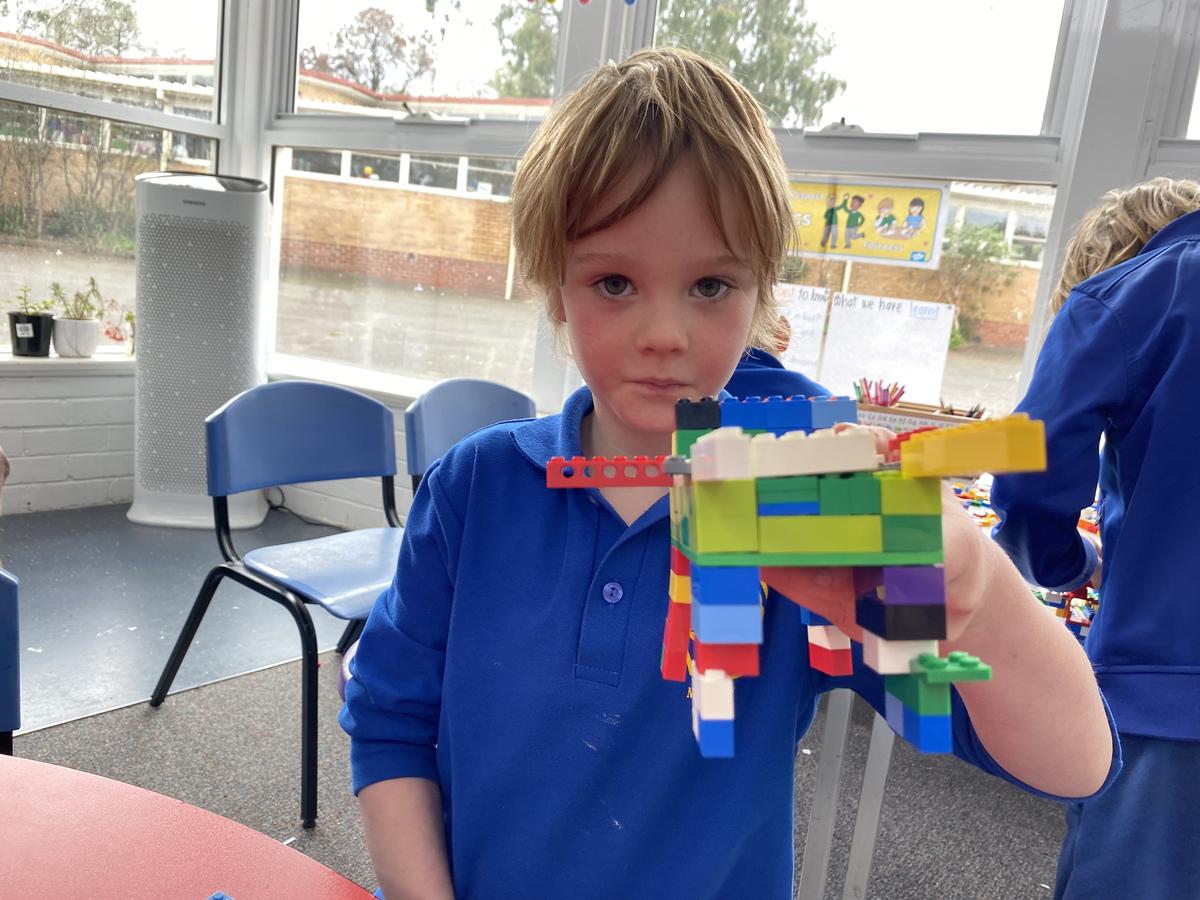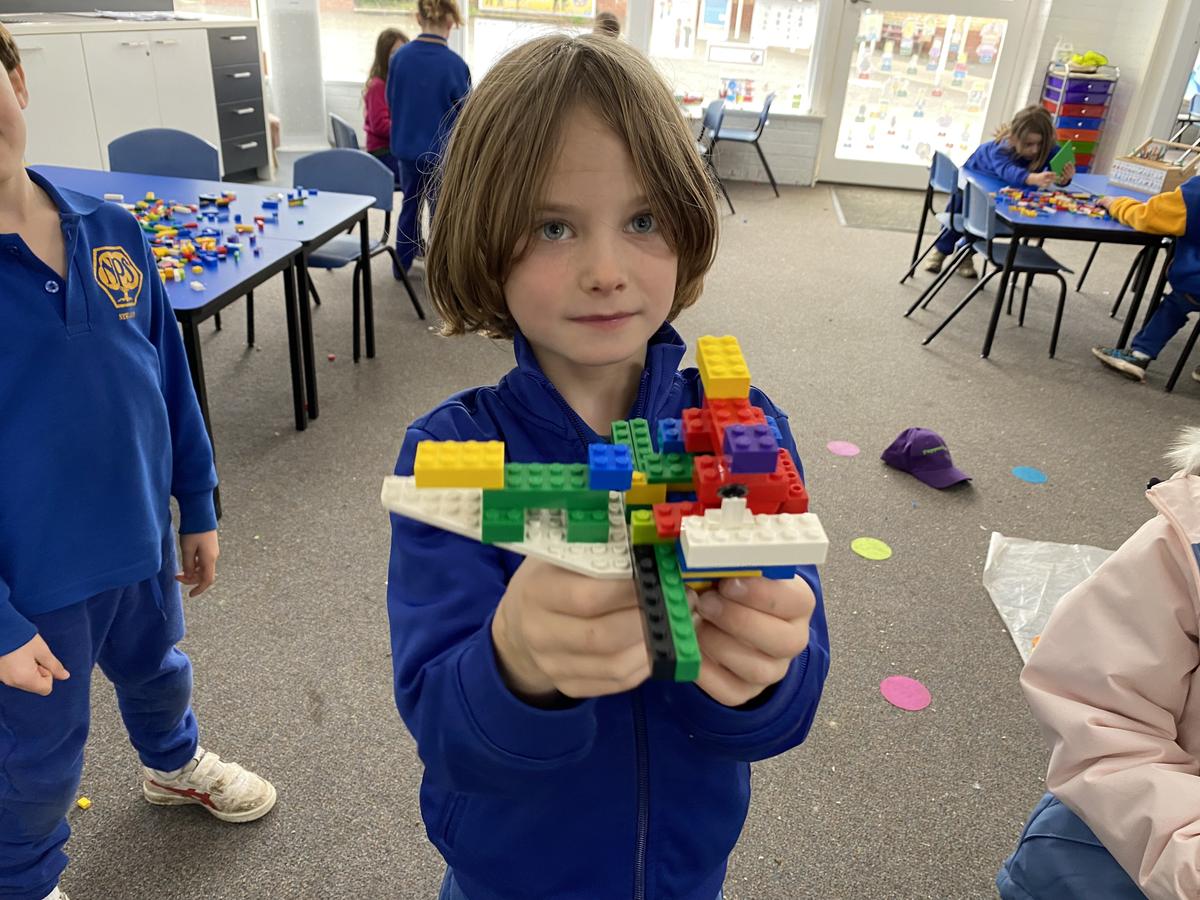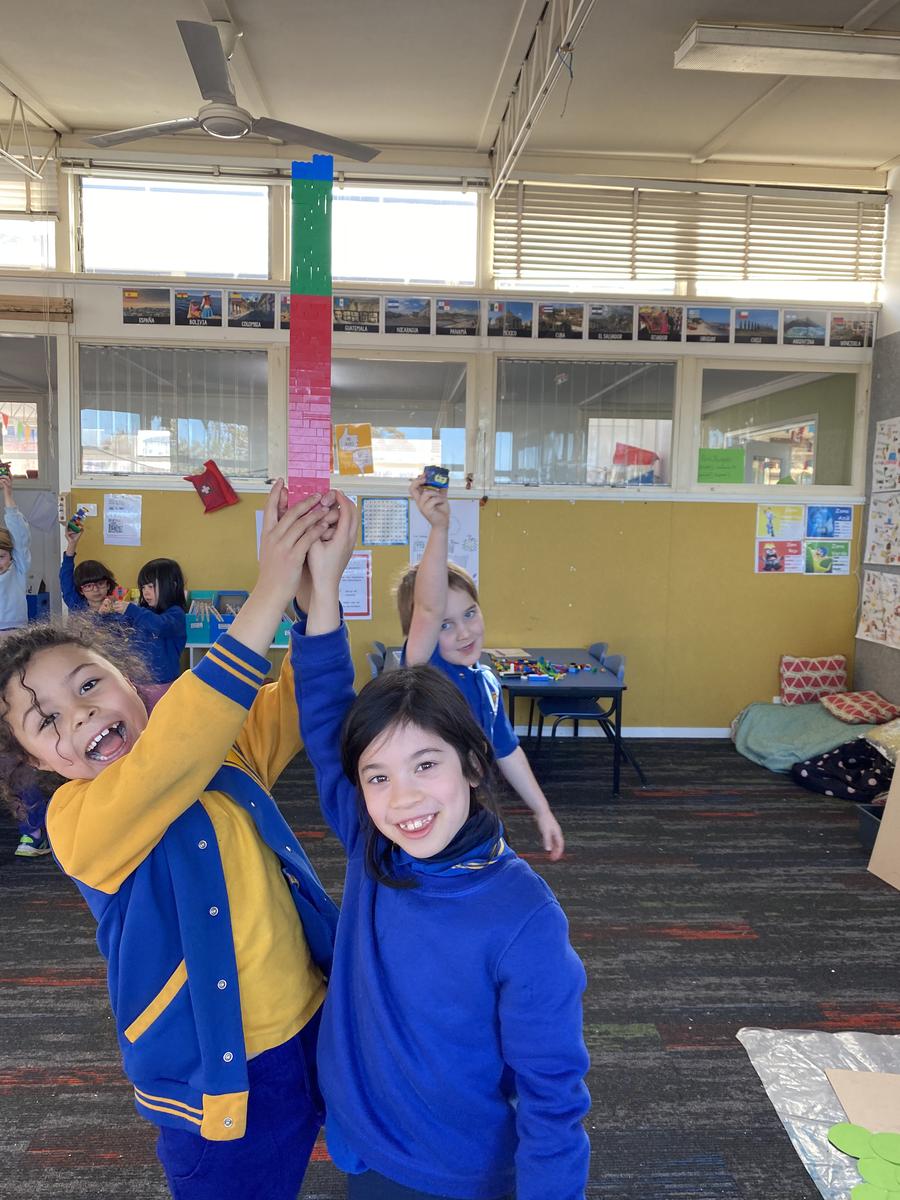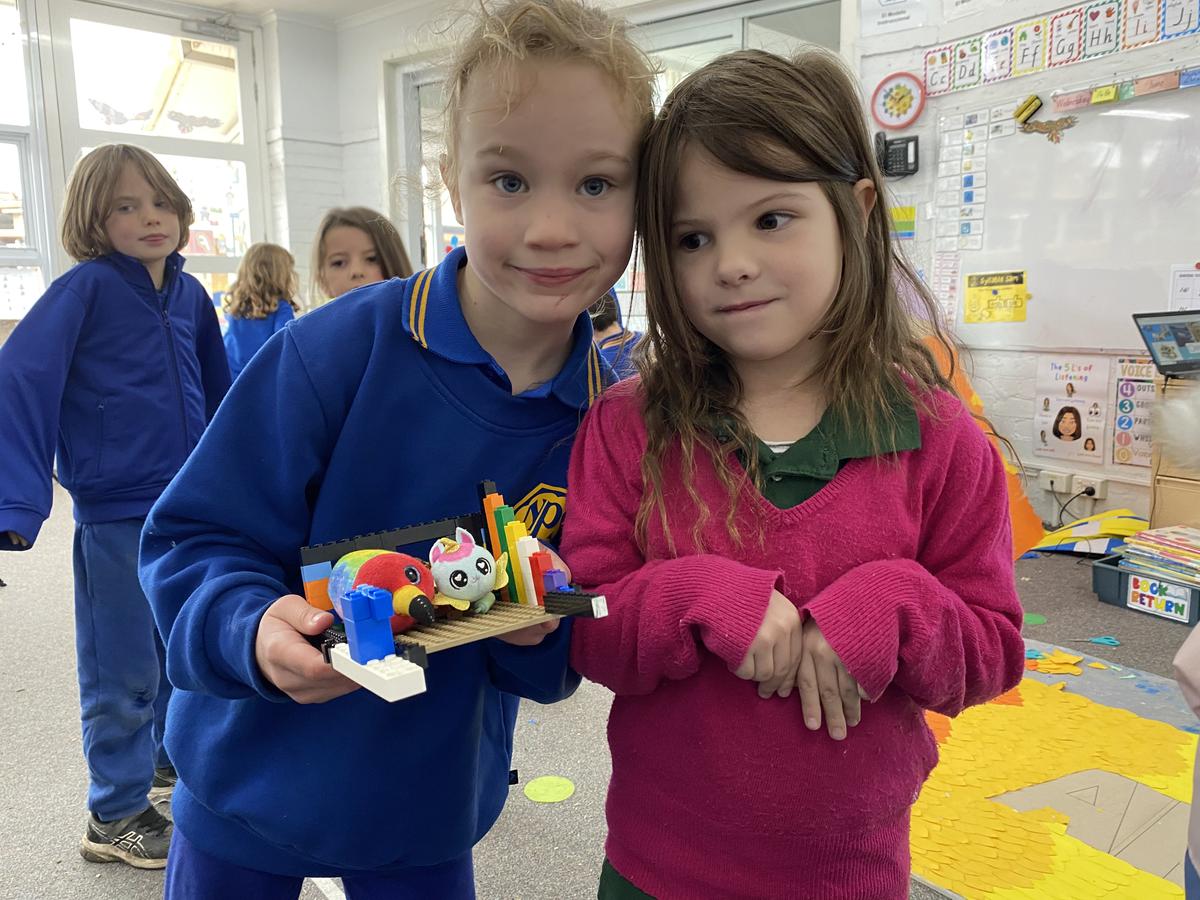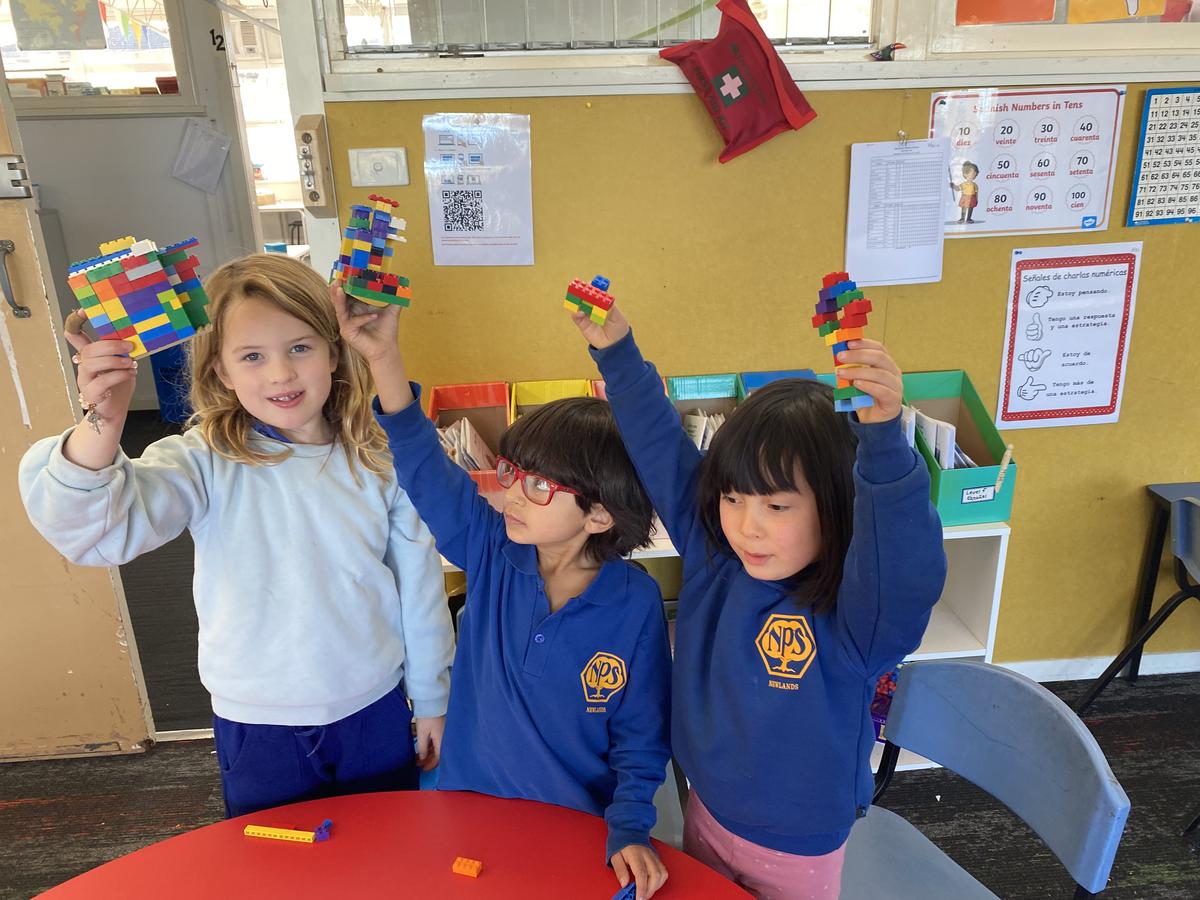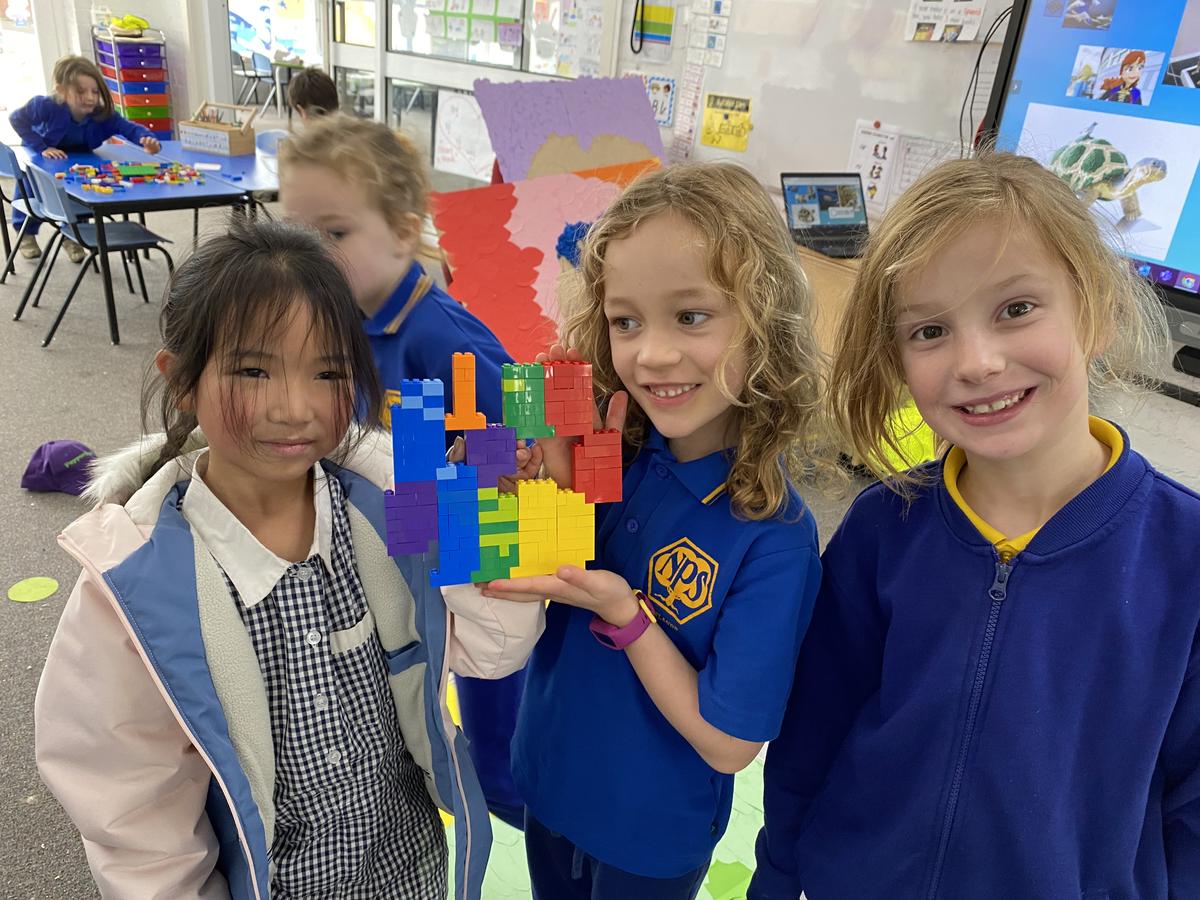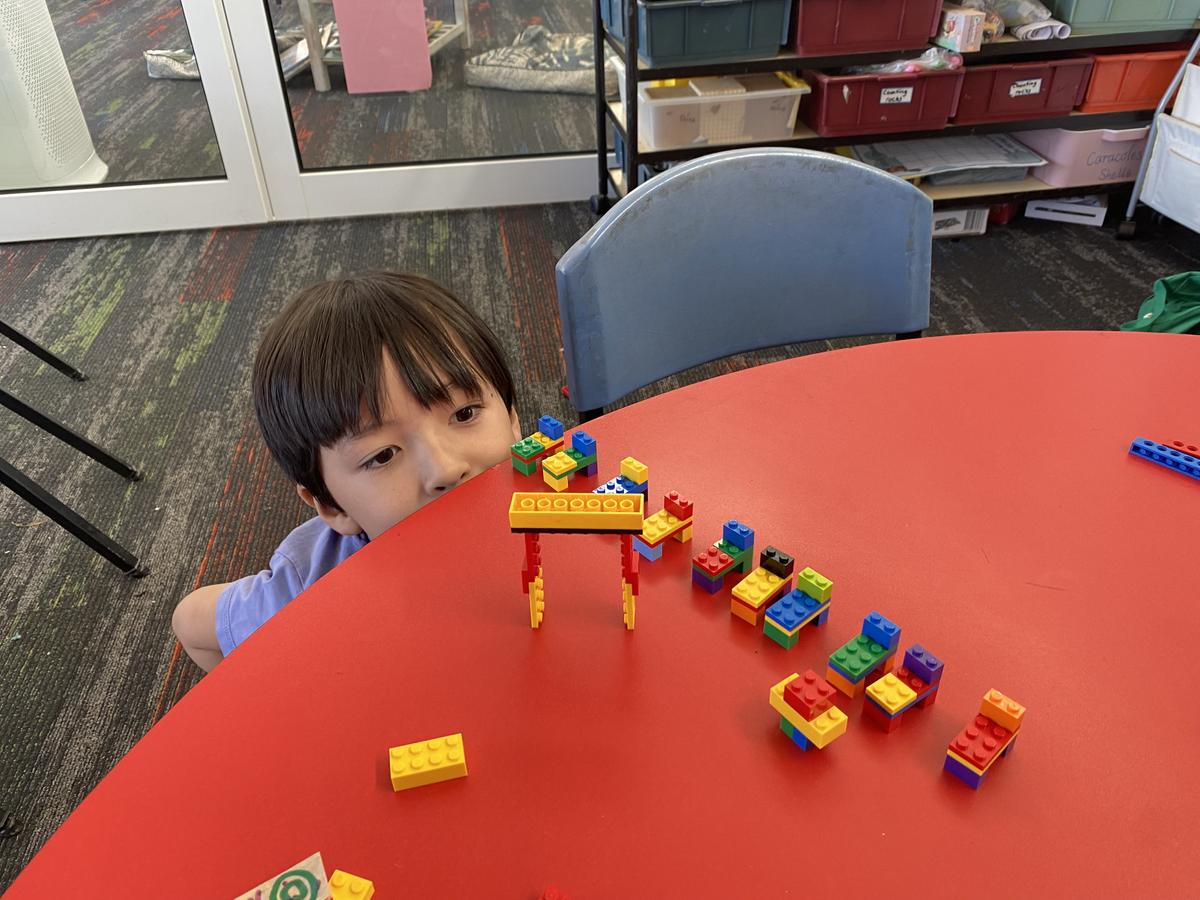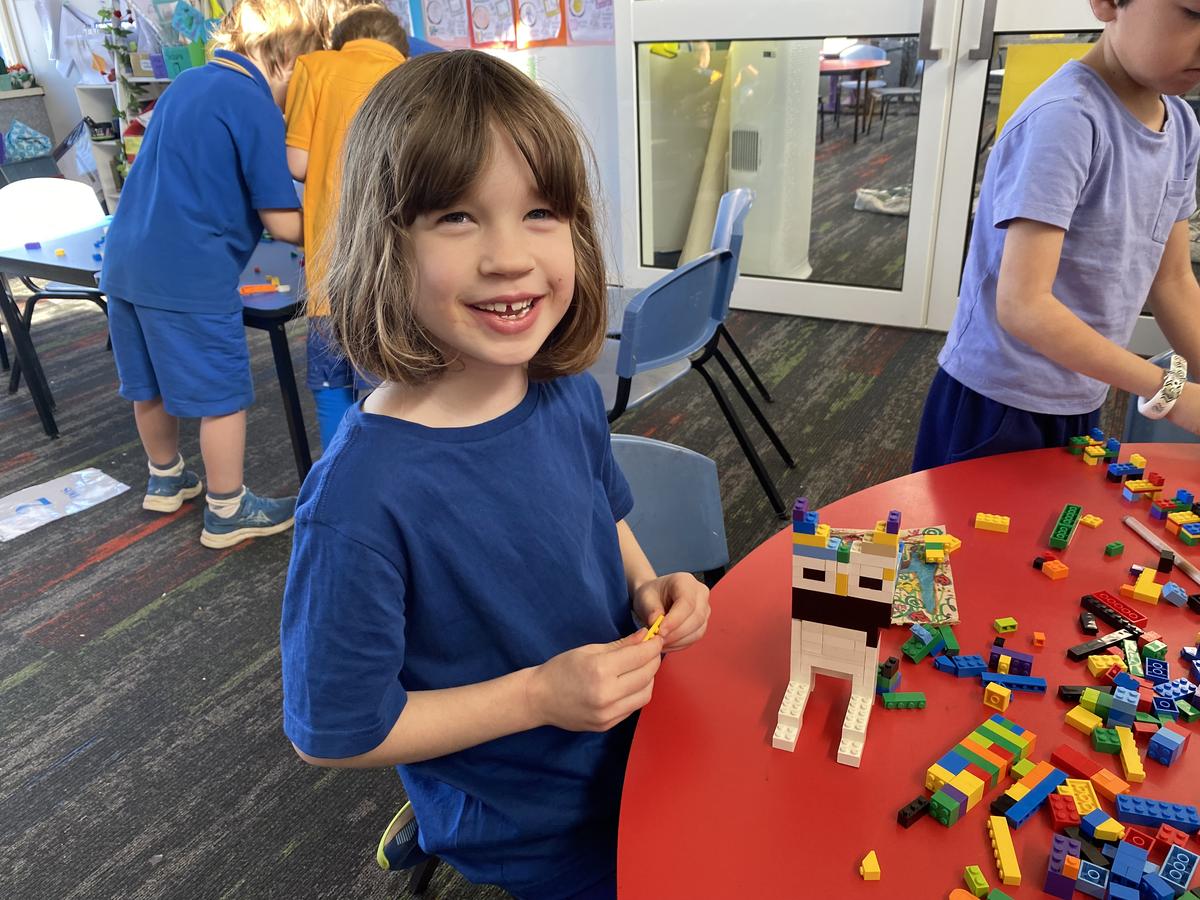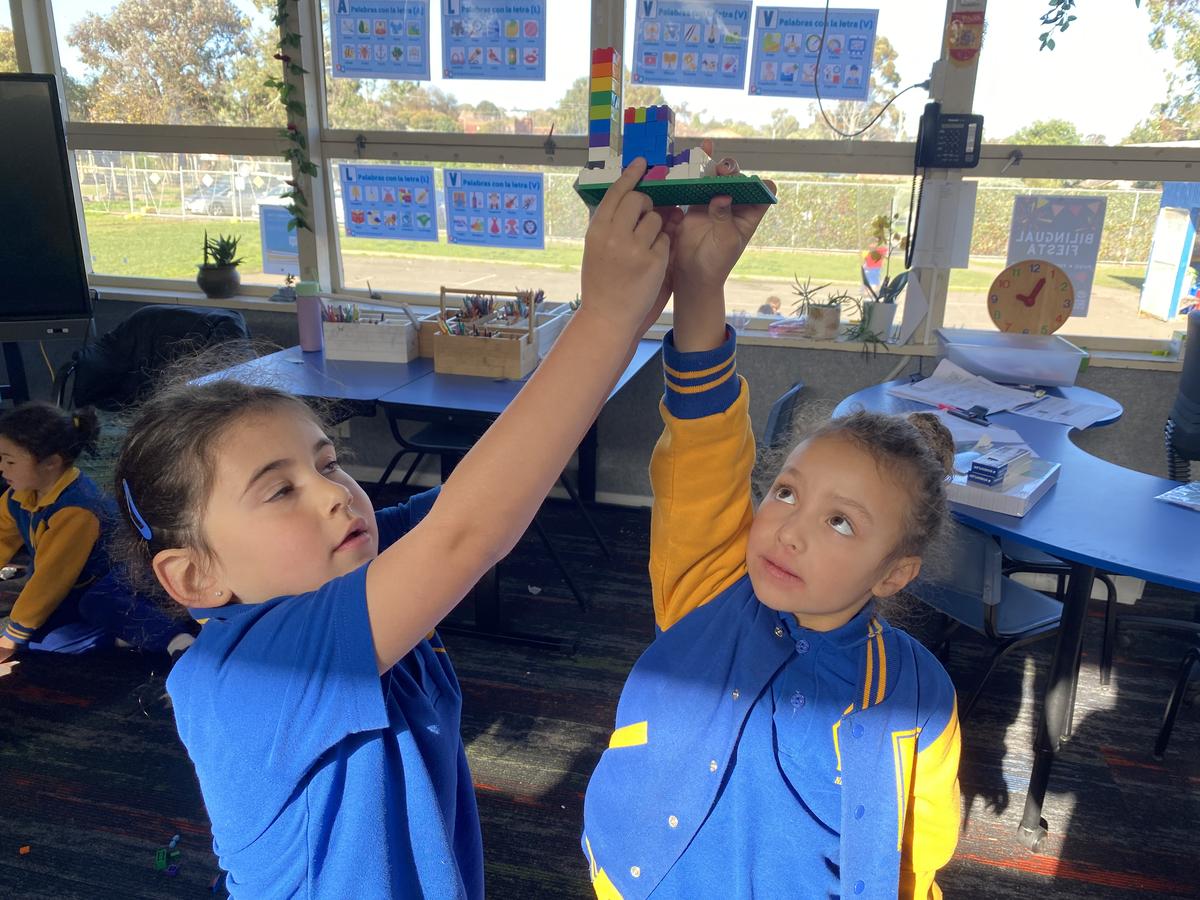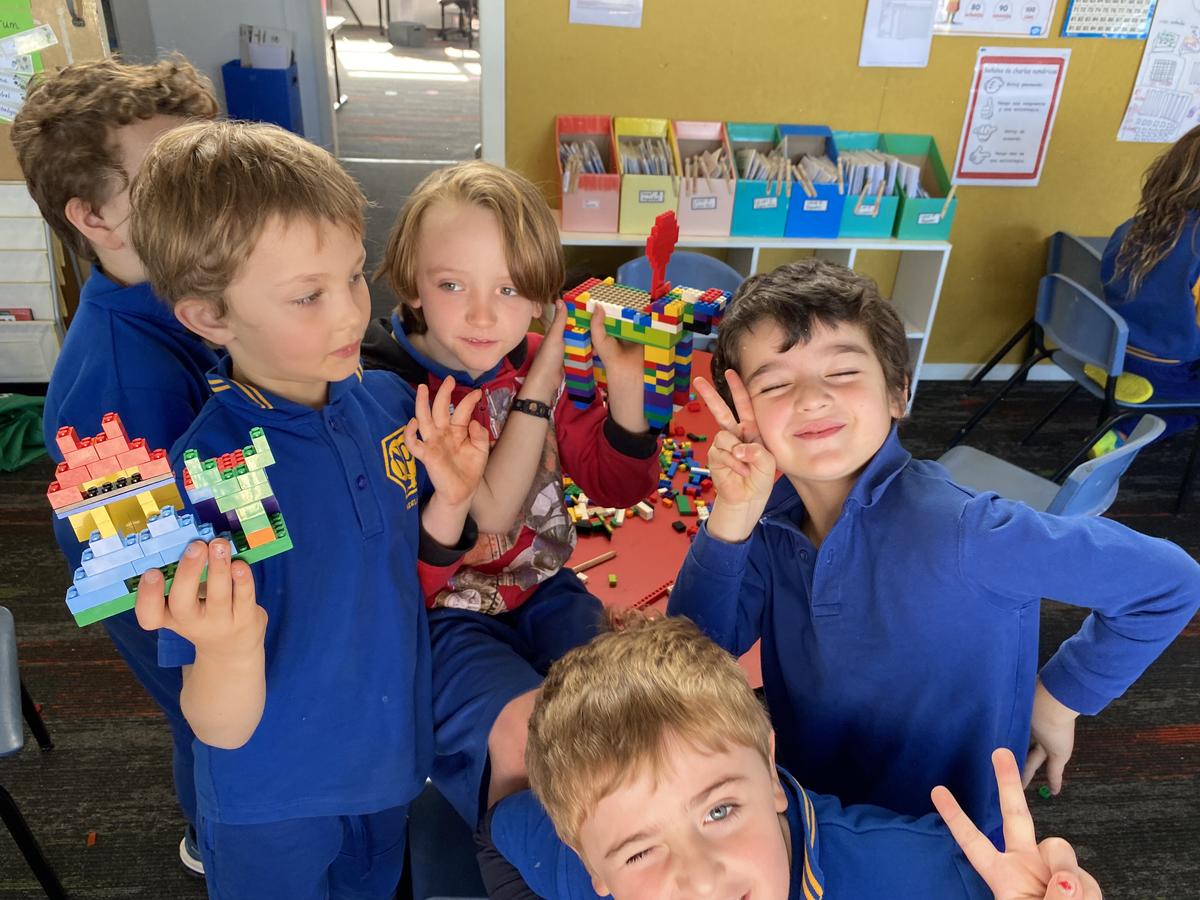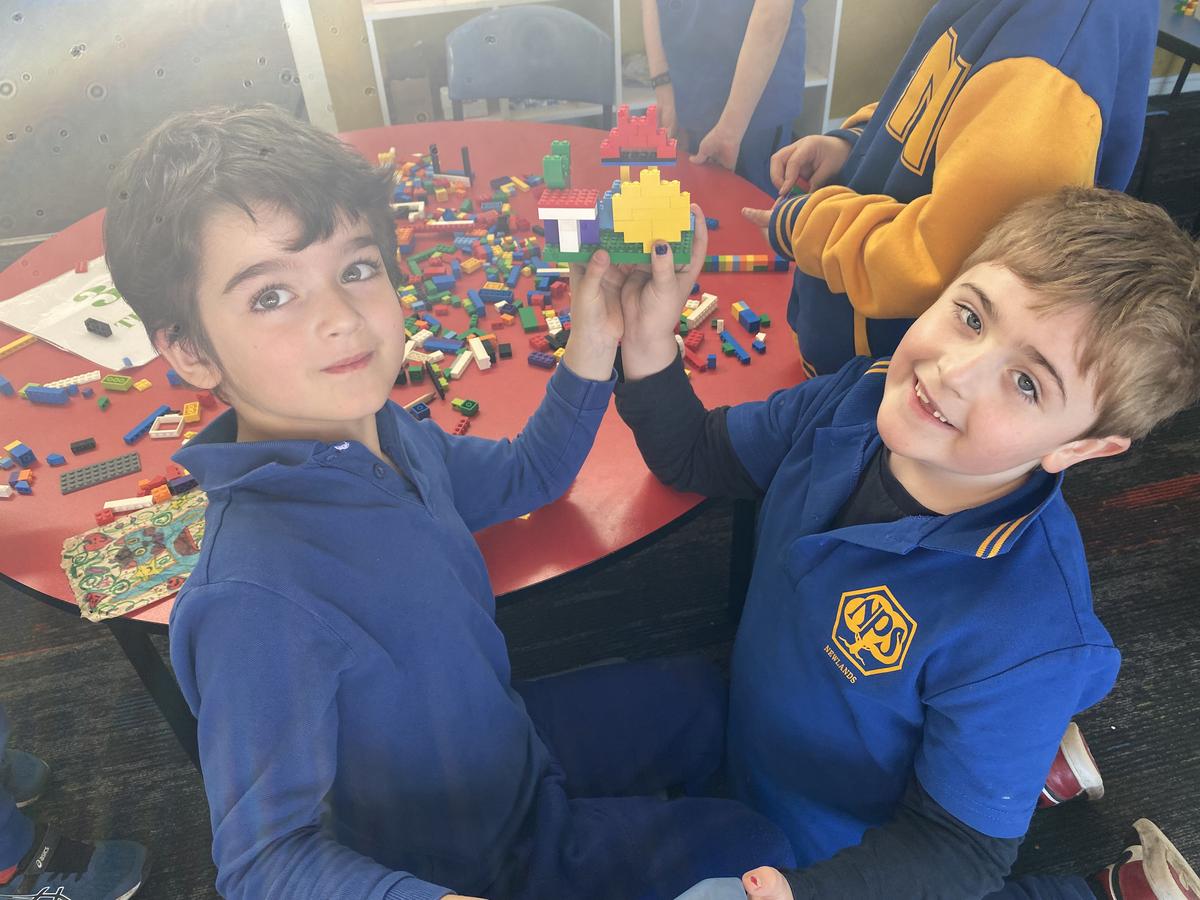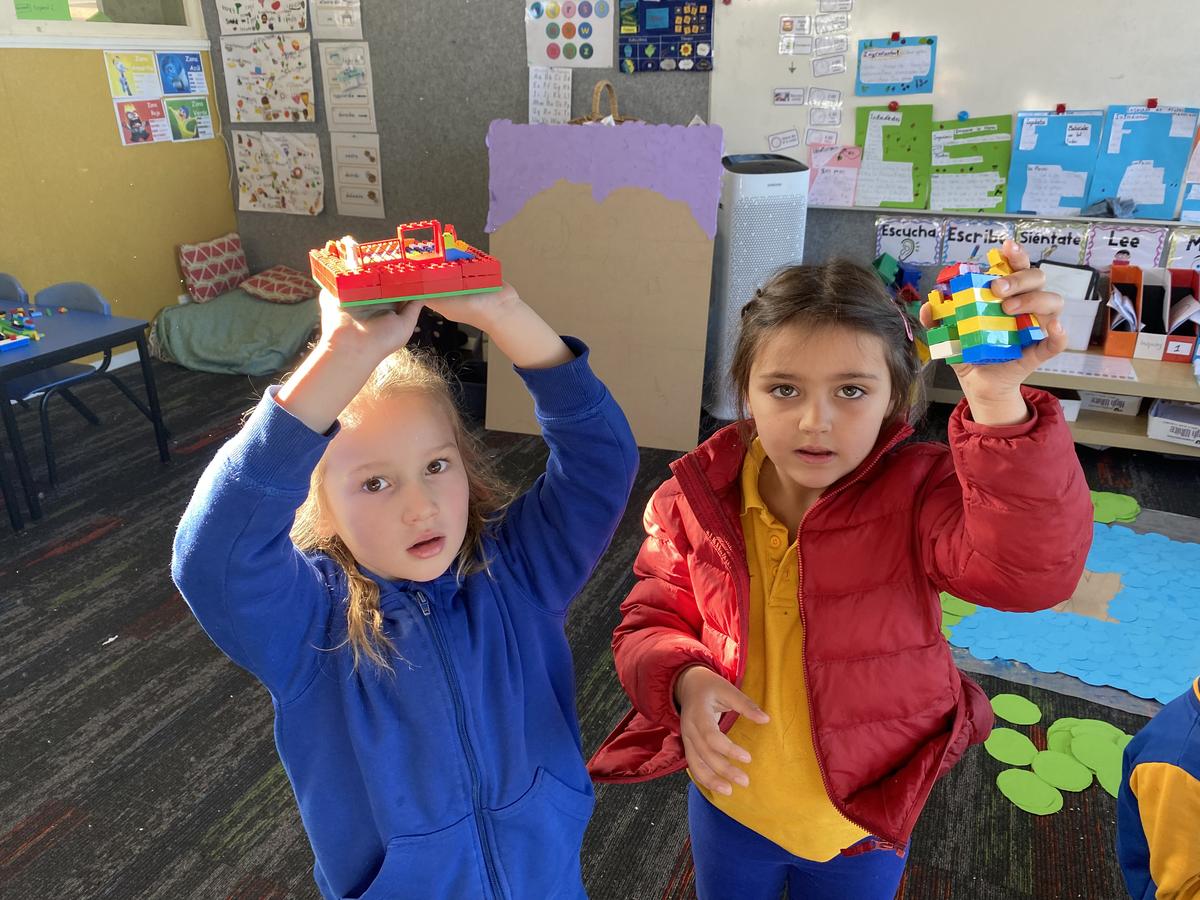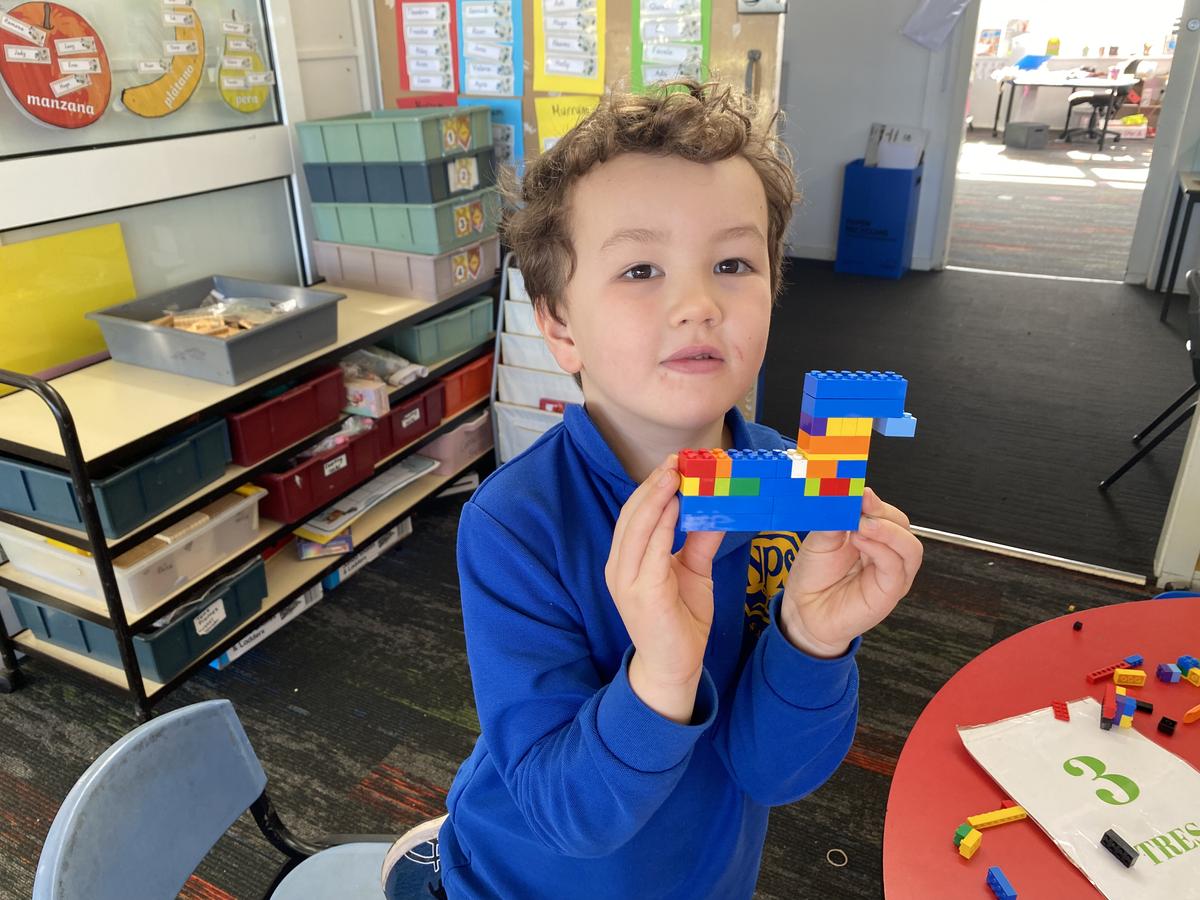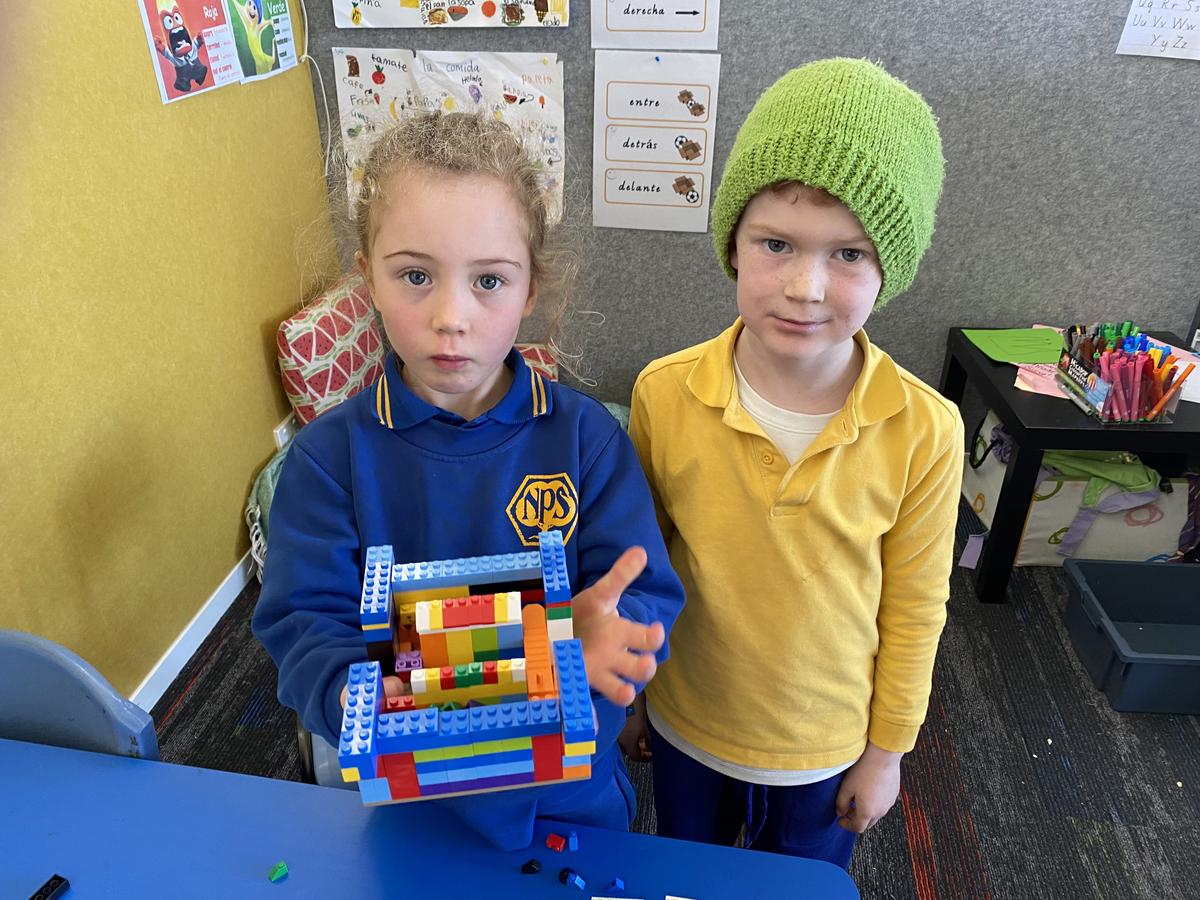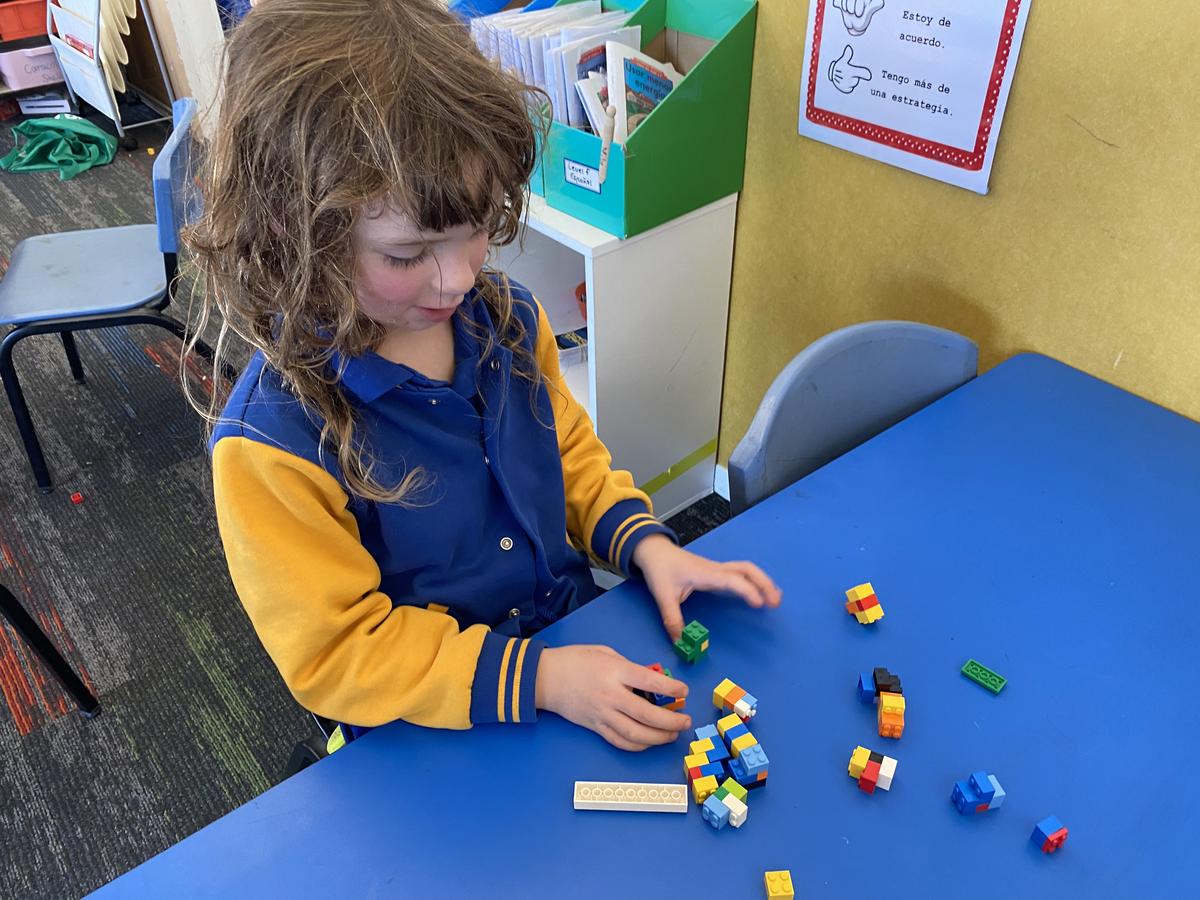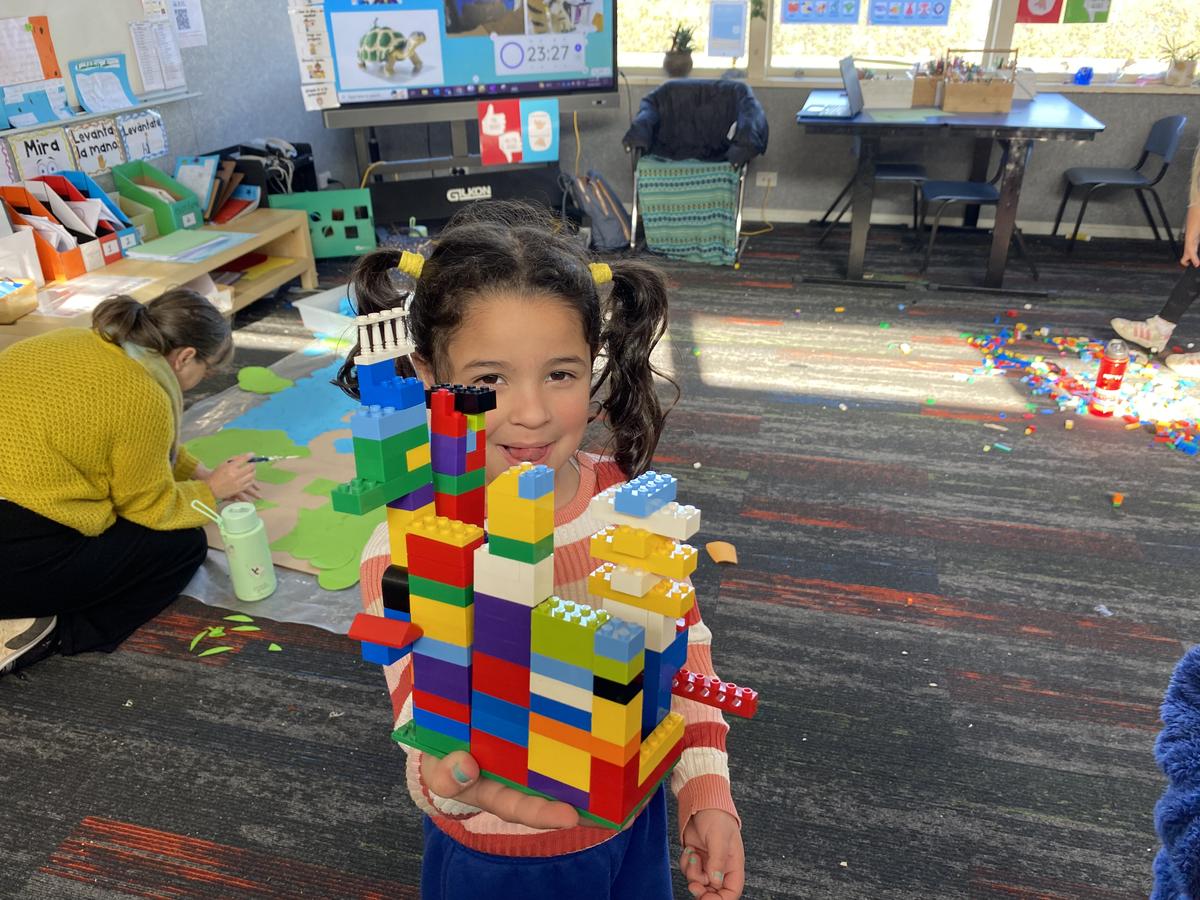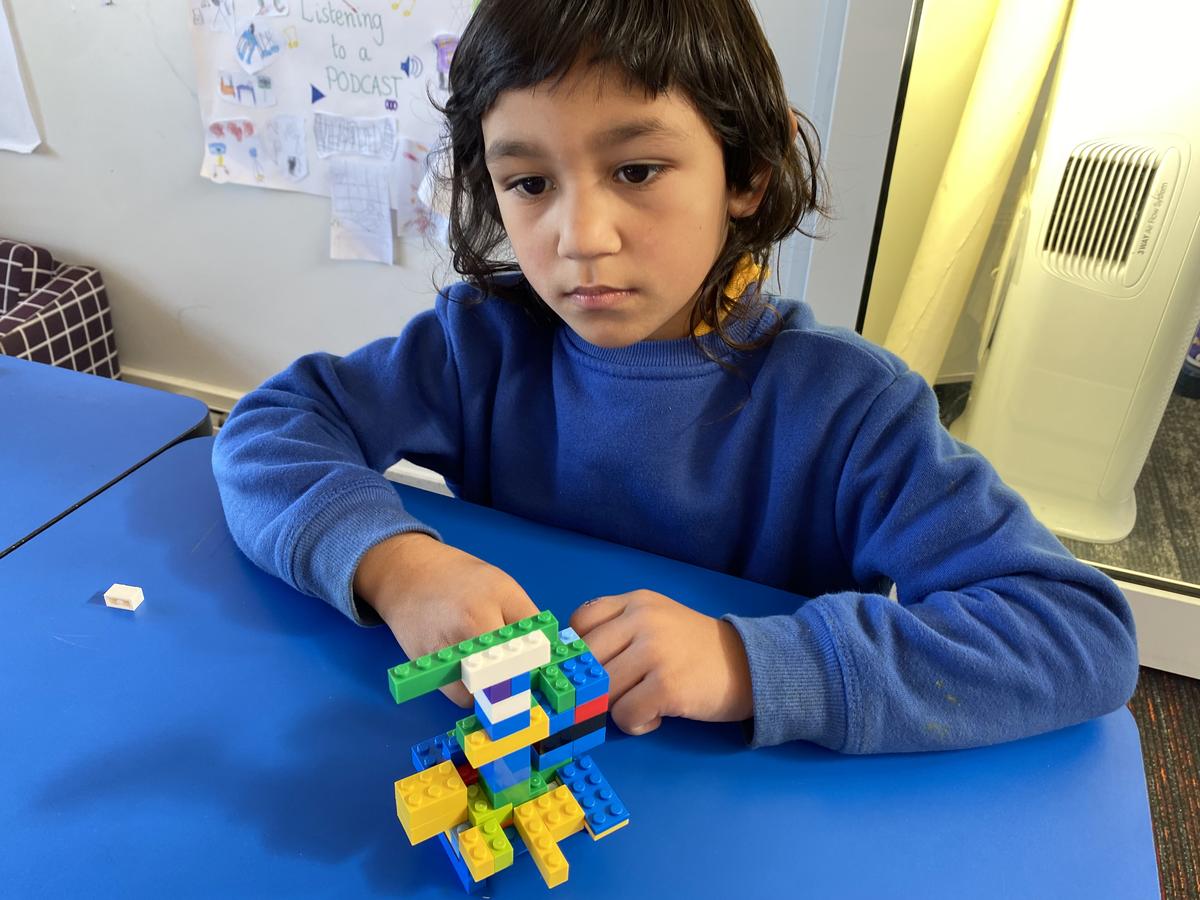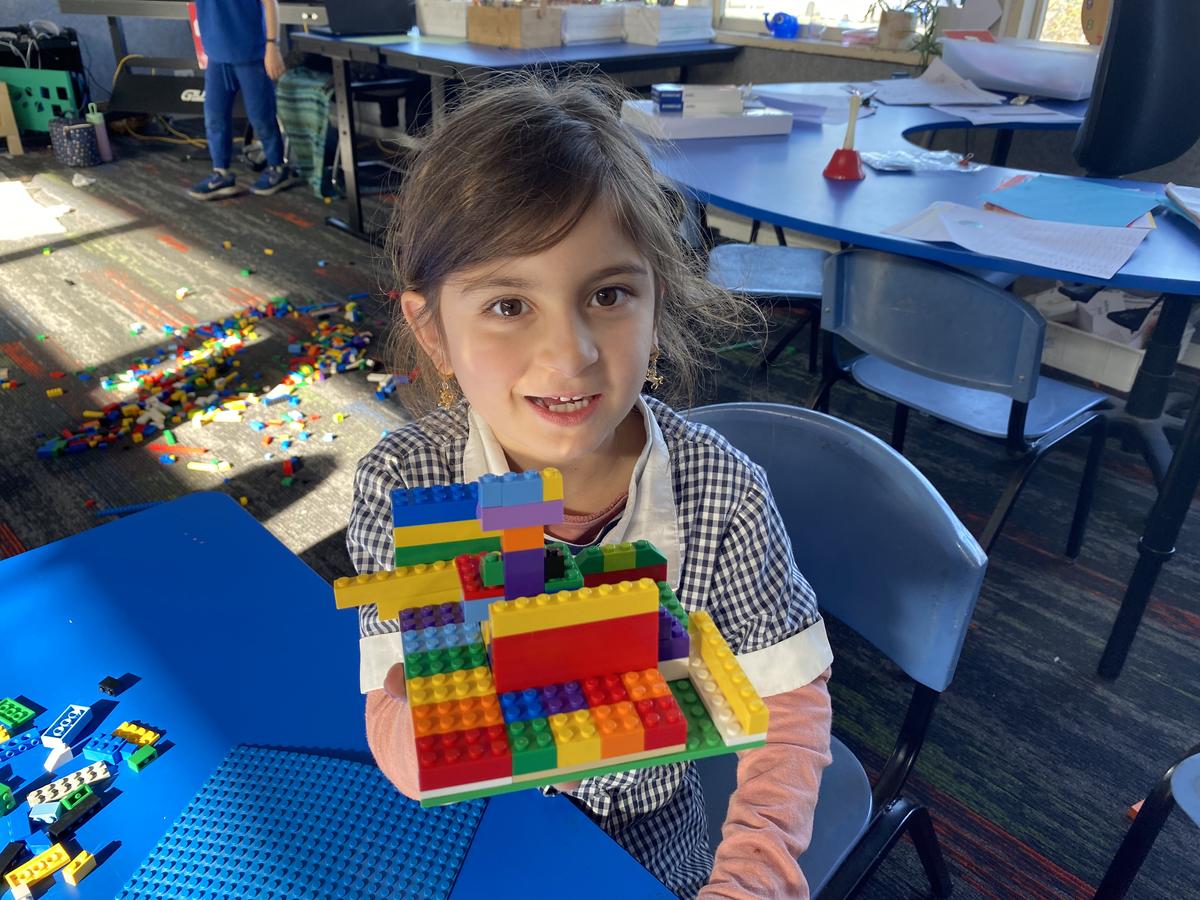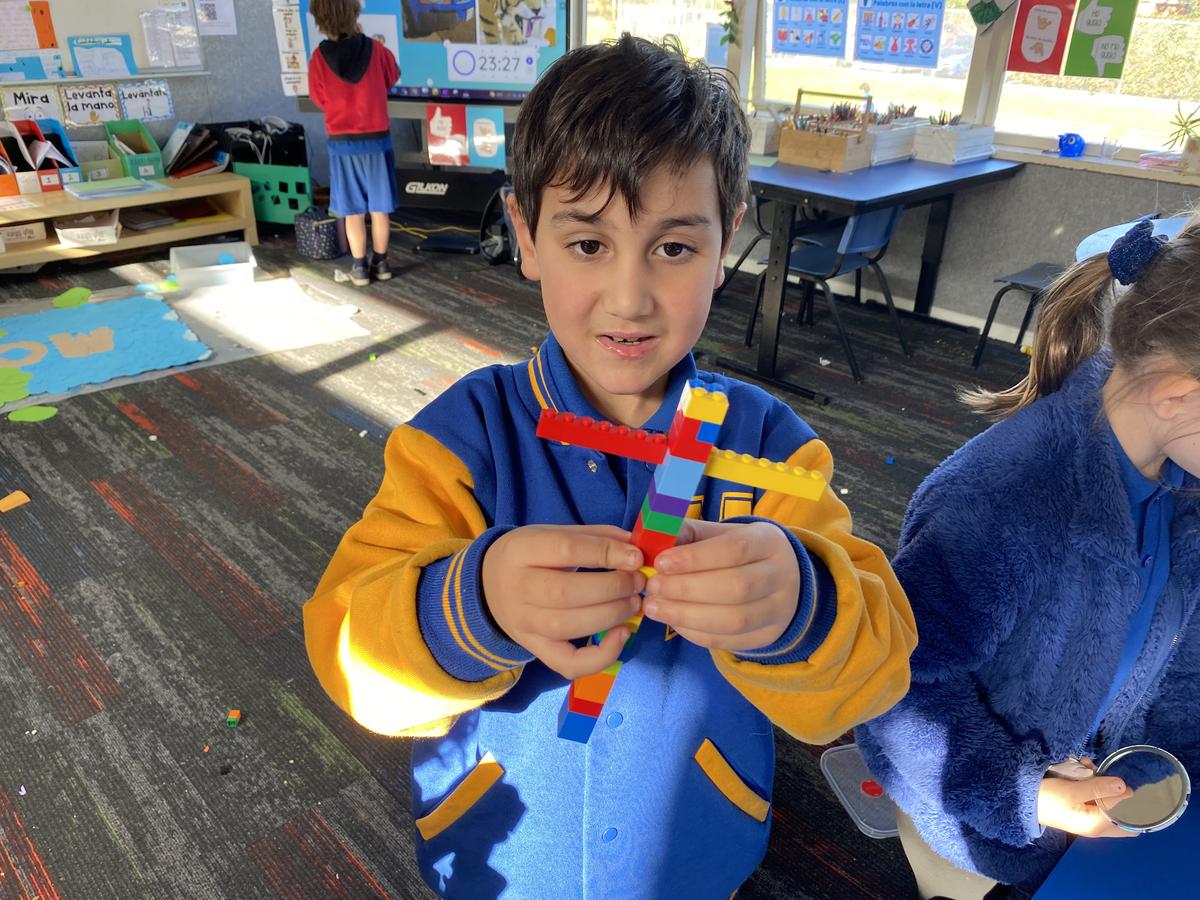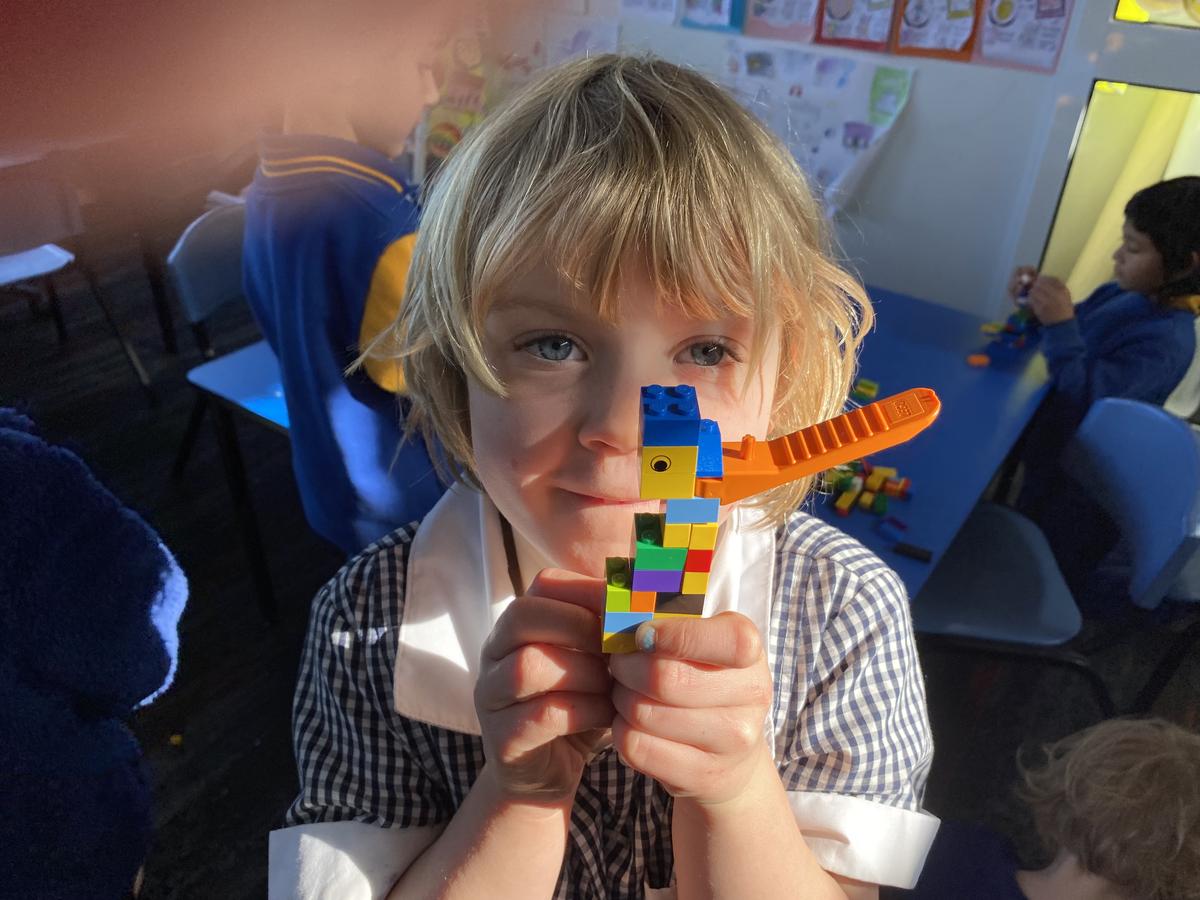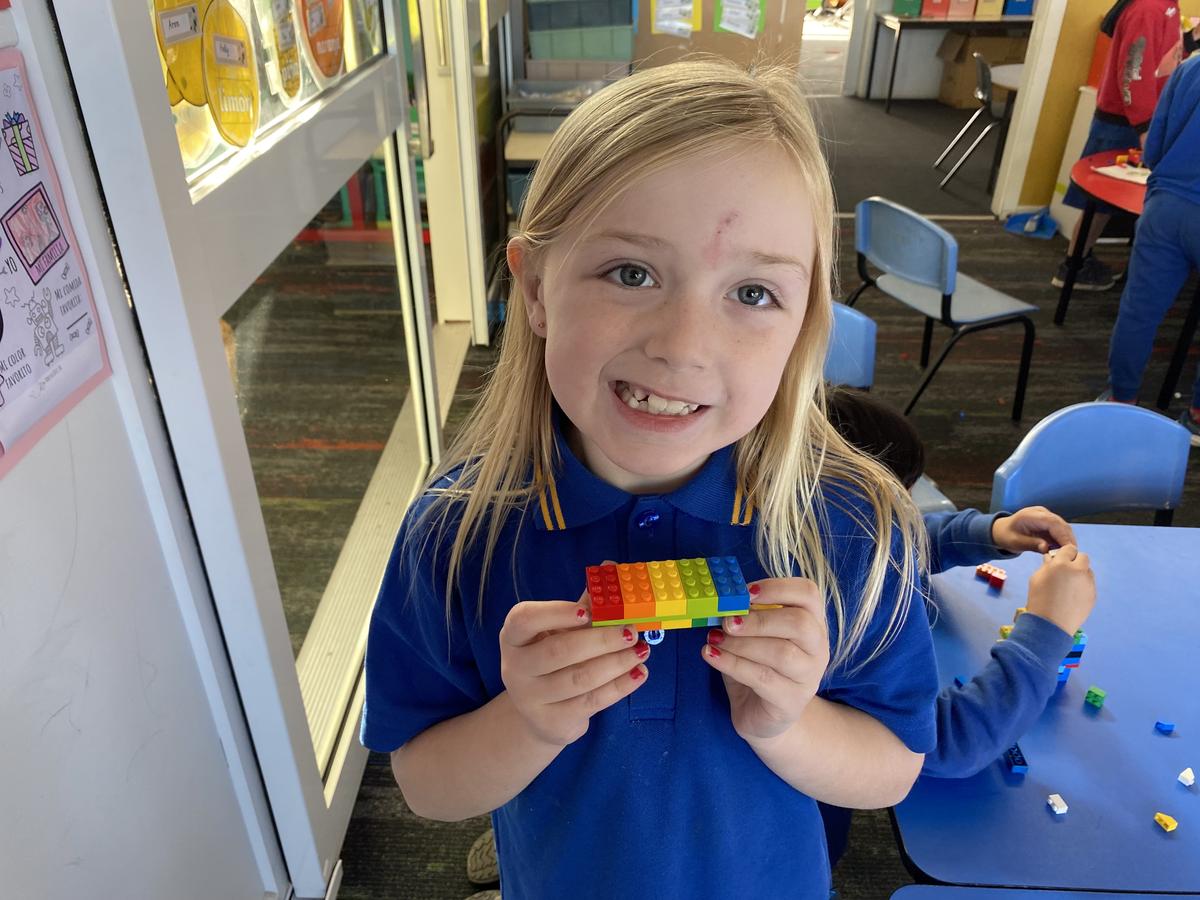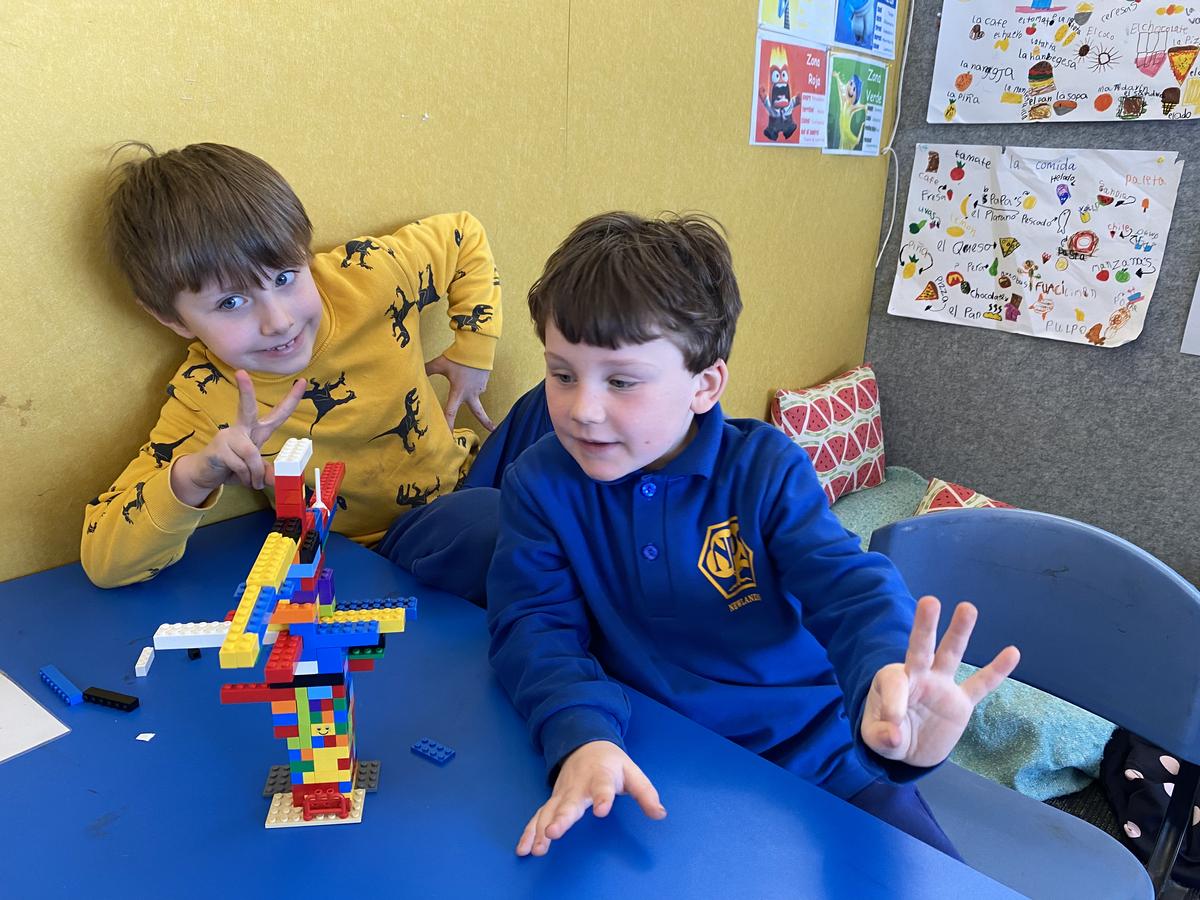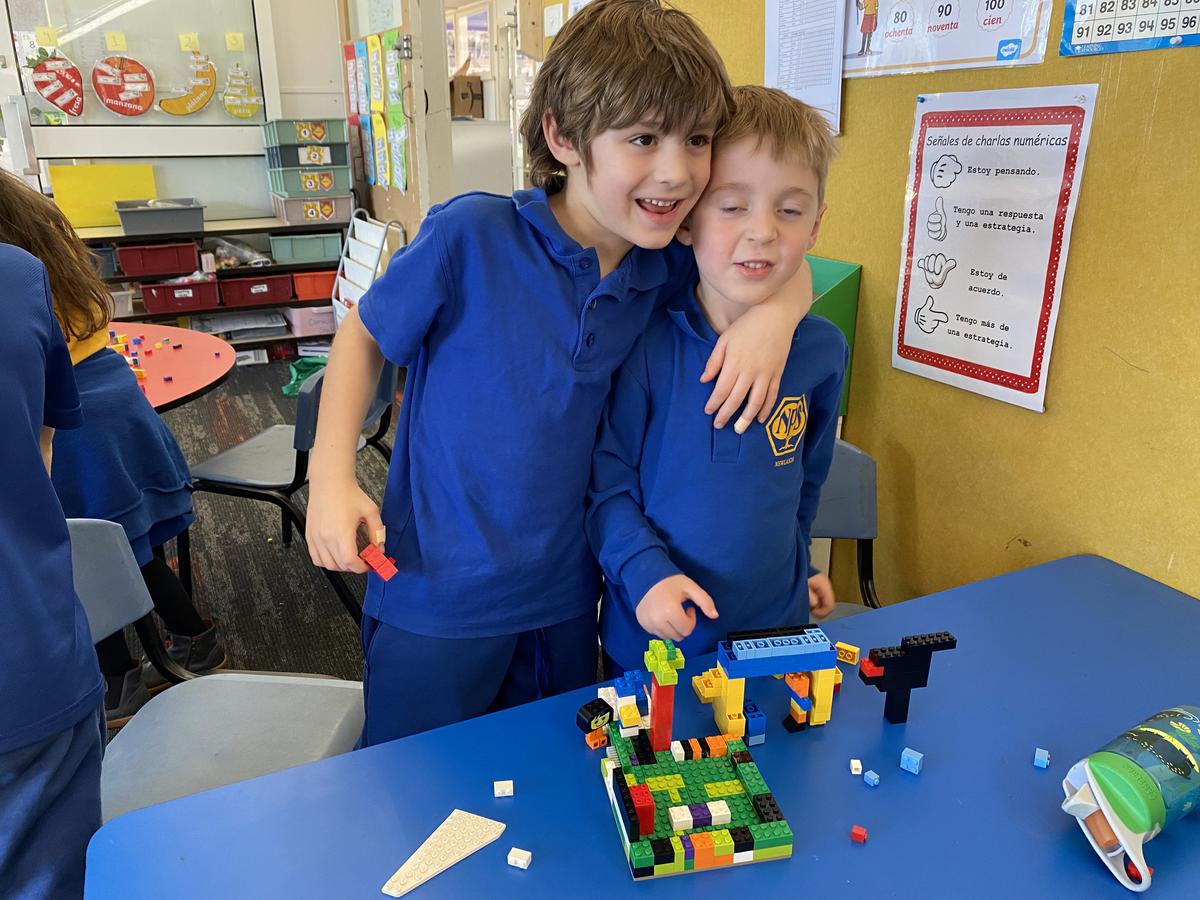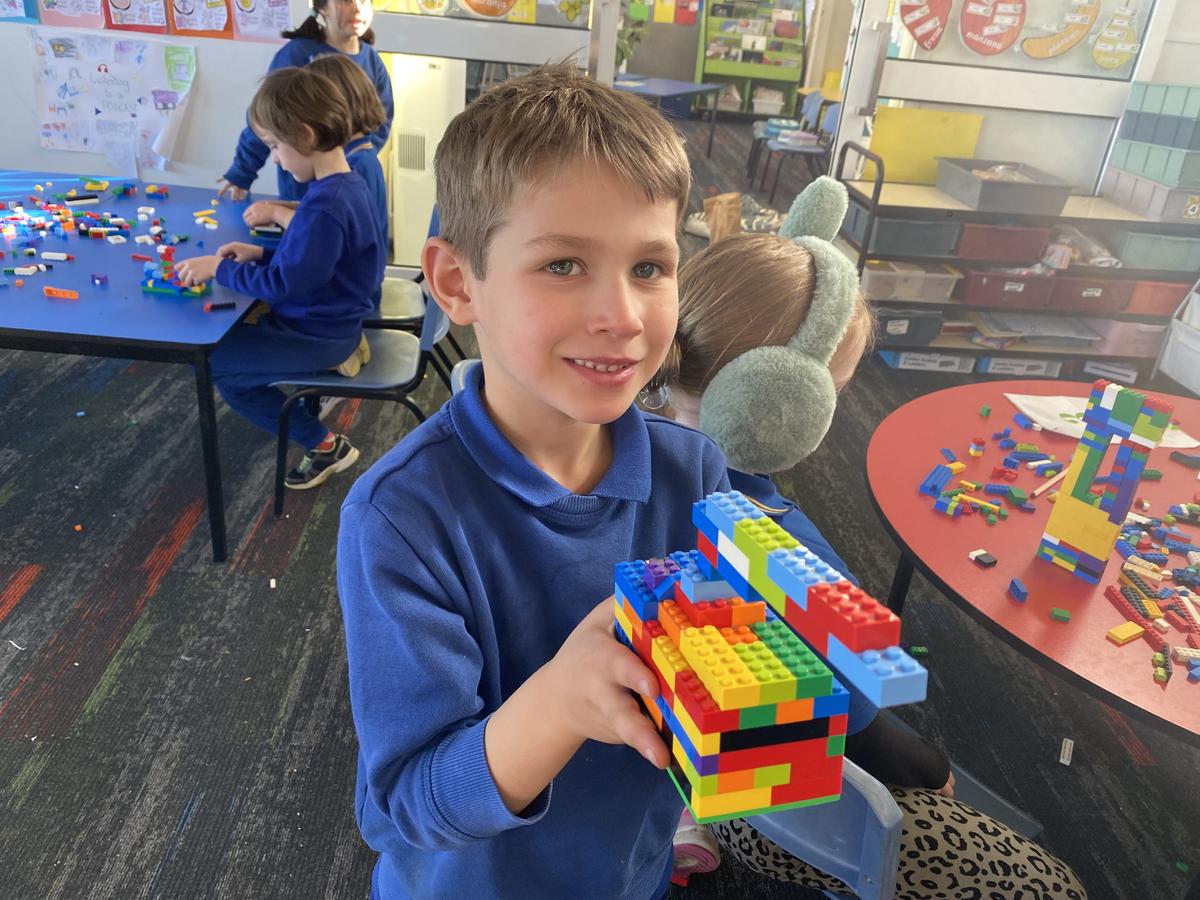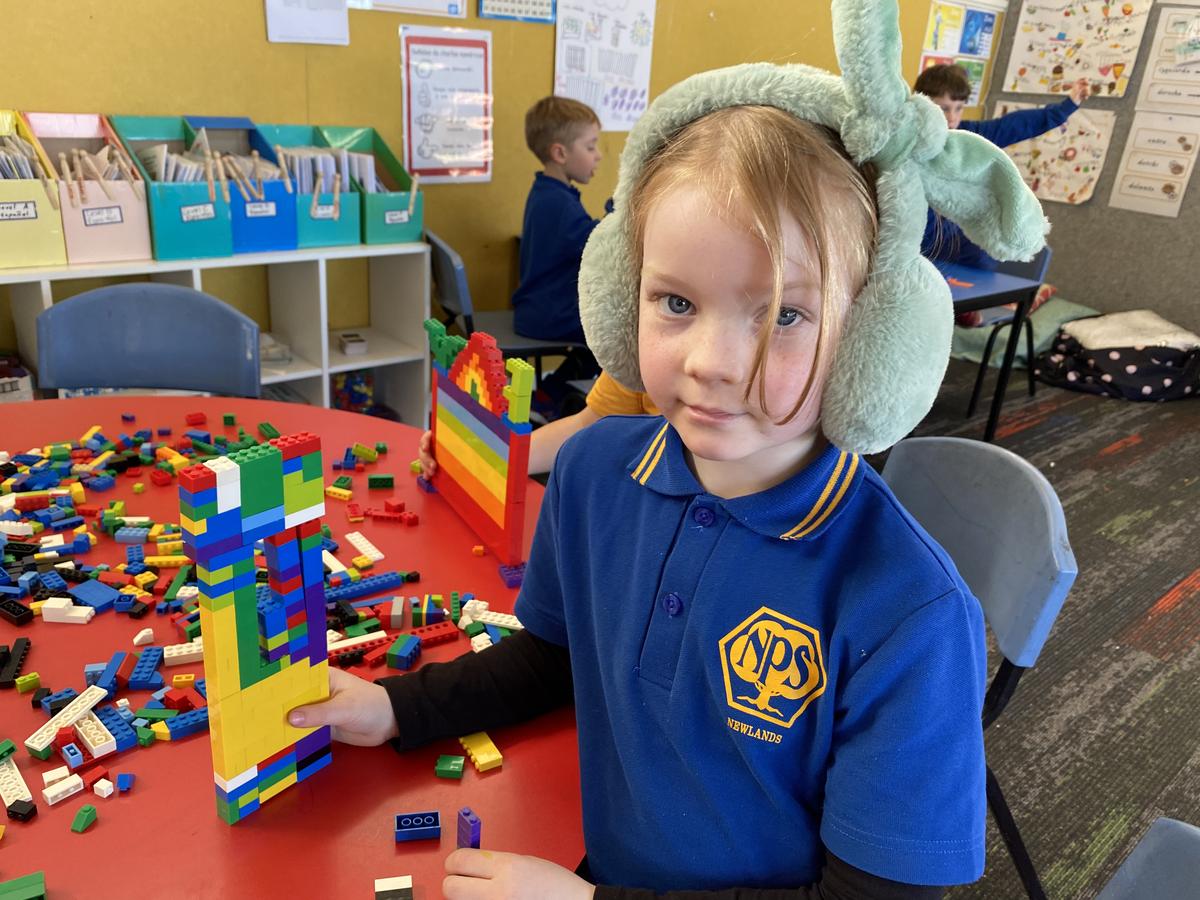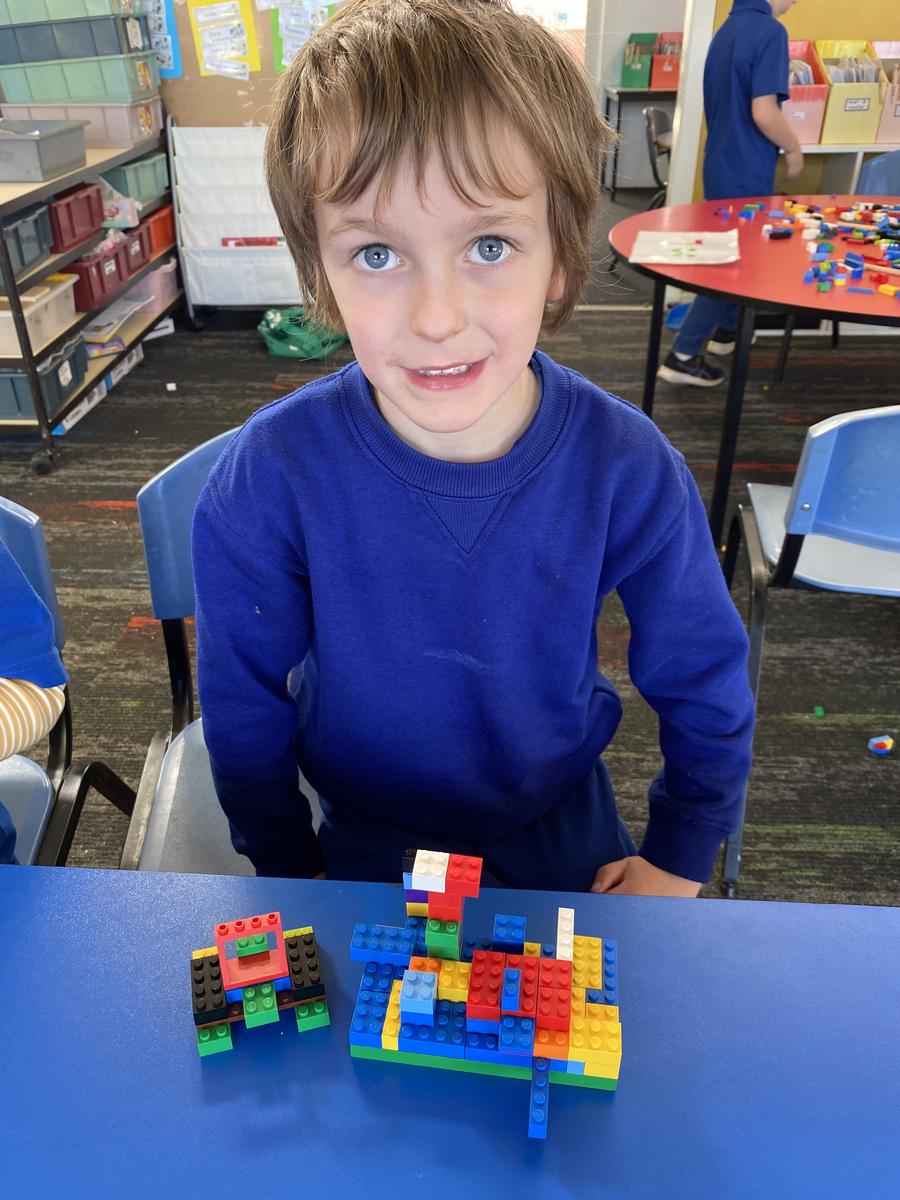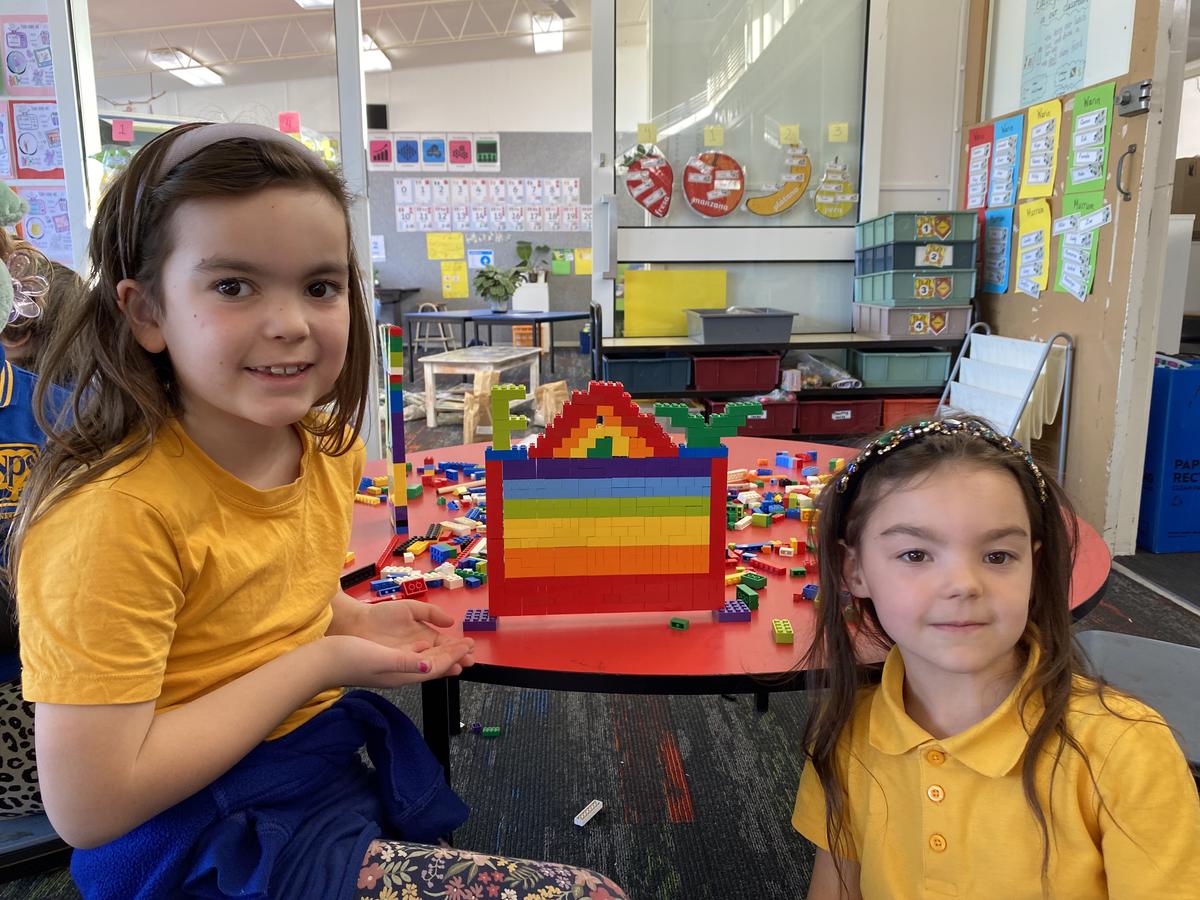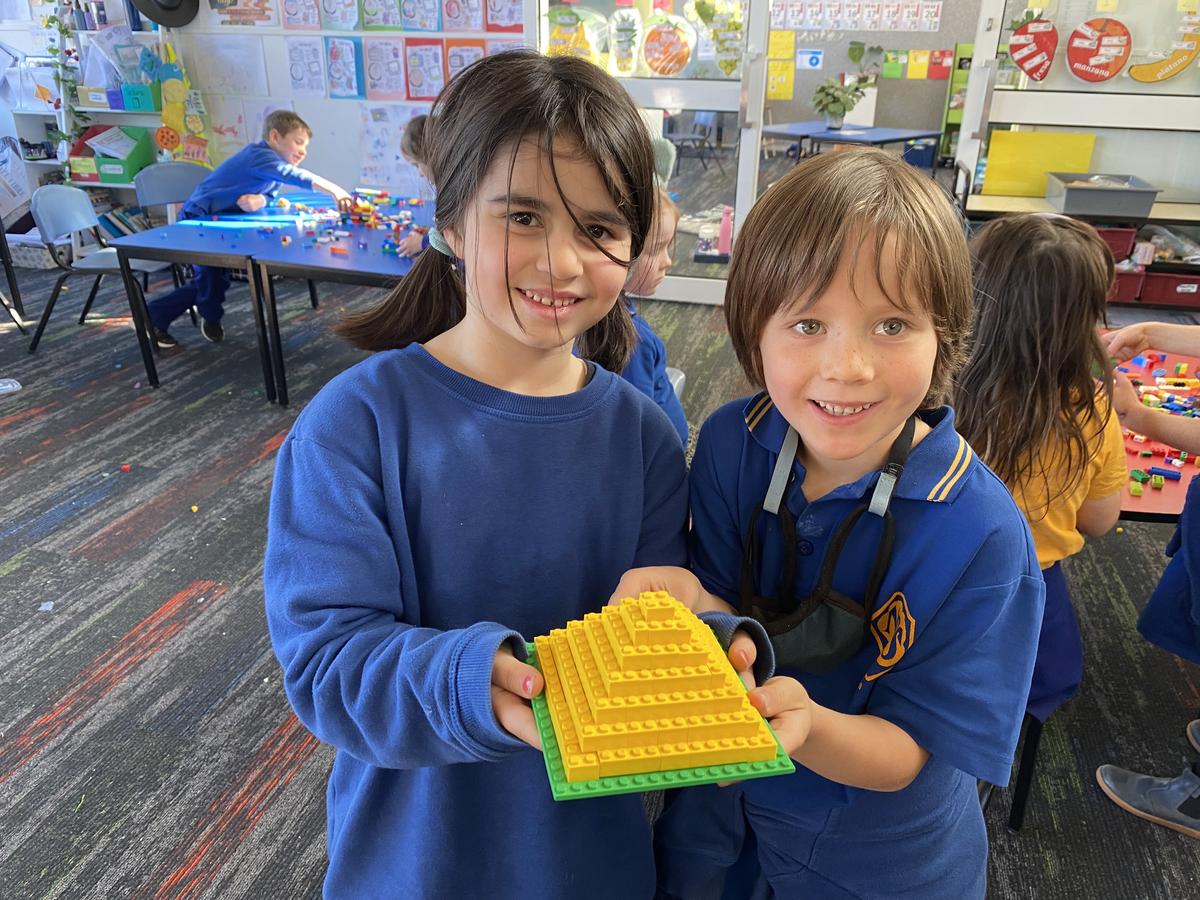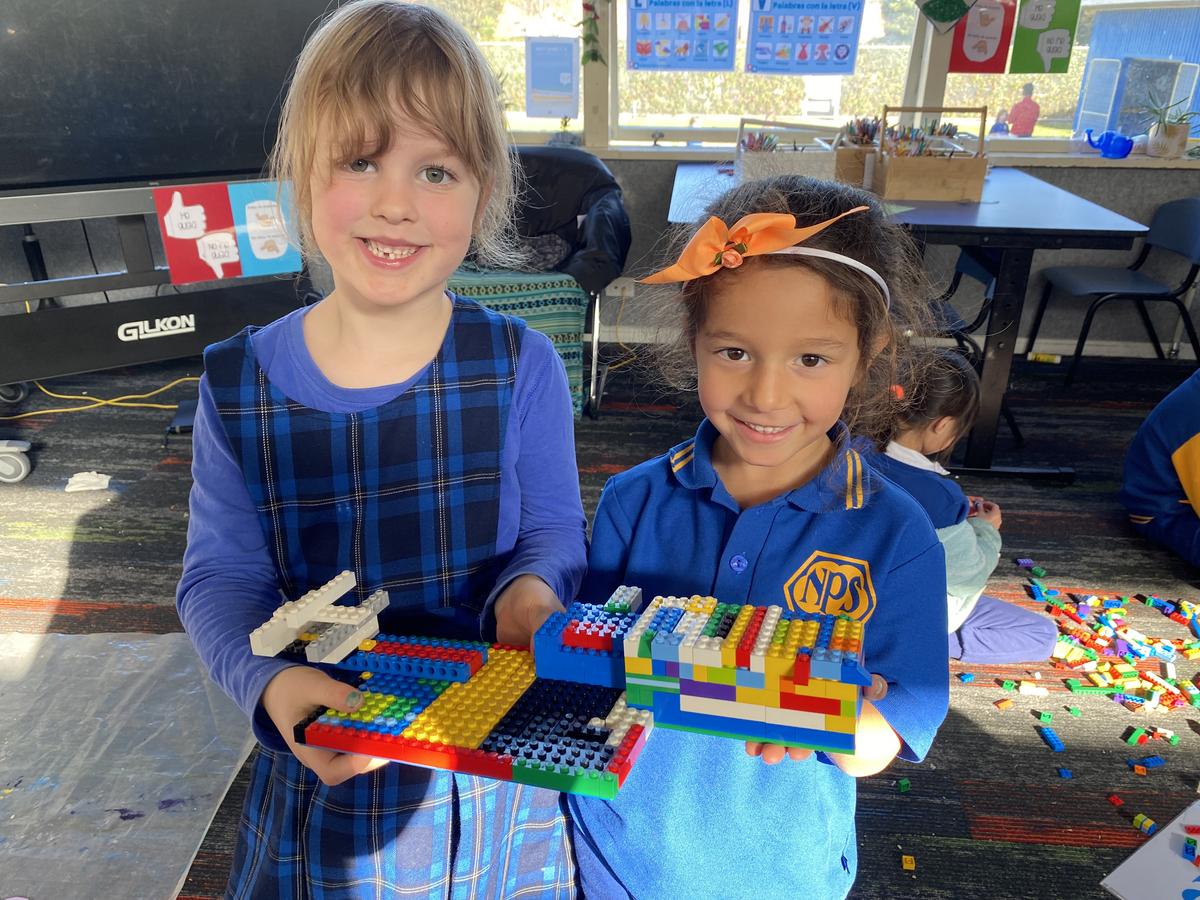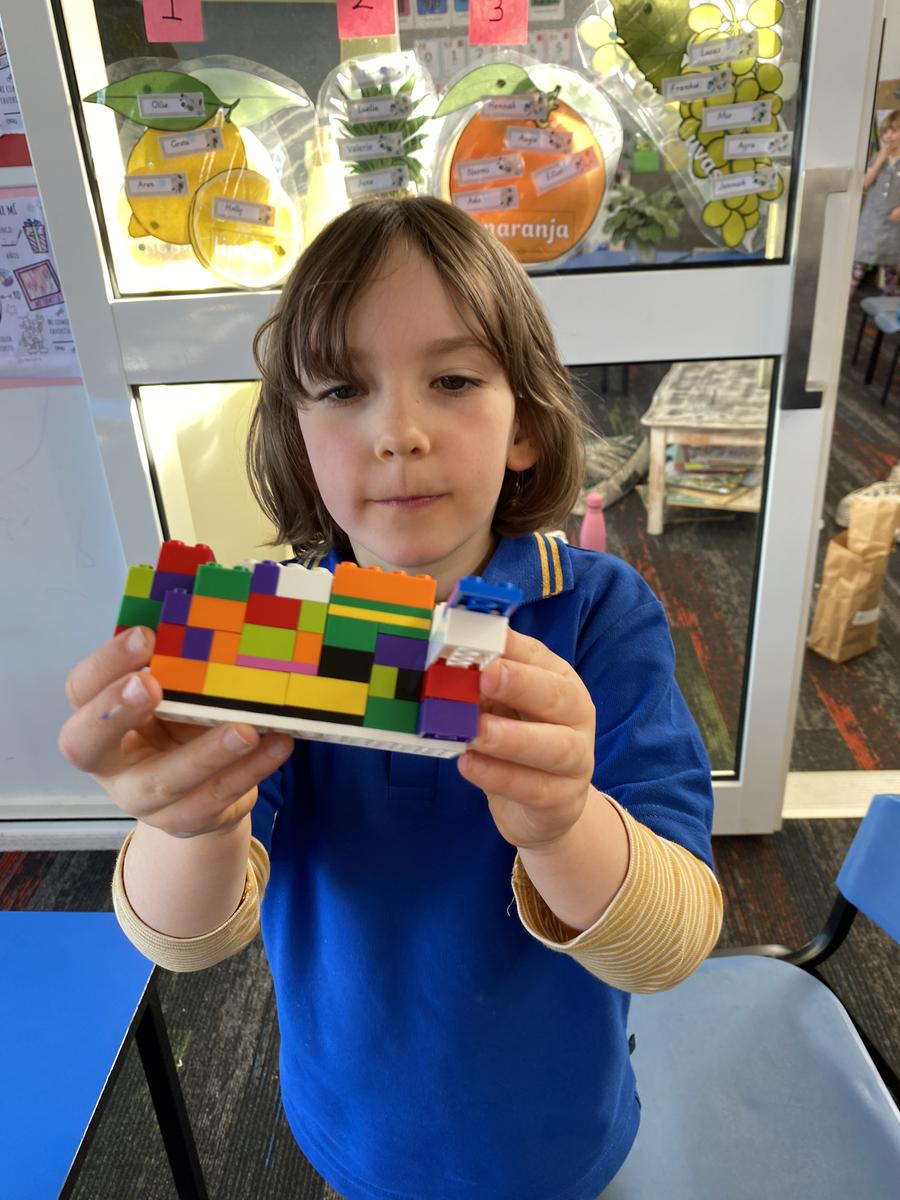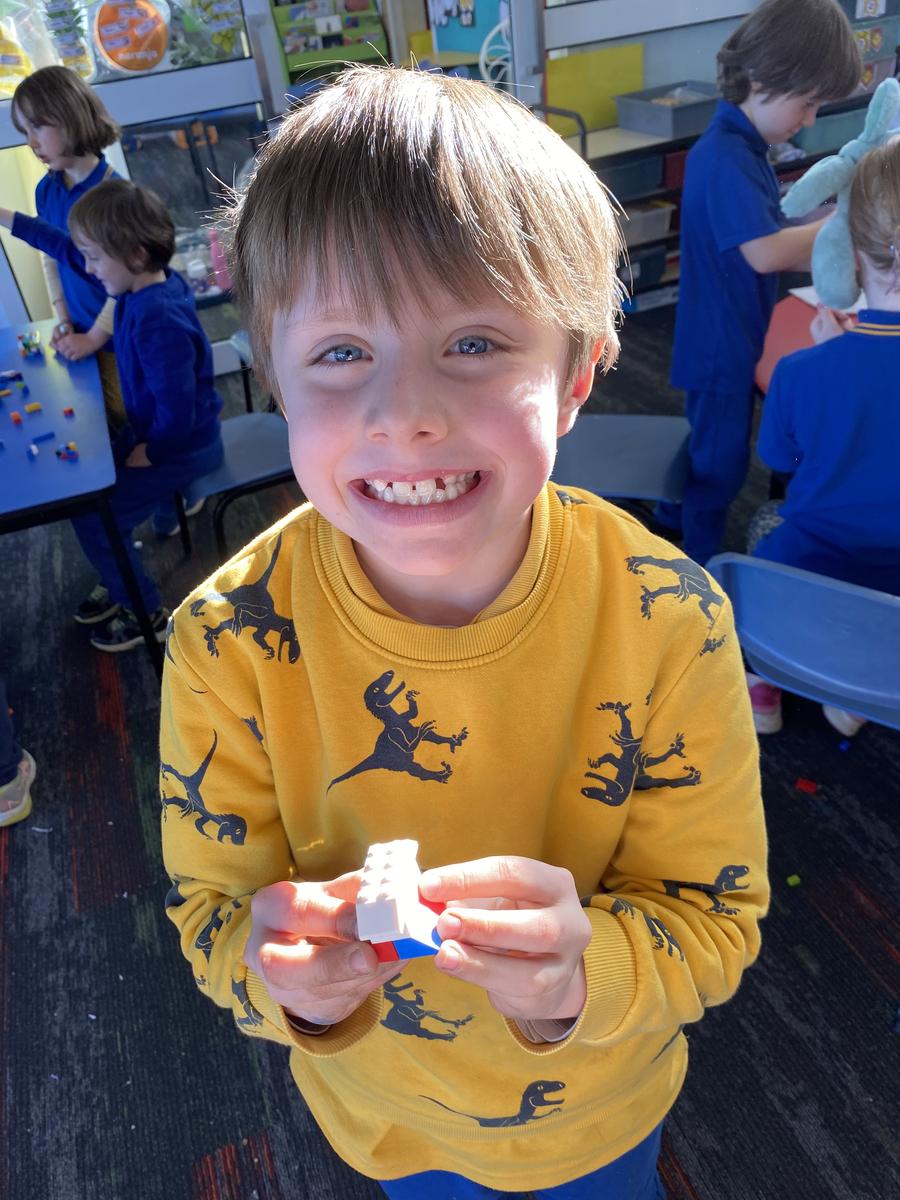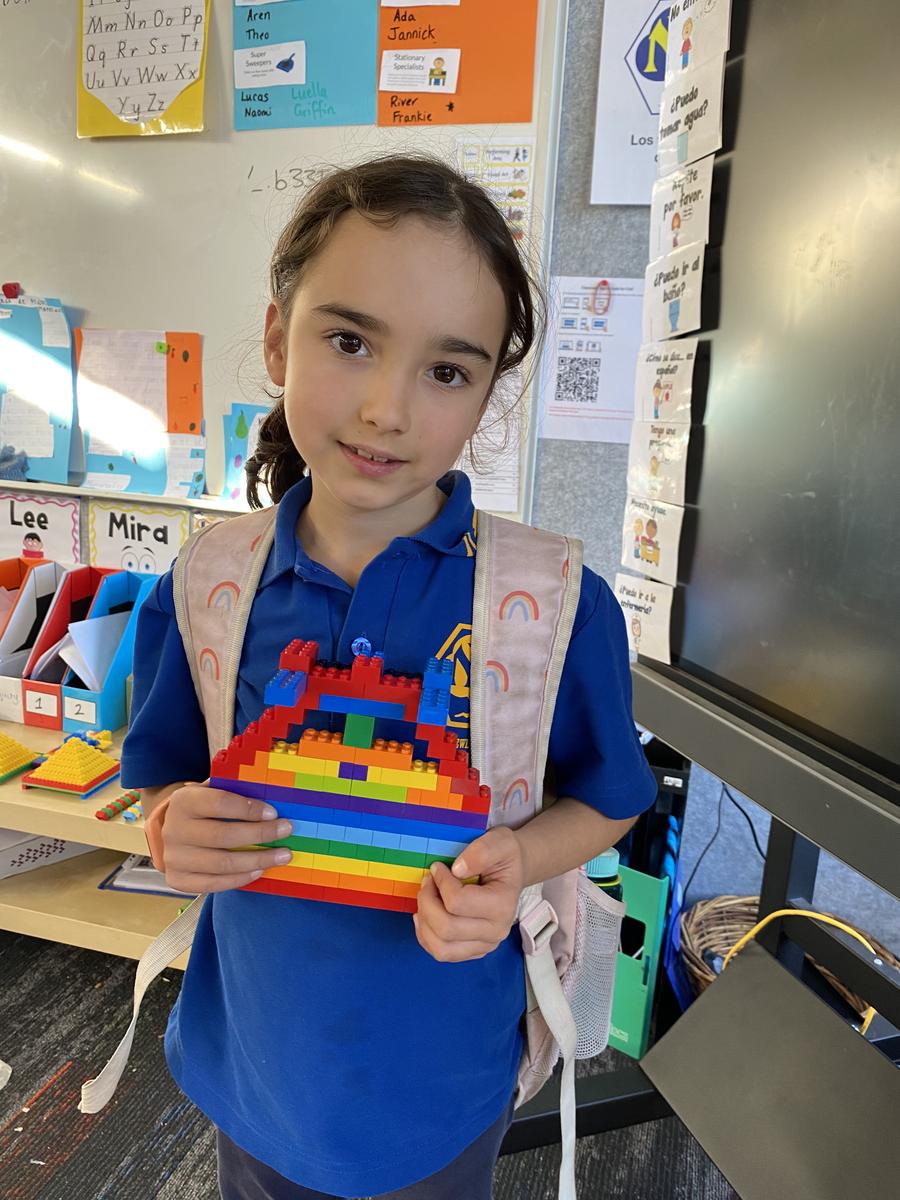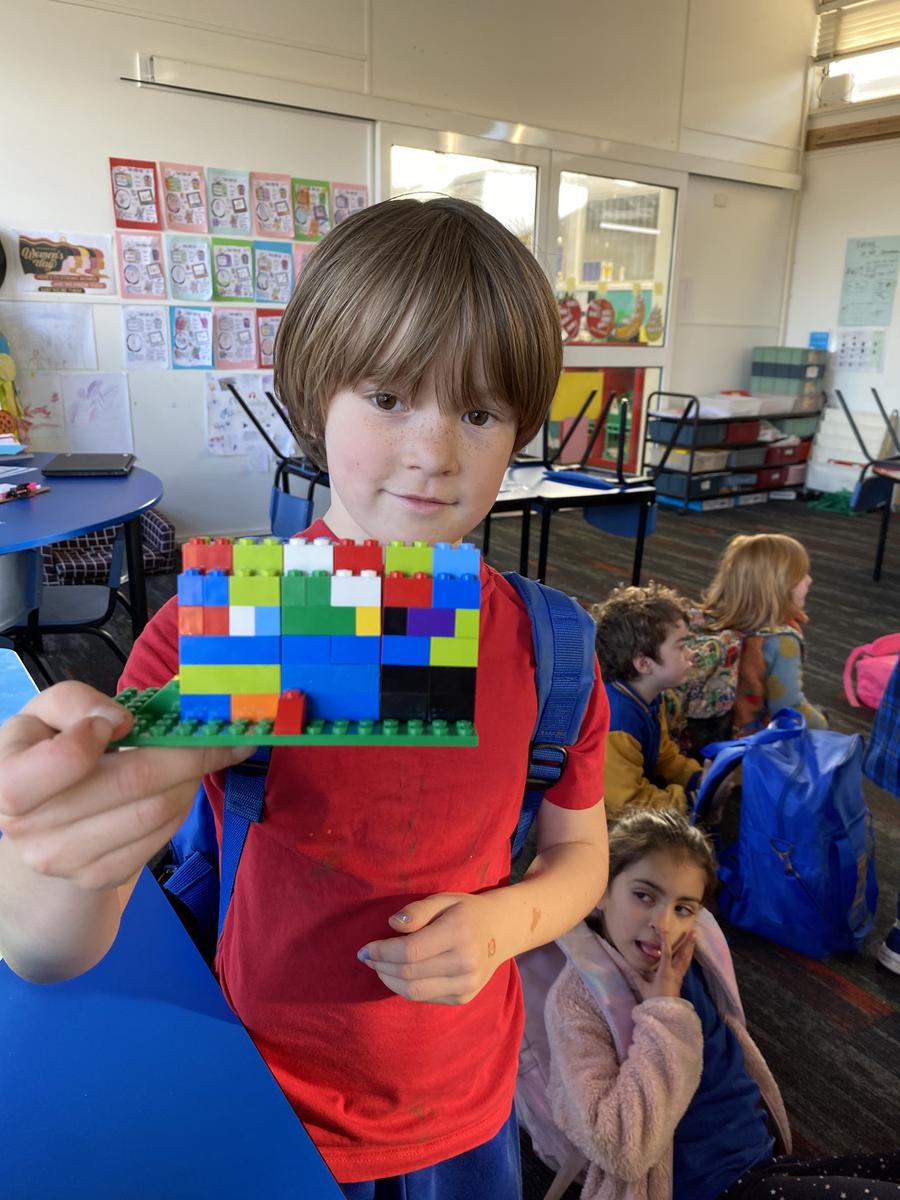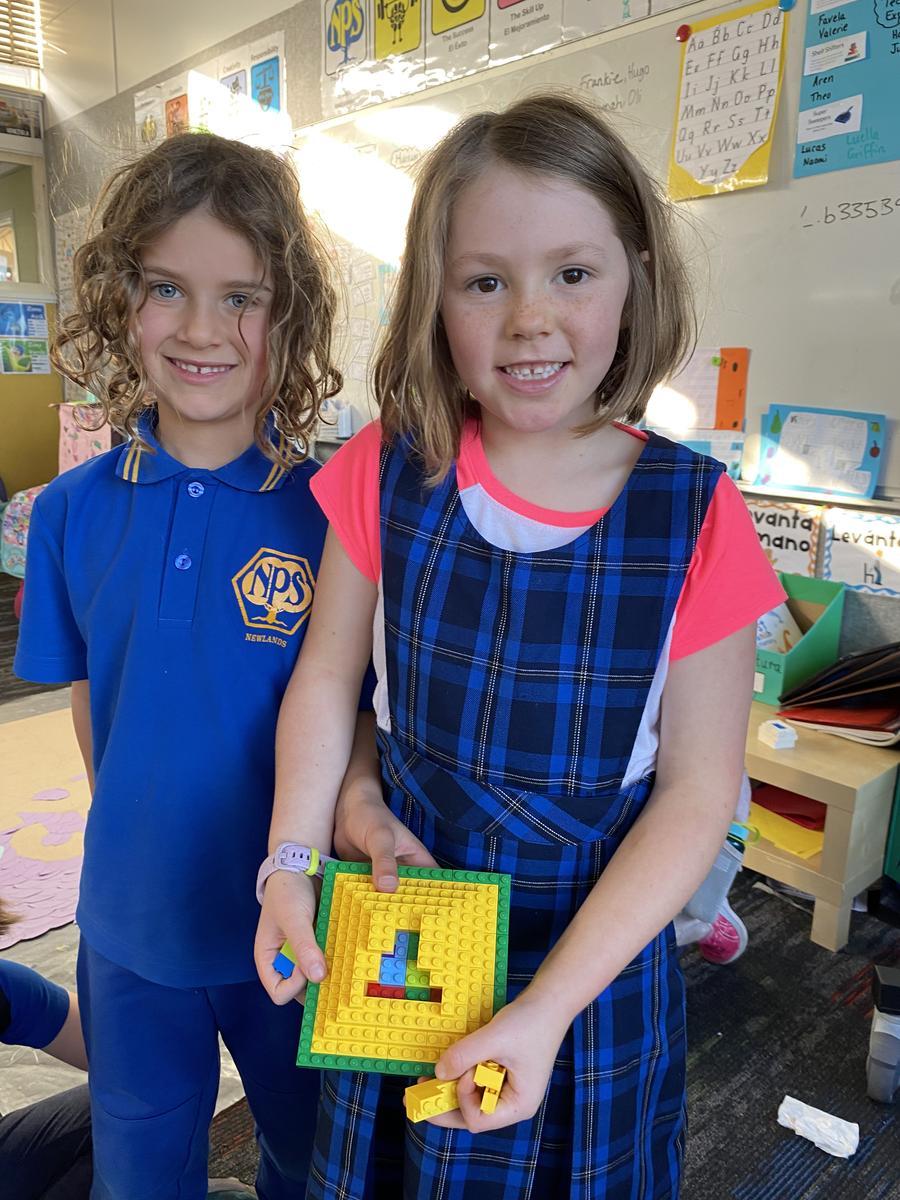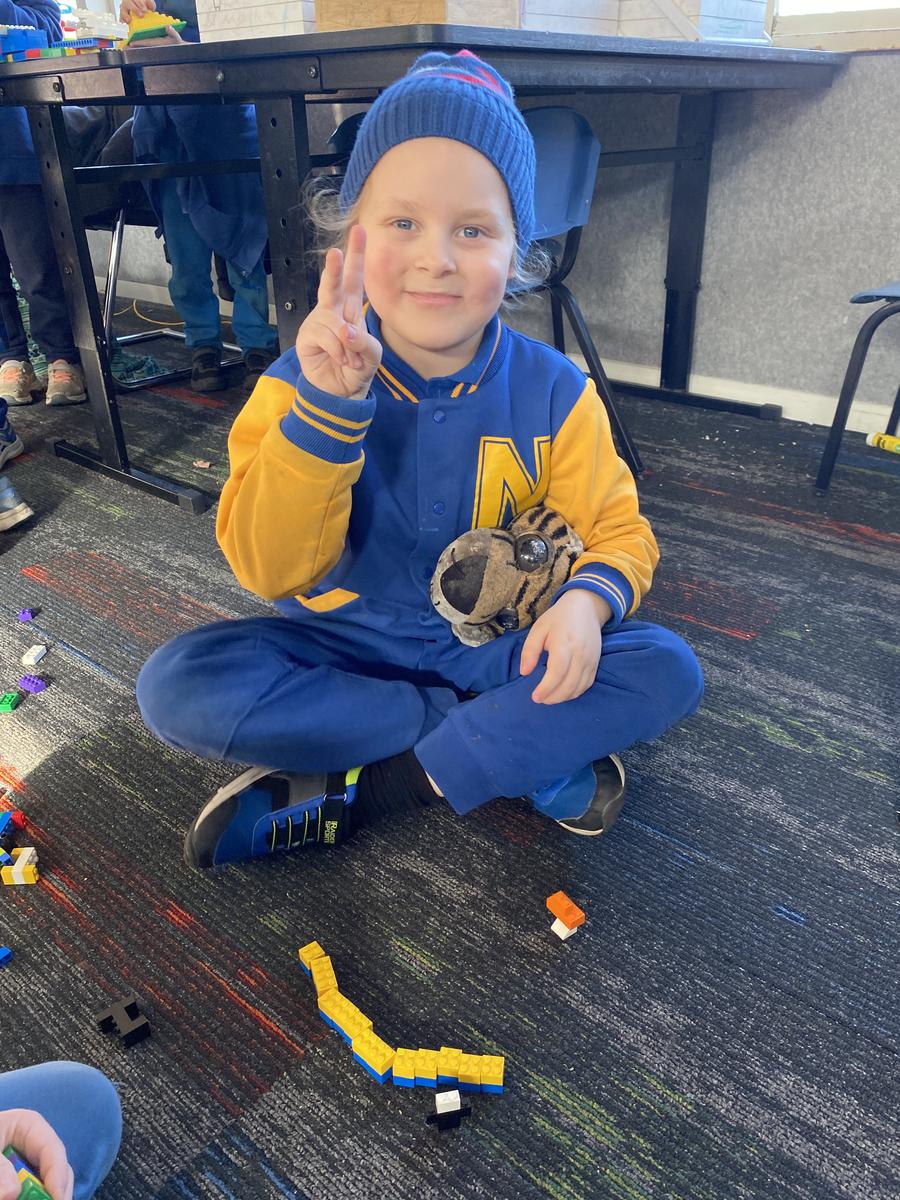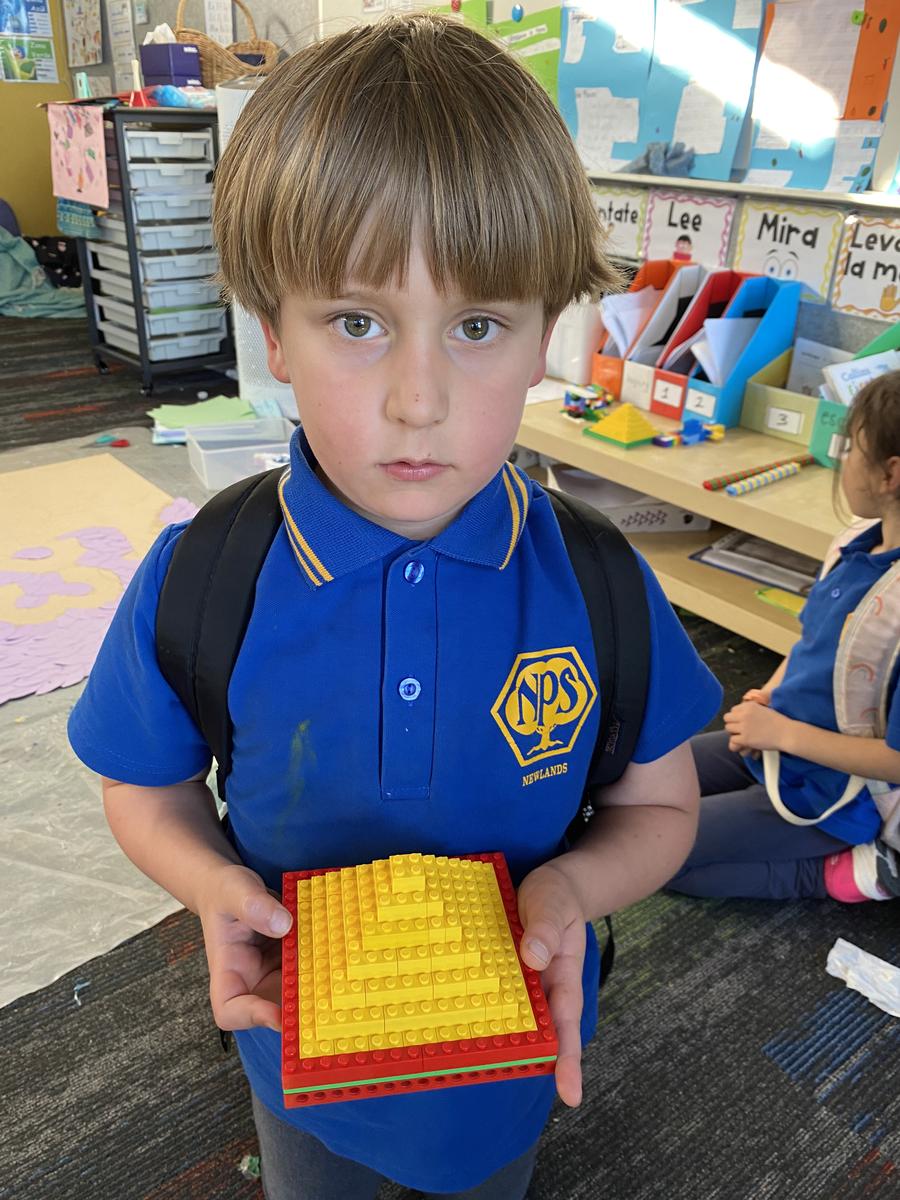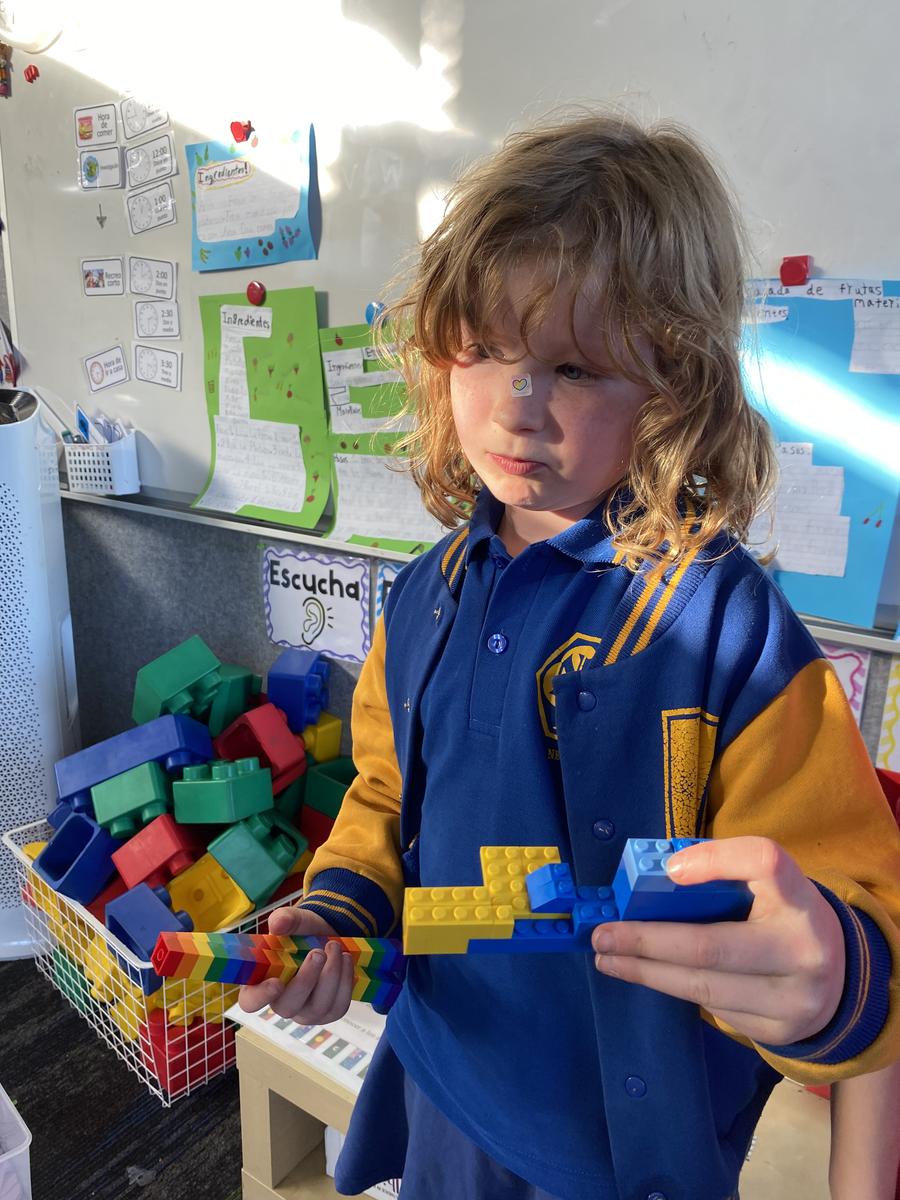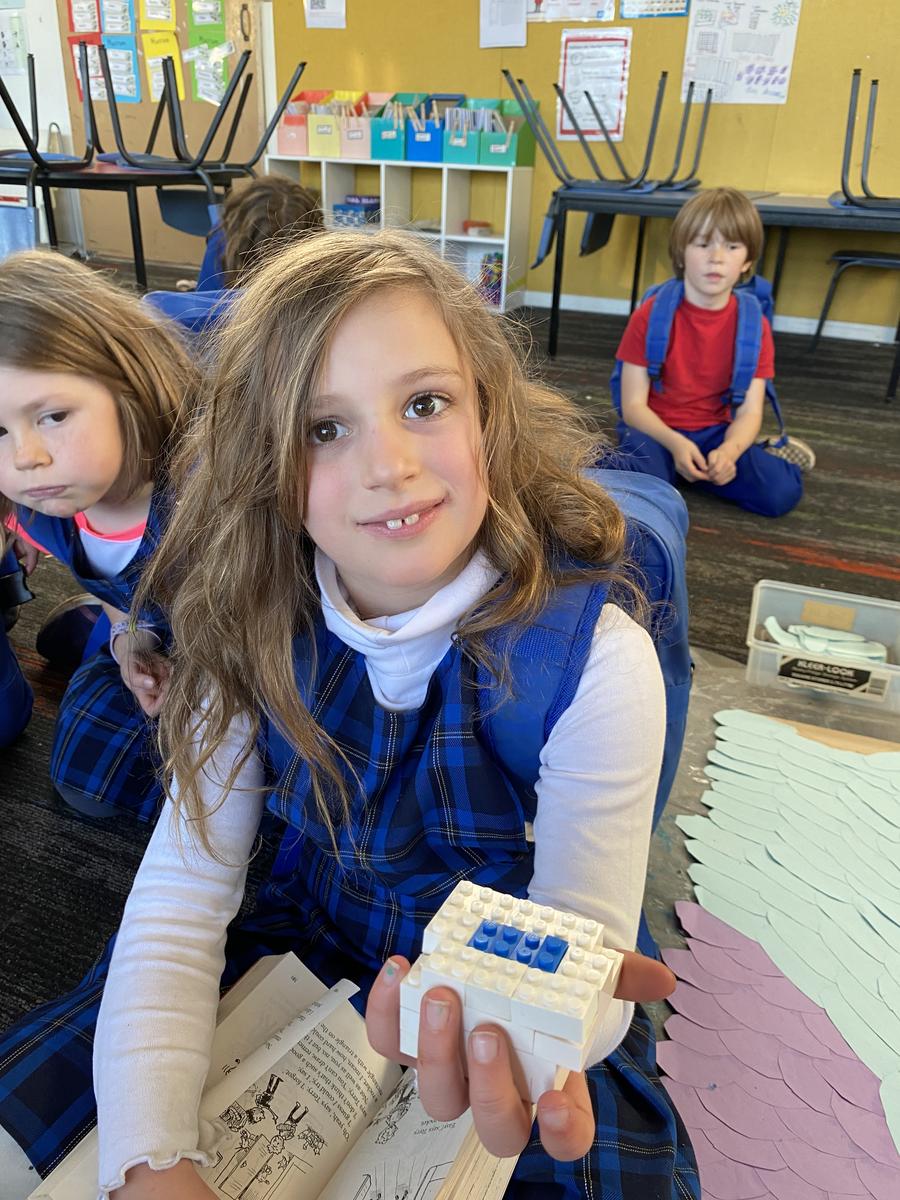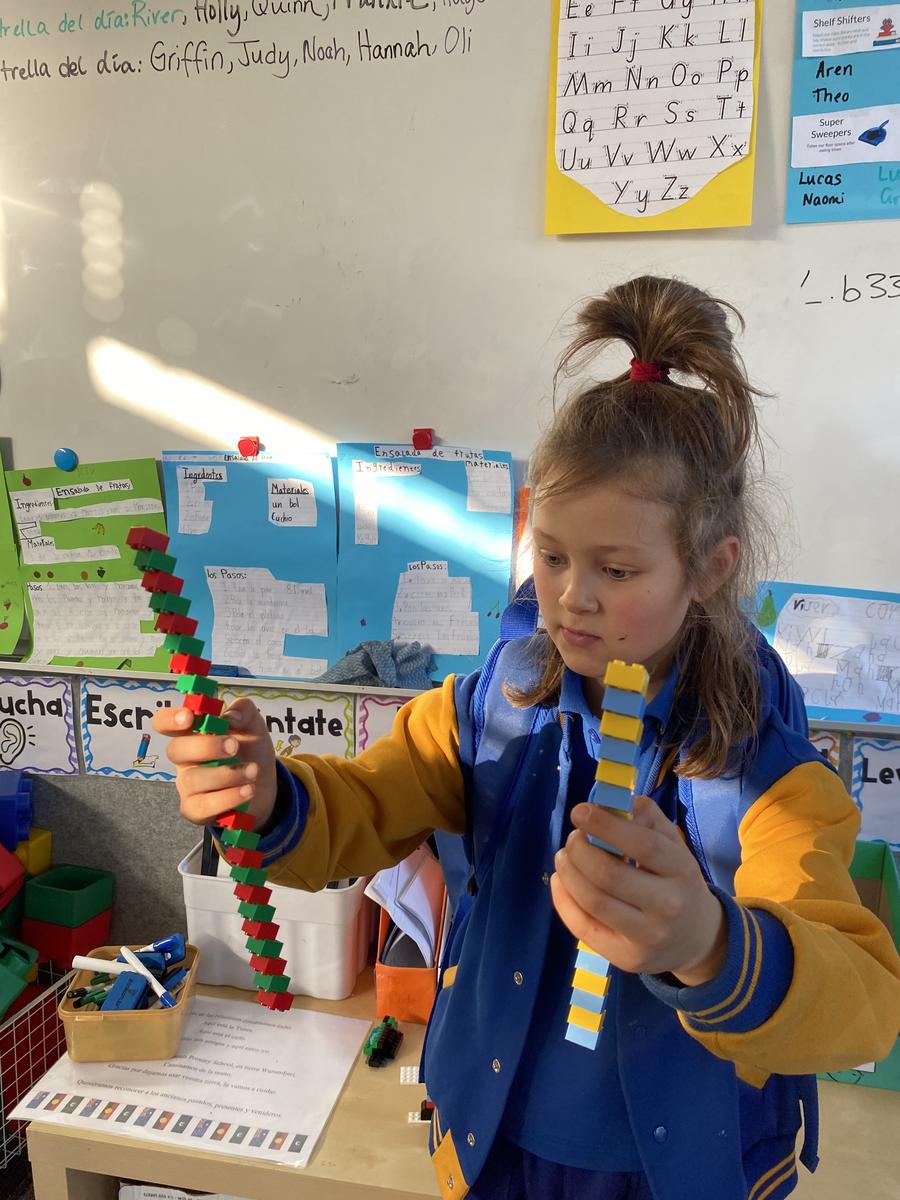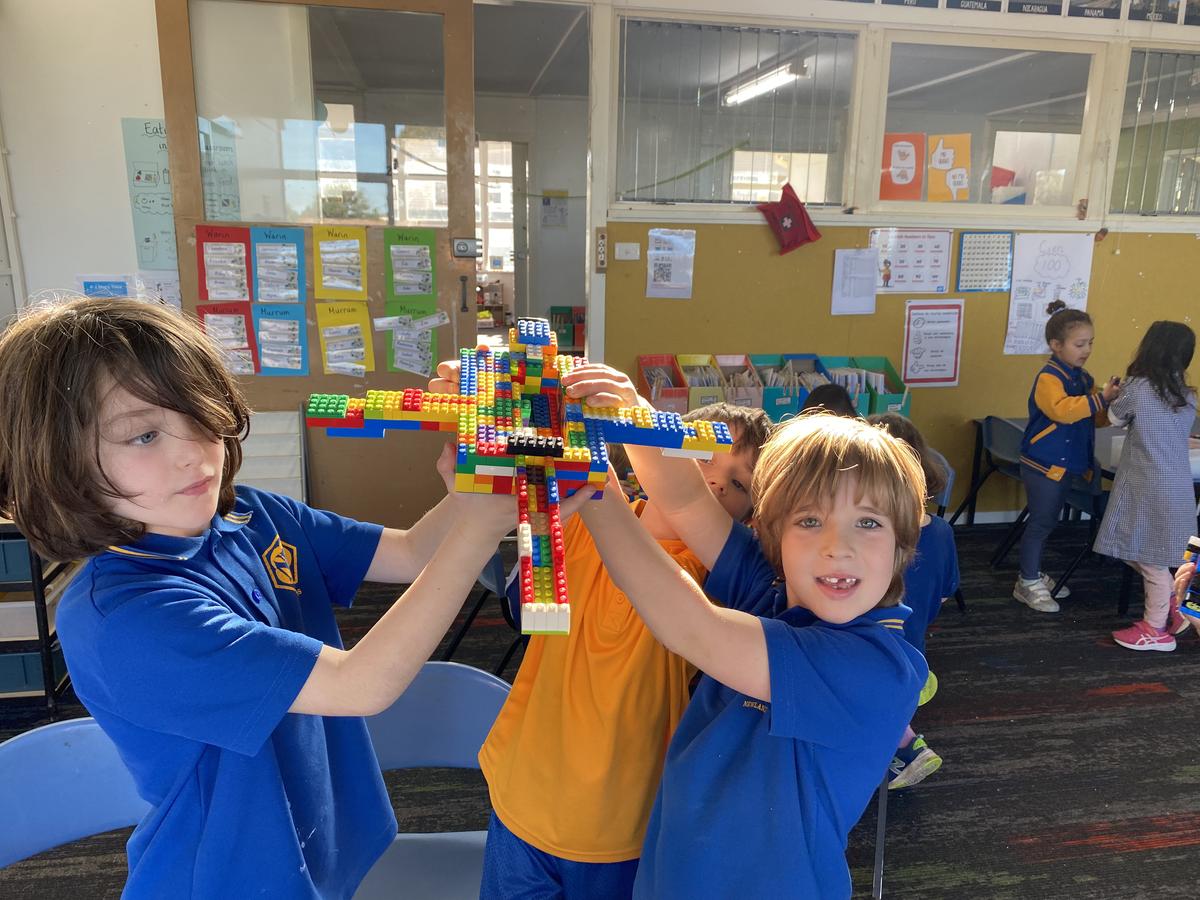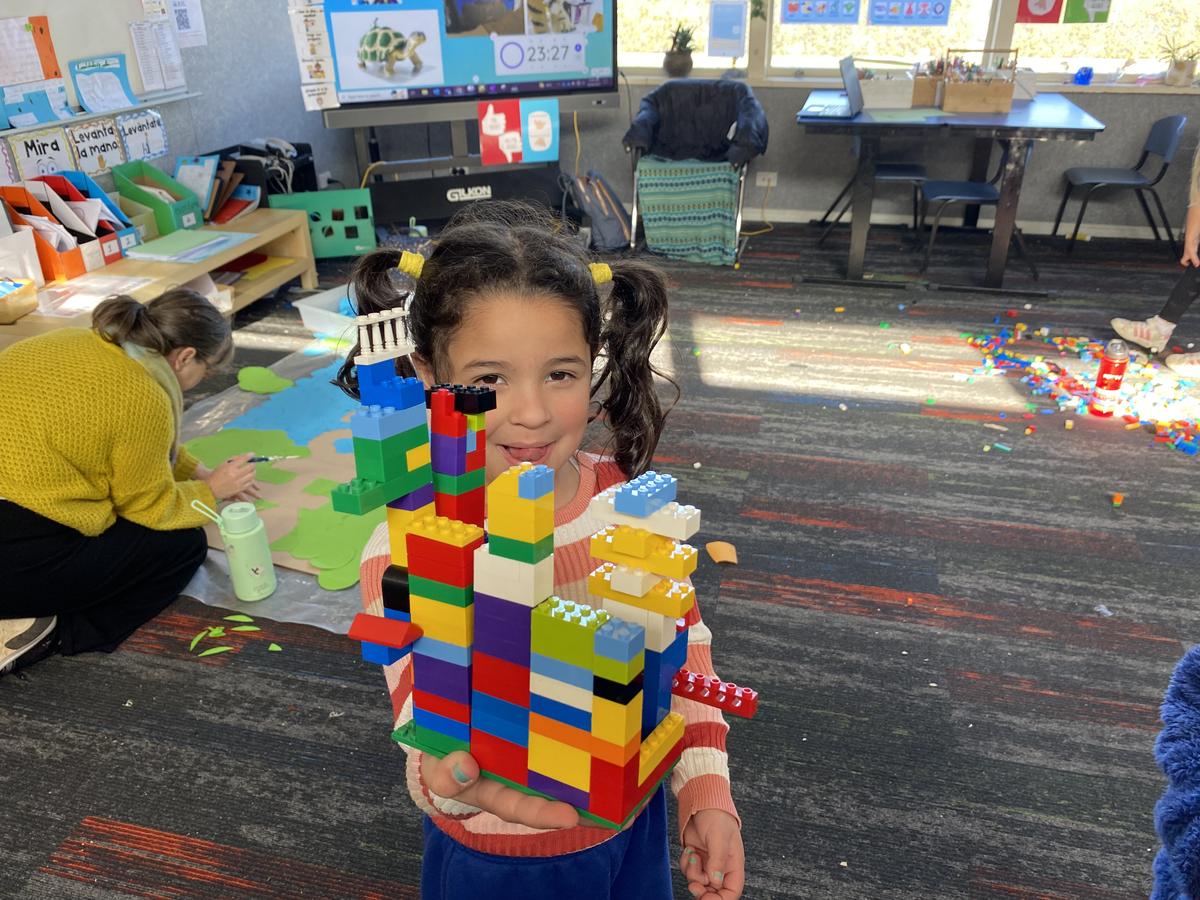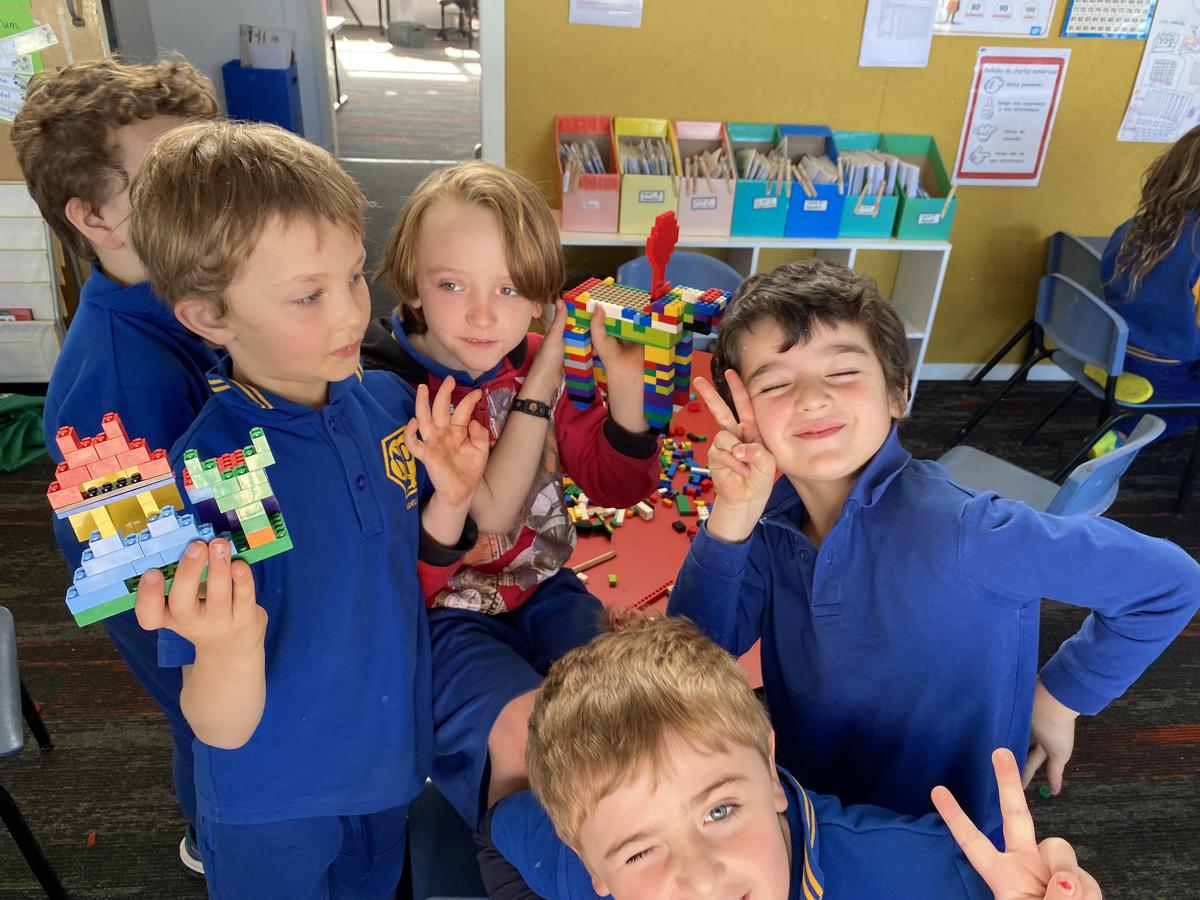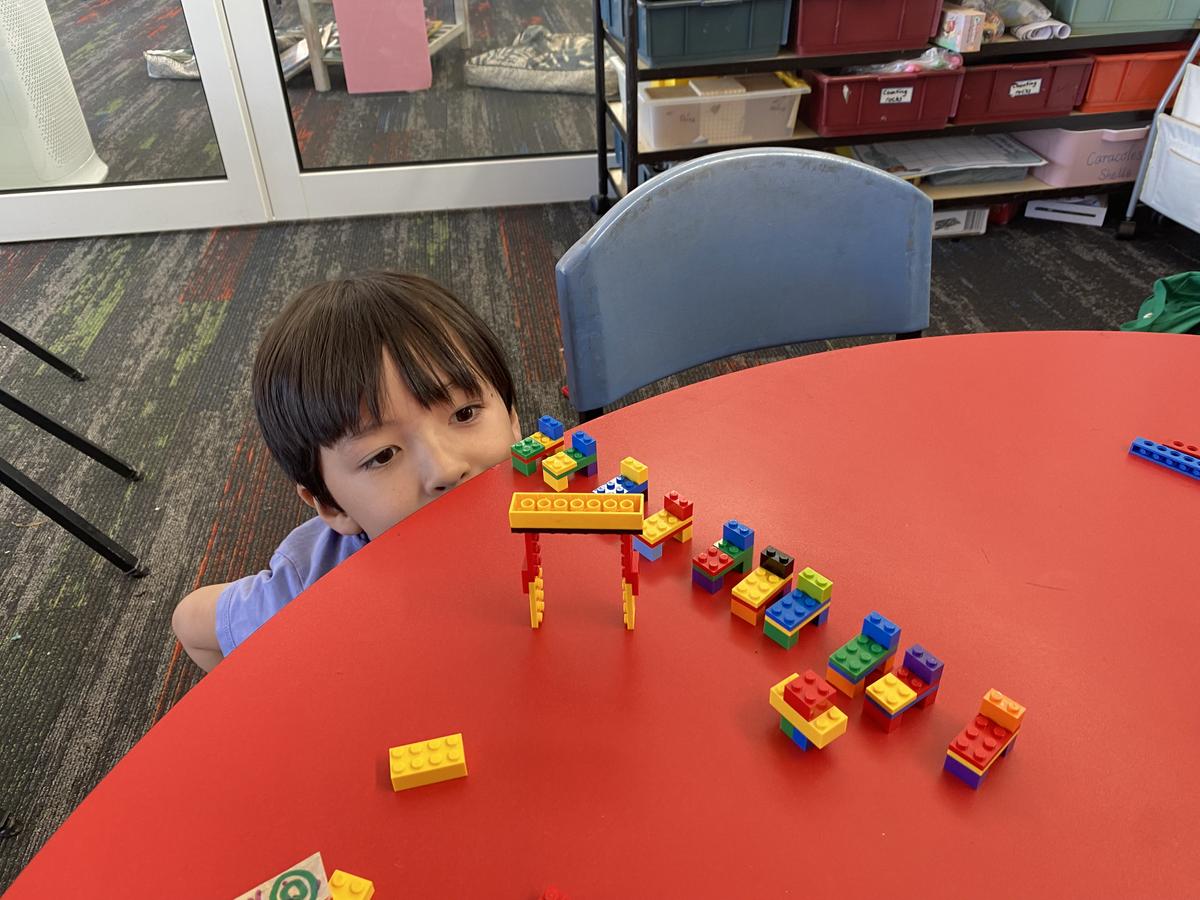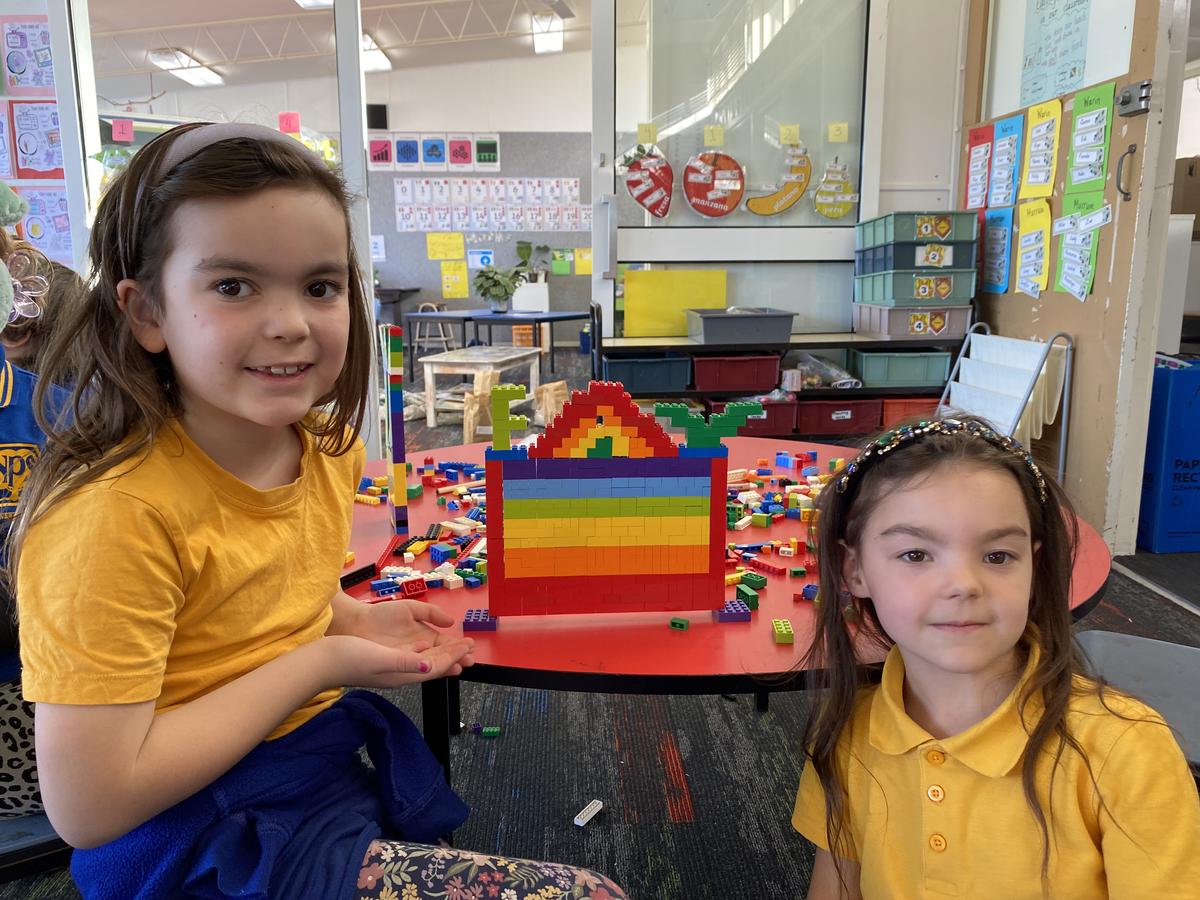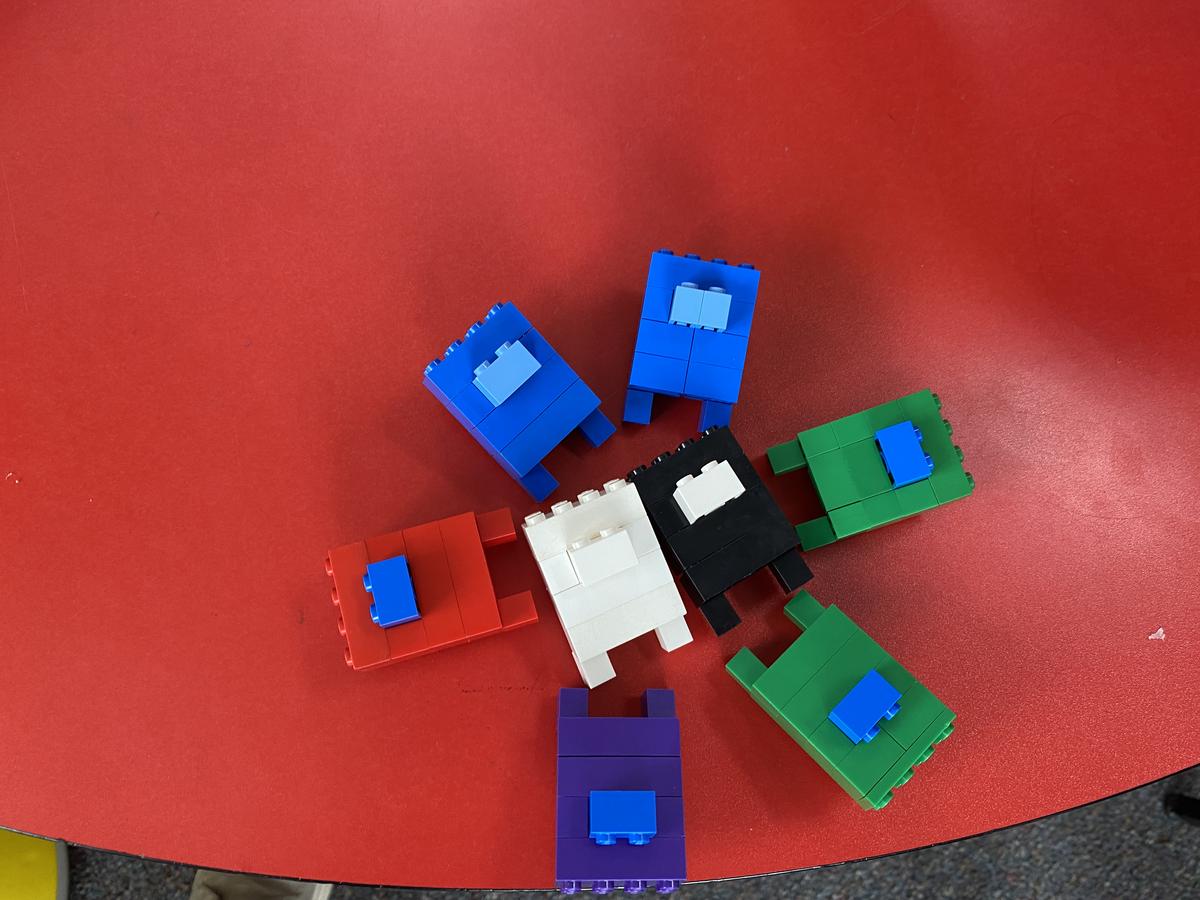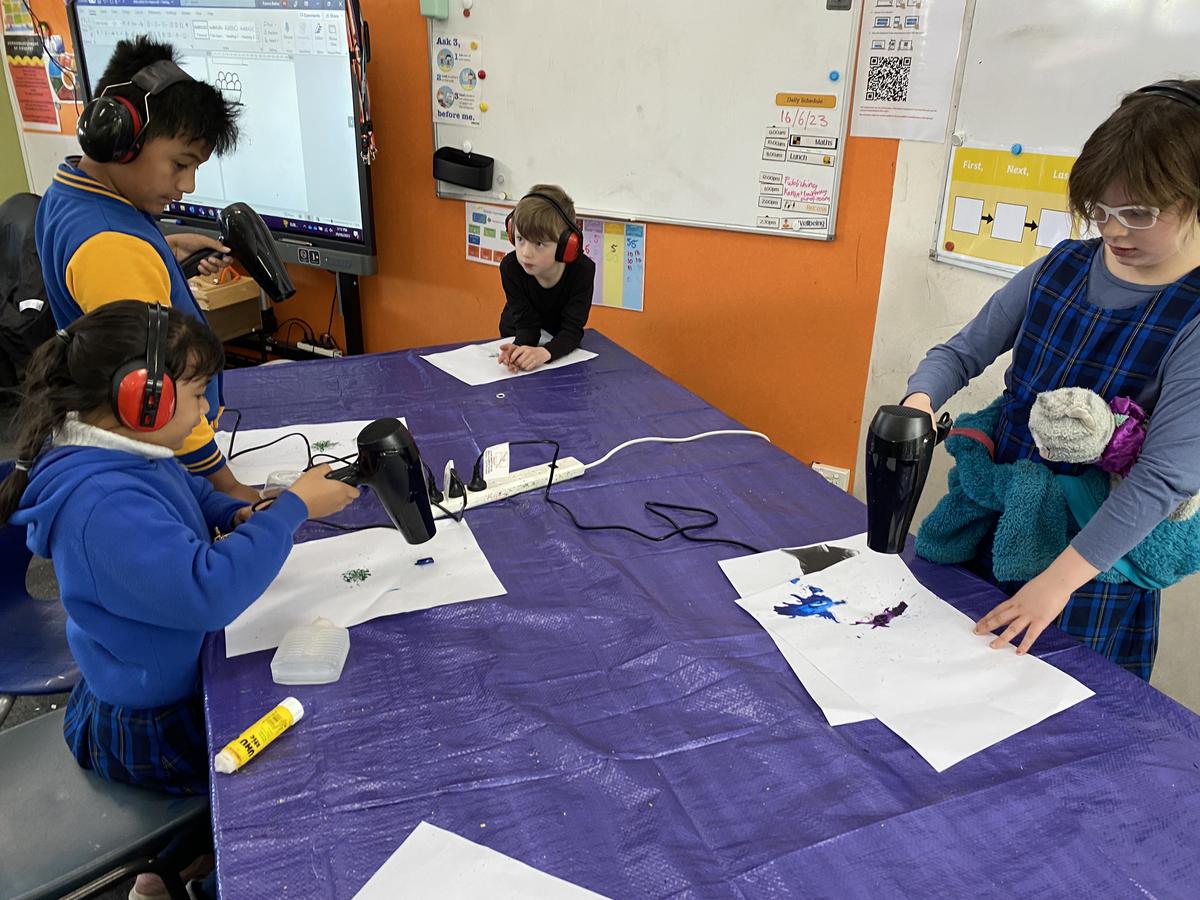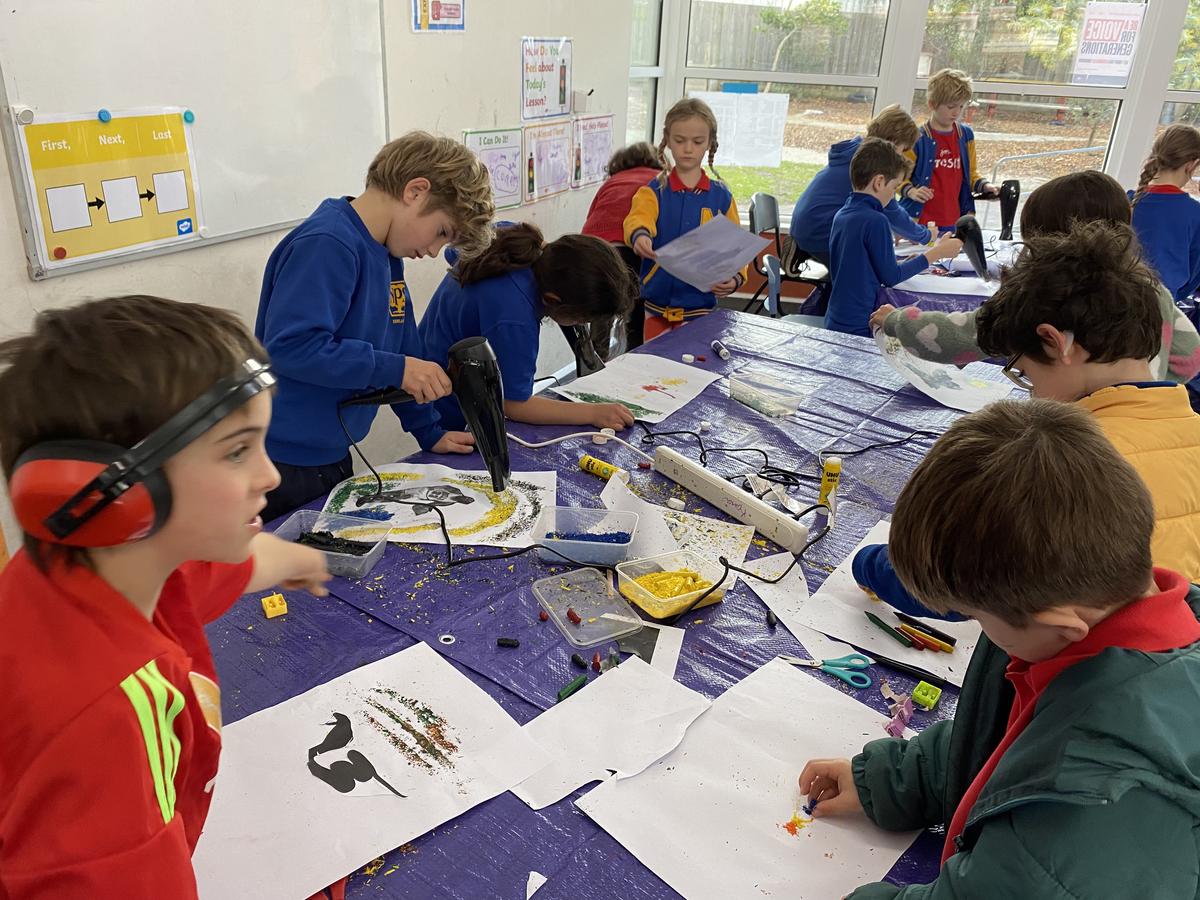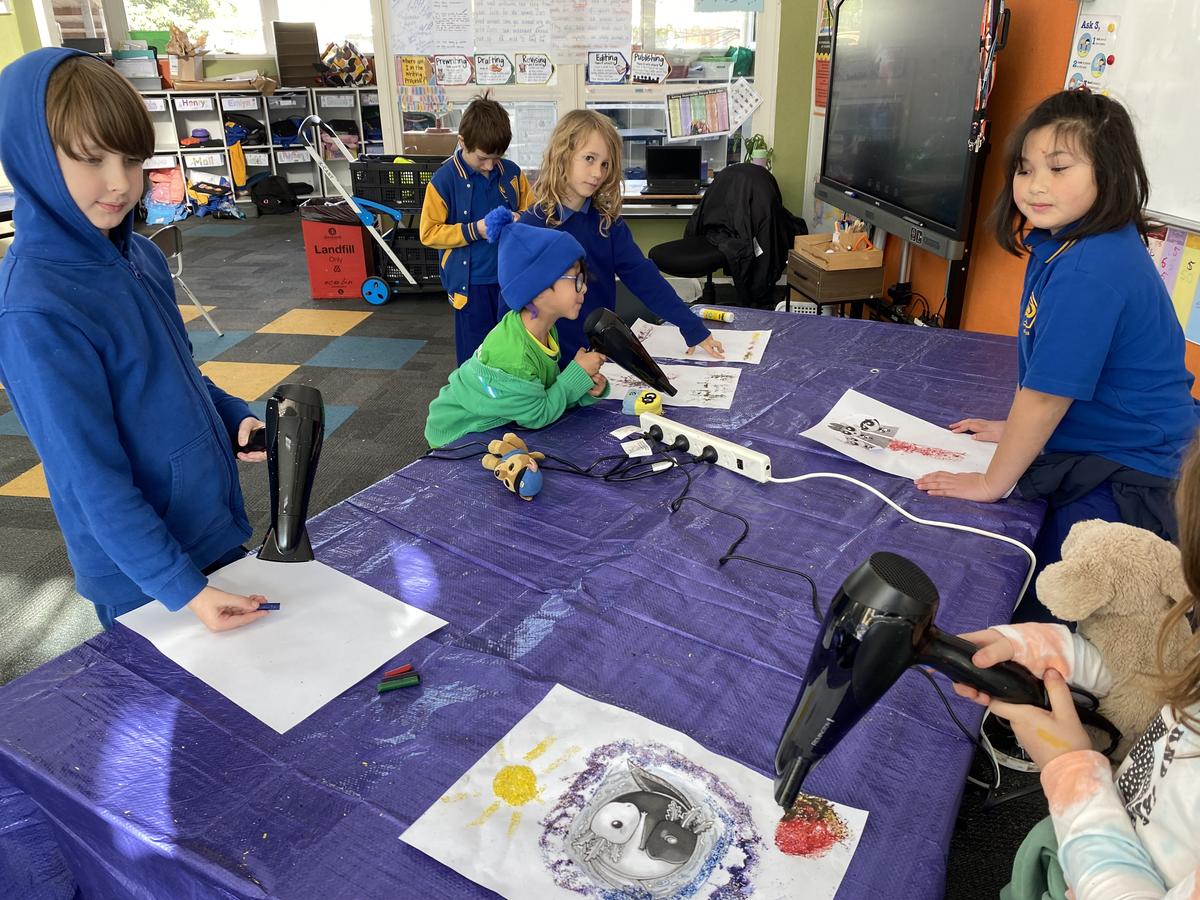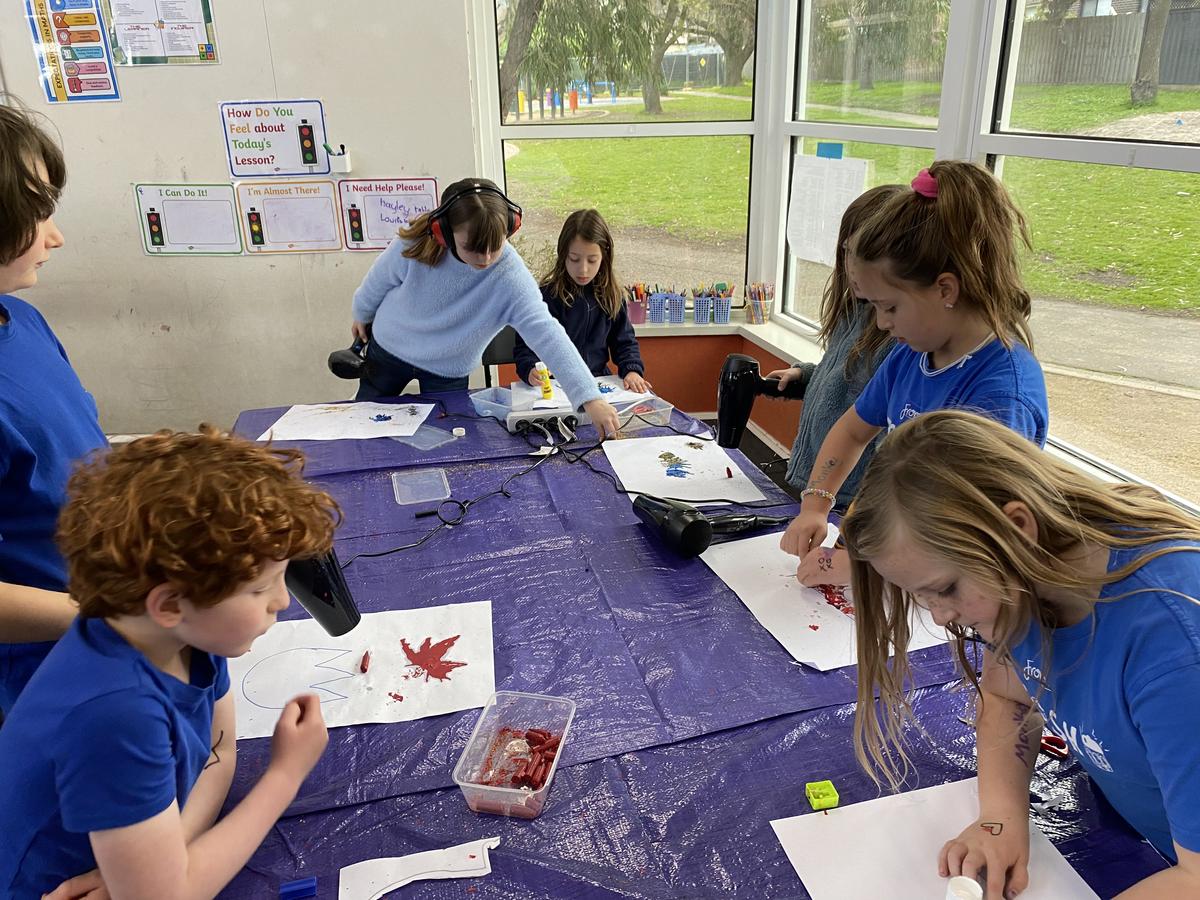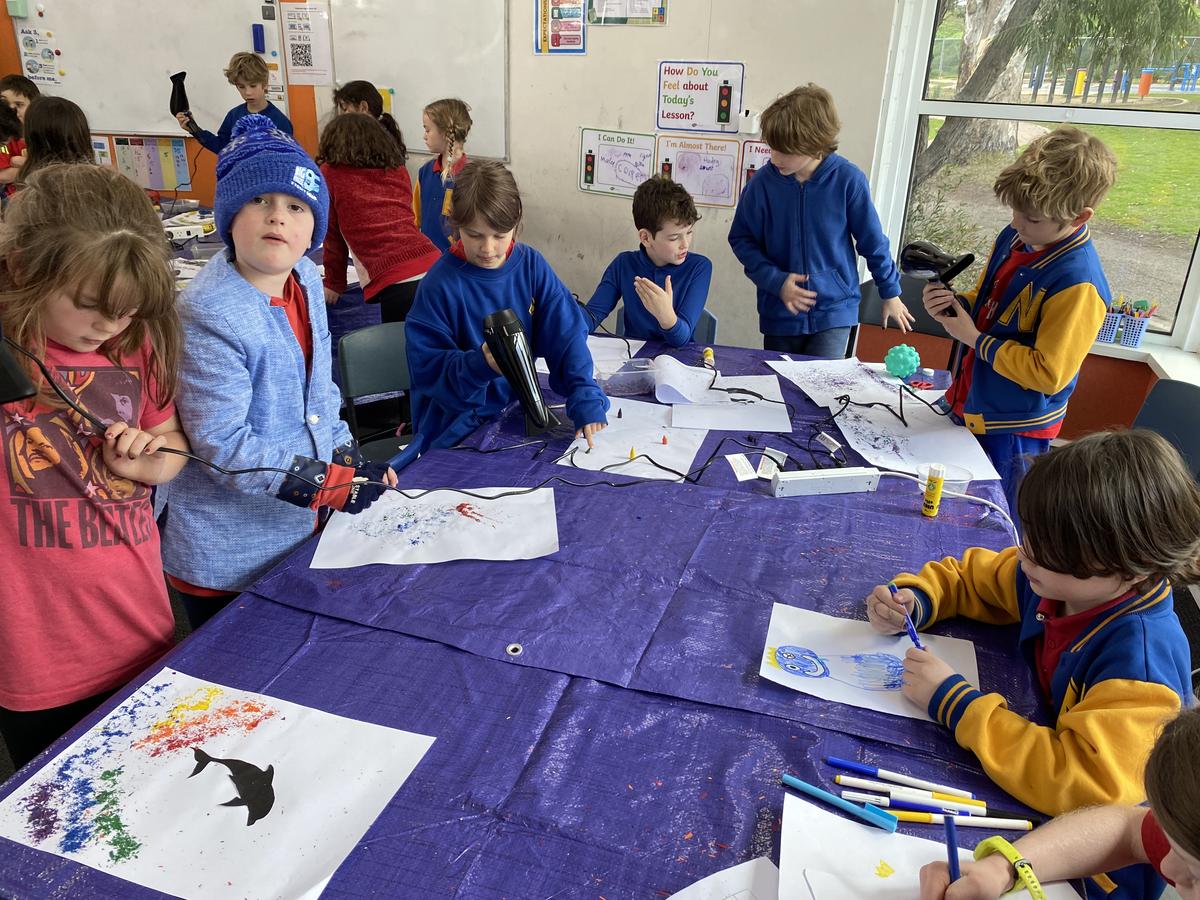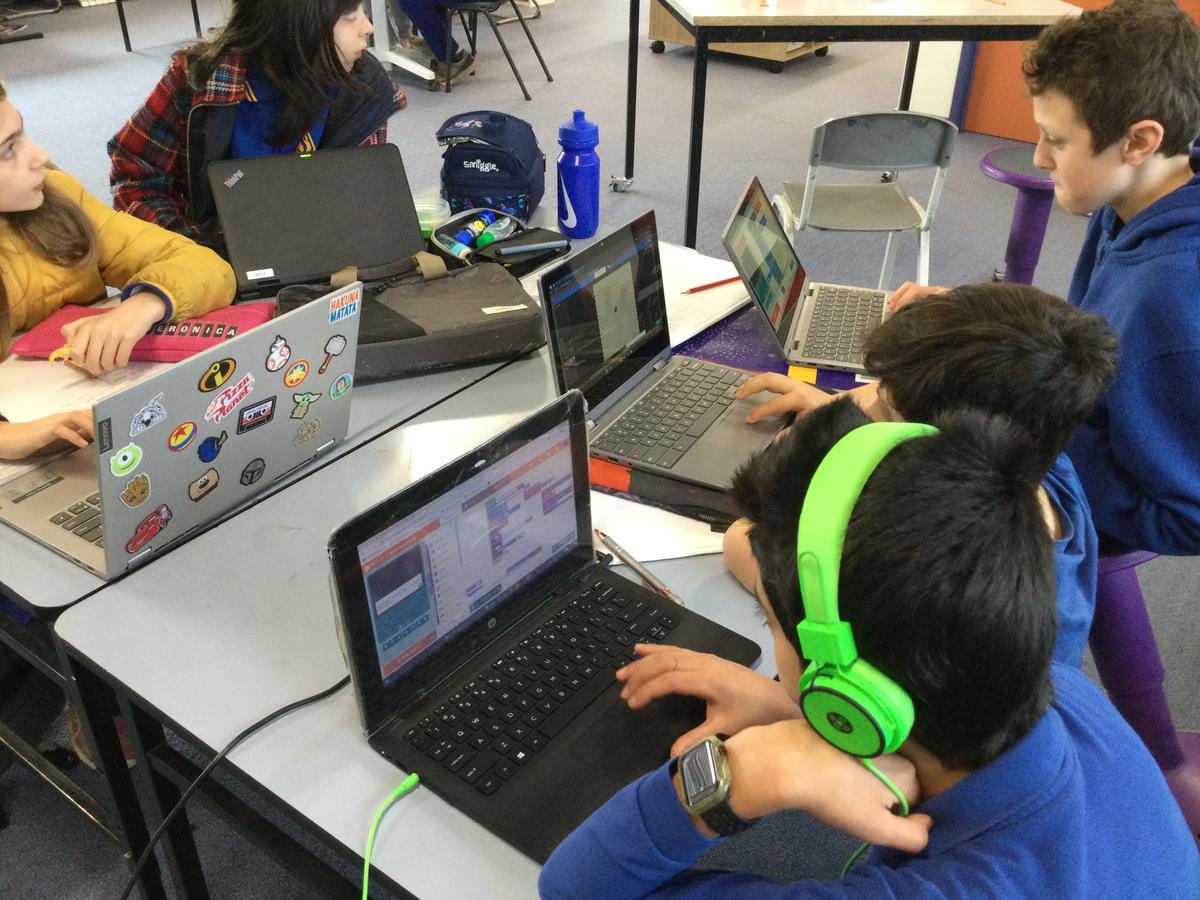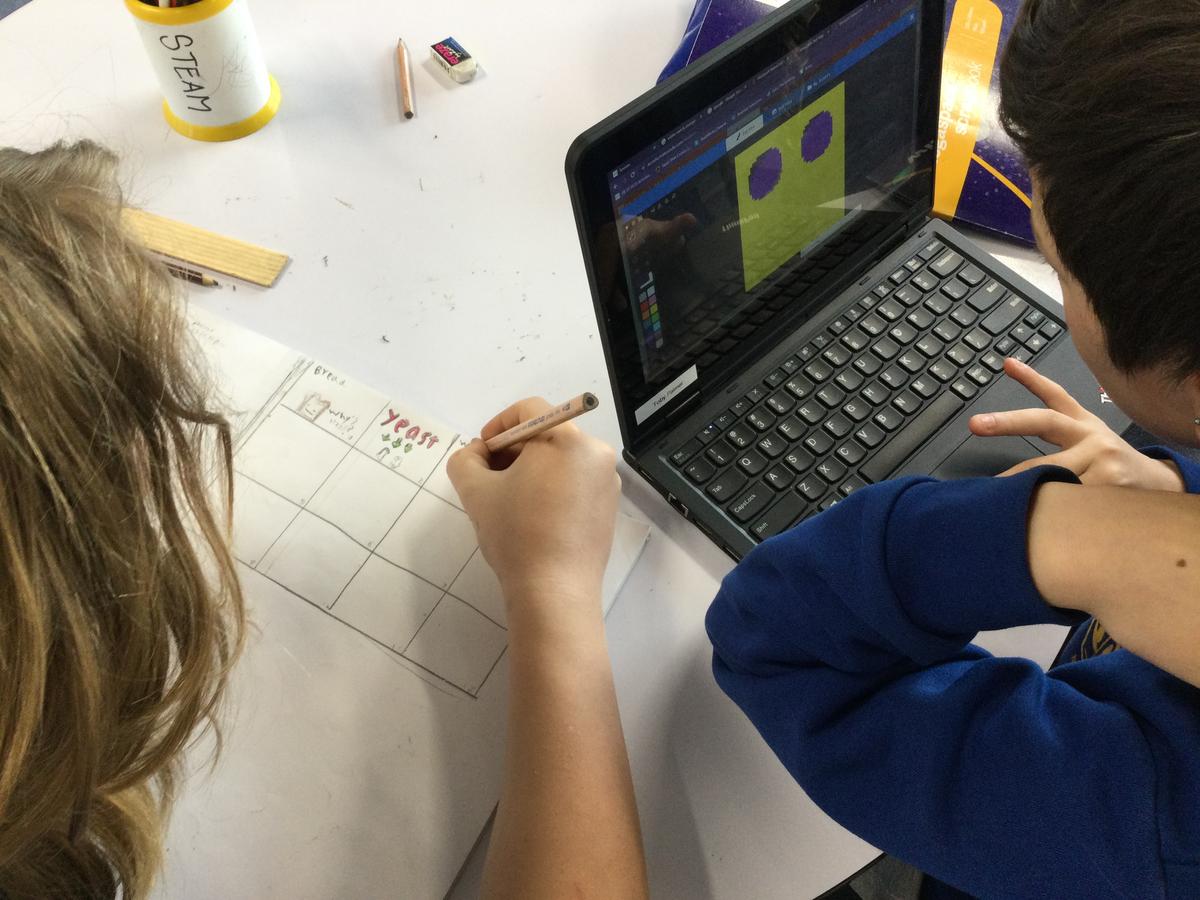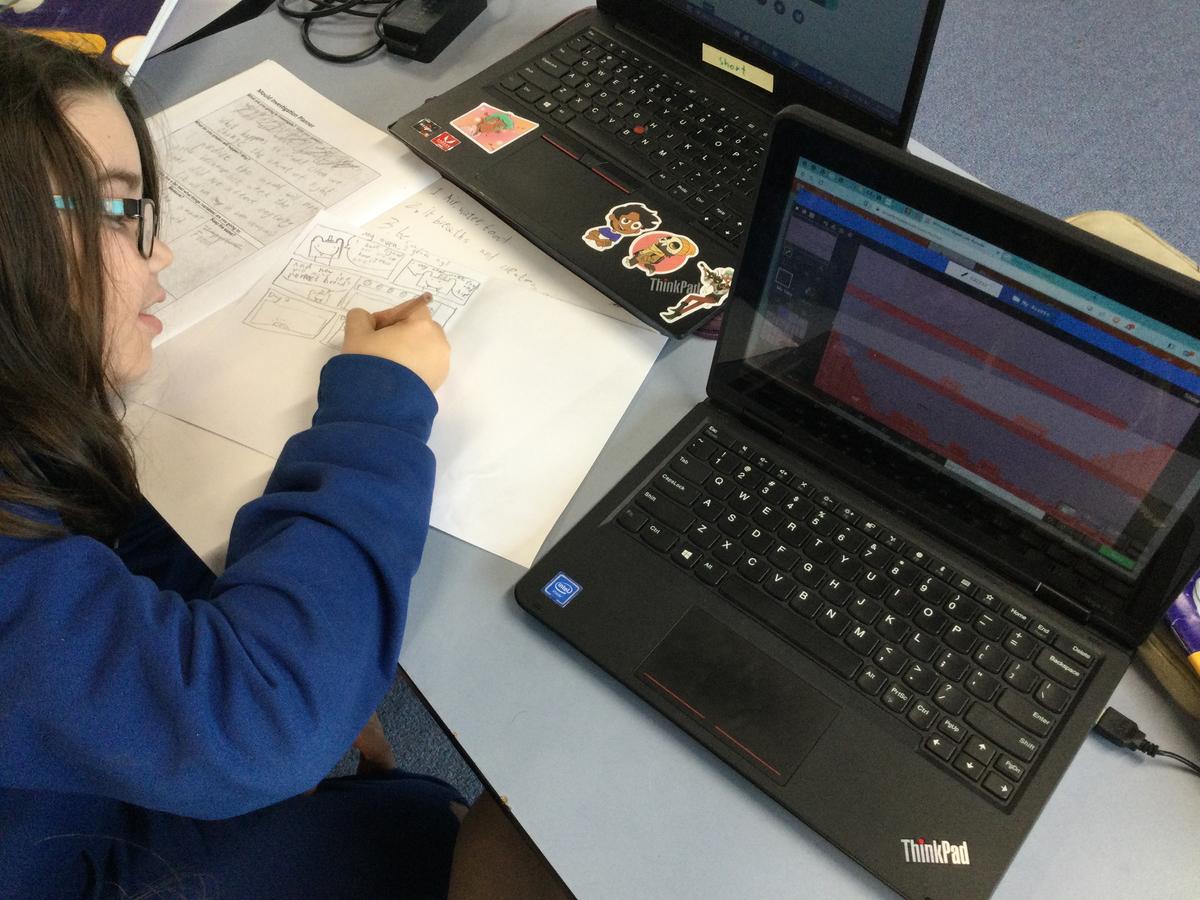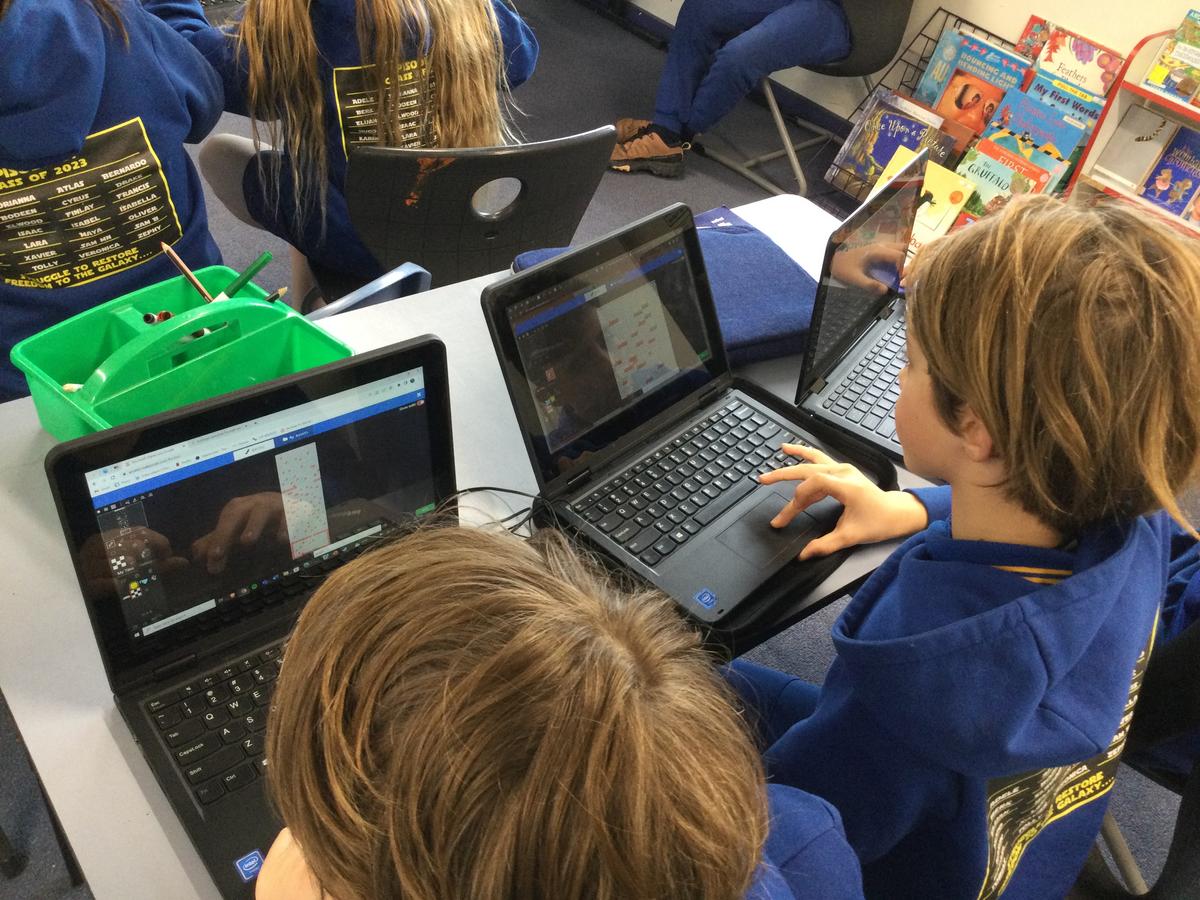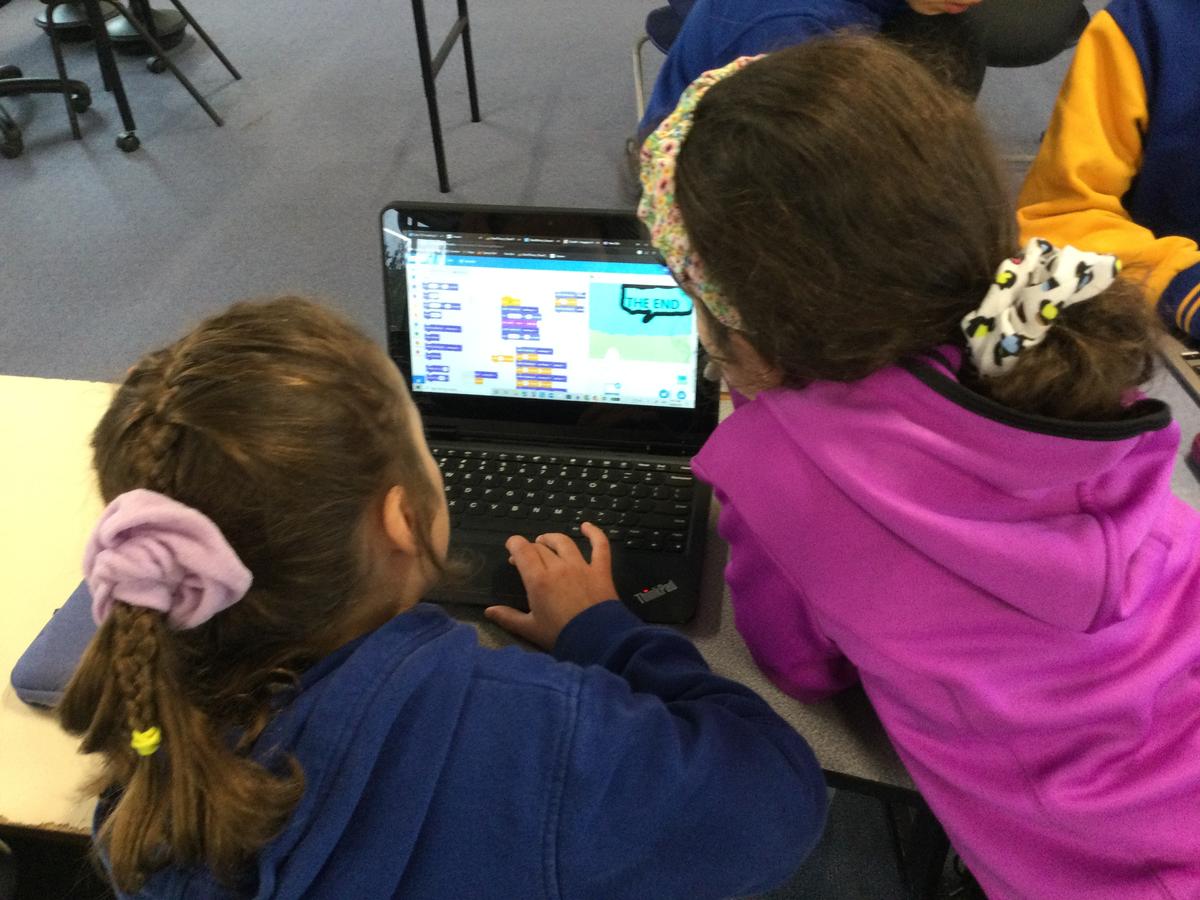STEAM
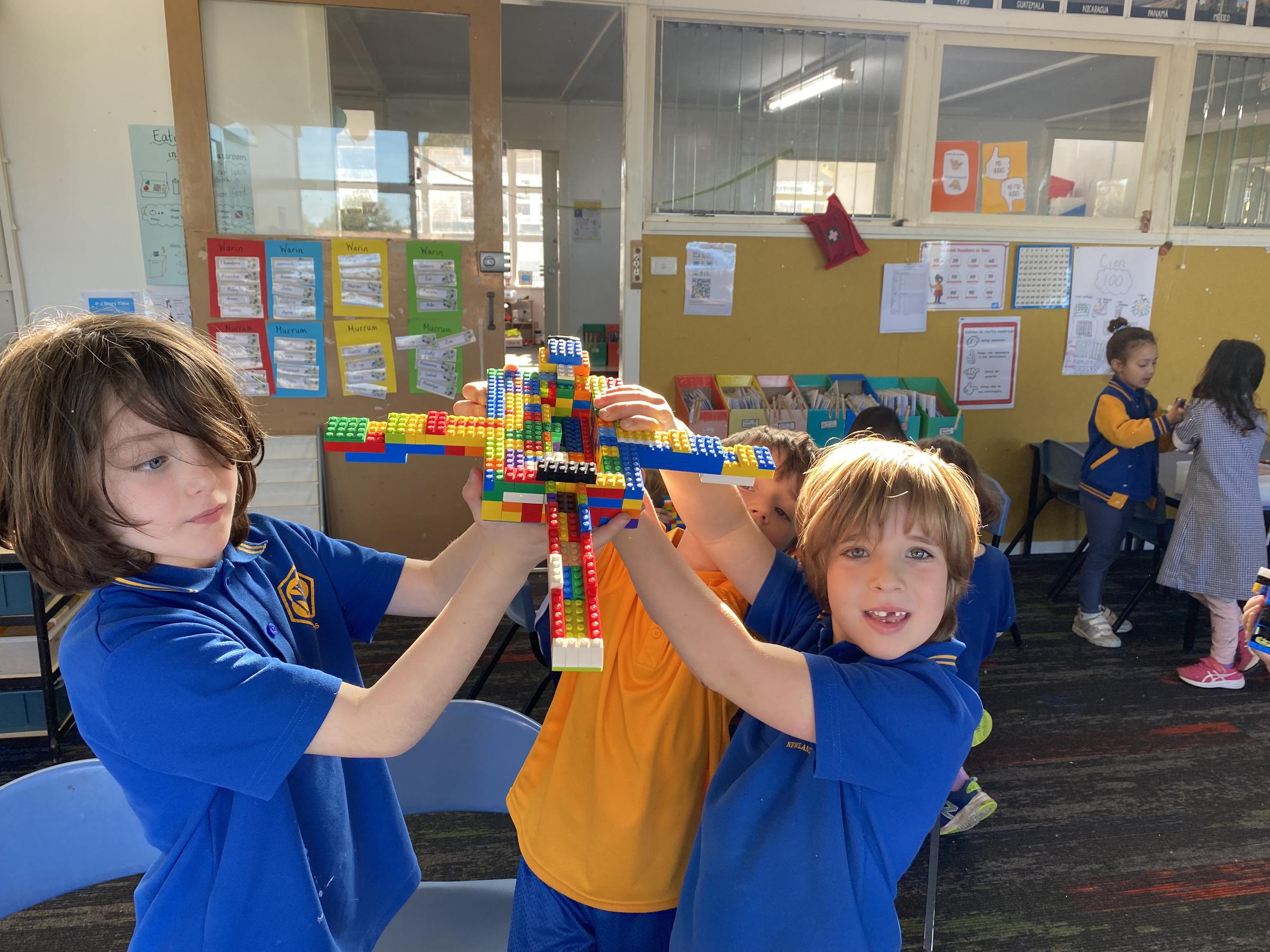
F/1
We have had a fun, creative time in STEAM this term, putting our scientific understandings to artistic use. Students applied what they learned about all the ways that paper could be changed, together with their knowledge of colours, patterns and lines to design a special collage. Their ideas have been collated and the students have been busy working collaboratively on a special art piece that they are thrilled to share with you all in our art show. Students also explored the idea of changing things by combing materials. With choice over their end product and whether they worked independently or collaboratively, students combined Lego pieces to create something new. Check out their marvellous creations below.
2/3
Despite the disbelief in the eyes of some of our 2/3 students, hair dryers can in fact melt crayons. Together, the class set up a scientific experiment to answer the question "What happens to the time it takes to melt a crayon when we change the size of it's pieces." Students have really developed their skills in identifying variables that can impact the results of a test. For this experiment, they did a great job of keeping all variables the same, from the colour and type of the crayon to the hair dryer and it's settings. The one and only variable that was changed was the size of the pieces. We discovered that the smaller pieces melt quicker. This then helped students to experiment in a more free way to test out different ways they can melt crayons for their art work. We will continue this project next term and look forward to seeing the final product.
4/5/6
We have come to the end of our biology unit looking at the different living conditions of living organisms. Students used what they had learned from guided experiments about yeast to create their own experiment to investigate mould. Collaboratively, they decided what living conditions they would investigate including temperature, light and water levels. Students also decided how to test these conditions by putting some food samples in the fridge and others near a heater or some on the window sill and others in the cupboard. We found that similar to yeast, mould survives in warm environments. Students were then given the chance to demonstrate their understanding in a way they felt most comfortable with them. This resulted in a few songs about bread and the survival of yeast, comics following the capers of Agent Yeast, presentations, skits and games. Below you can find a link to a games coded by one of our students. You can play to help yeast find warmth, water and food to help it survive.
Hugo's "What yeast needs to survive" game - https://arcade.makecode.com/S60963-07752-25106-55962

